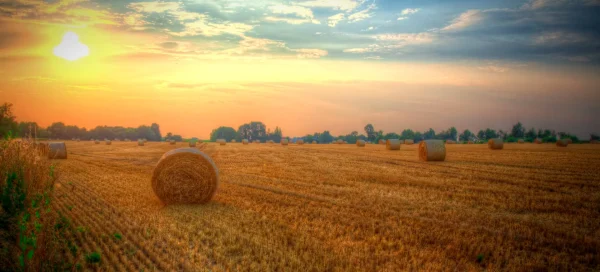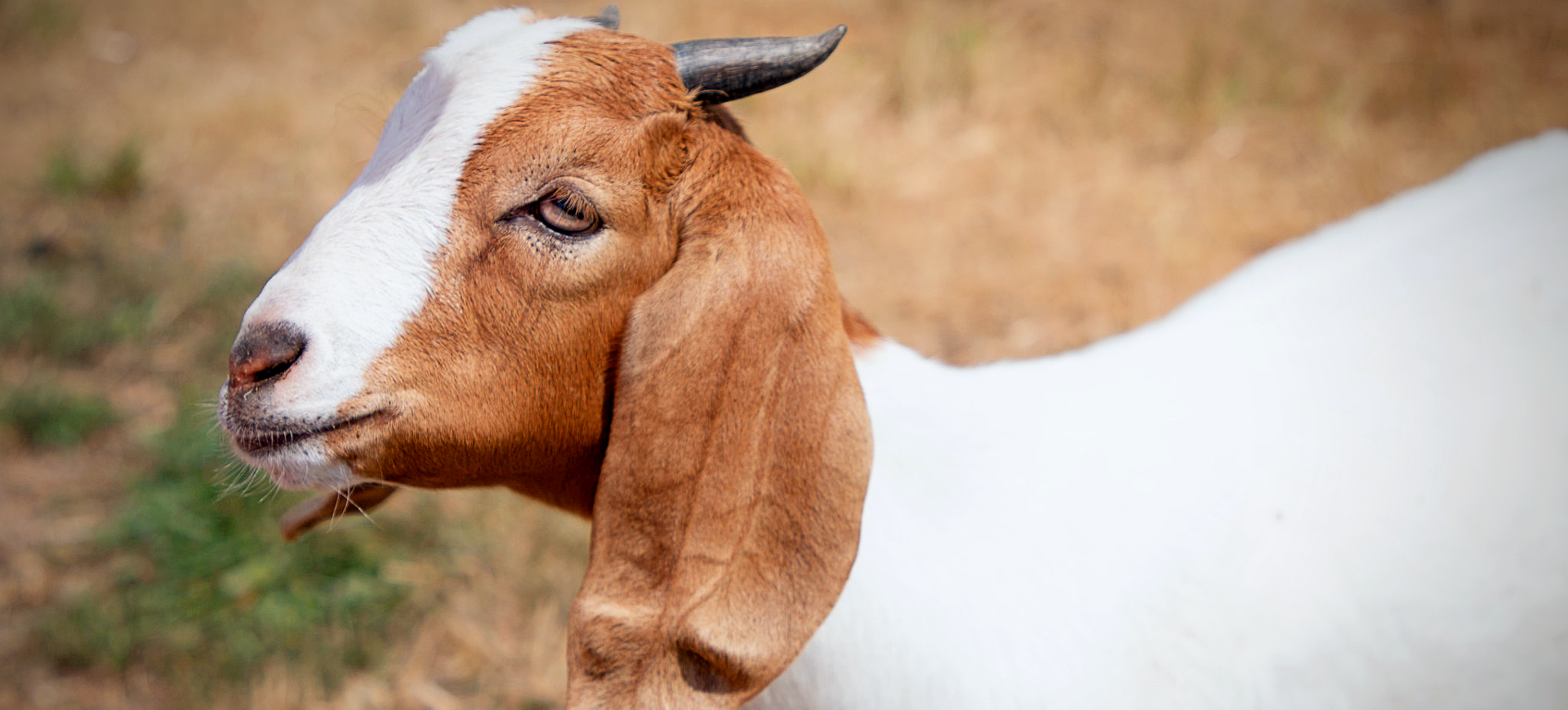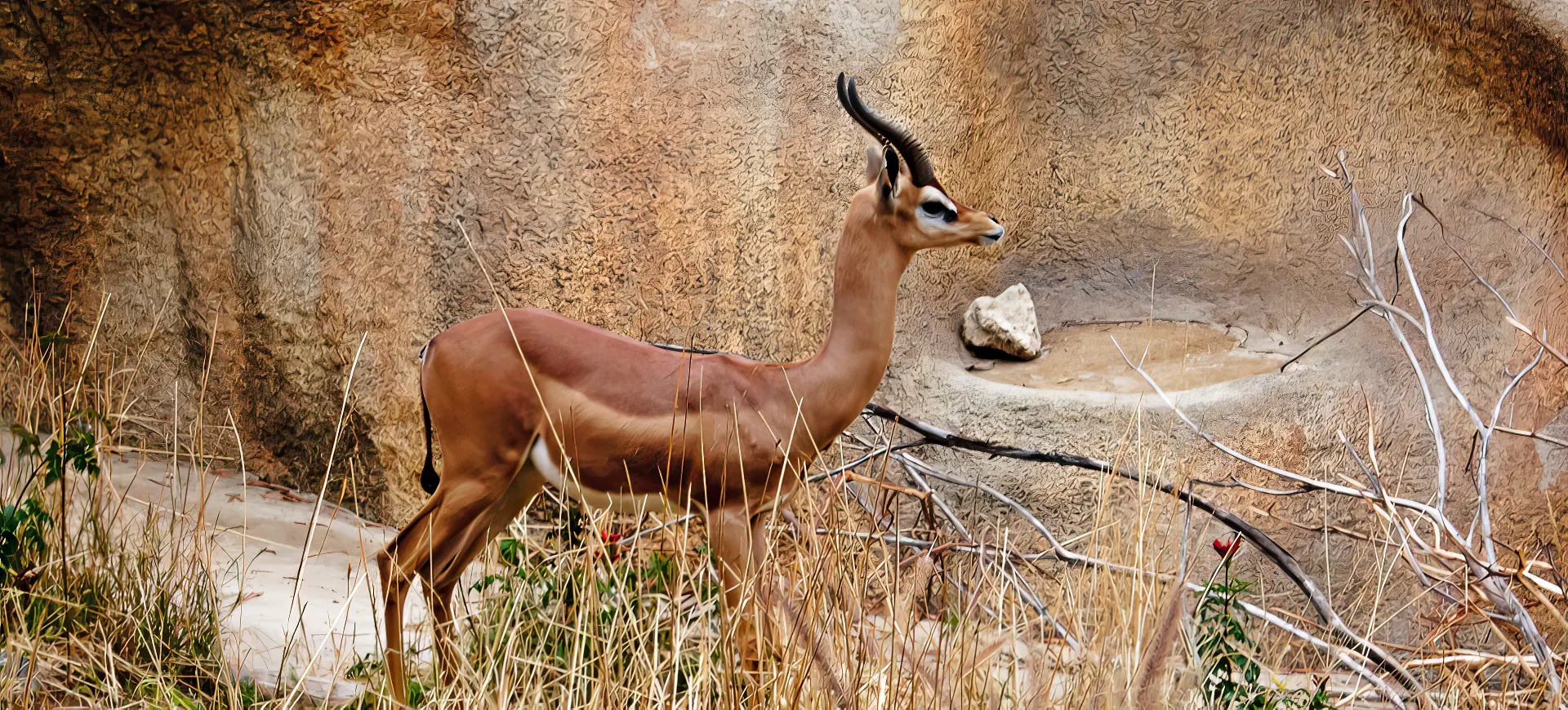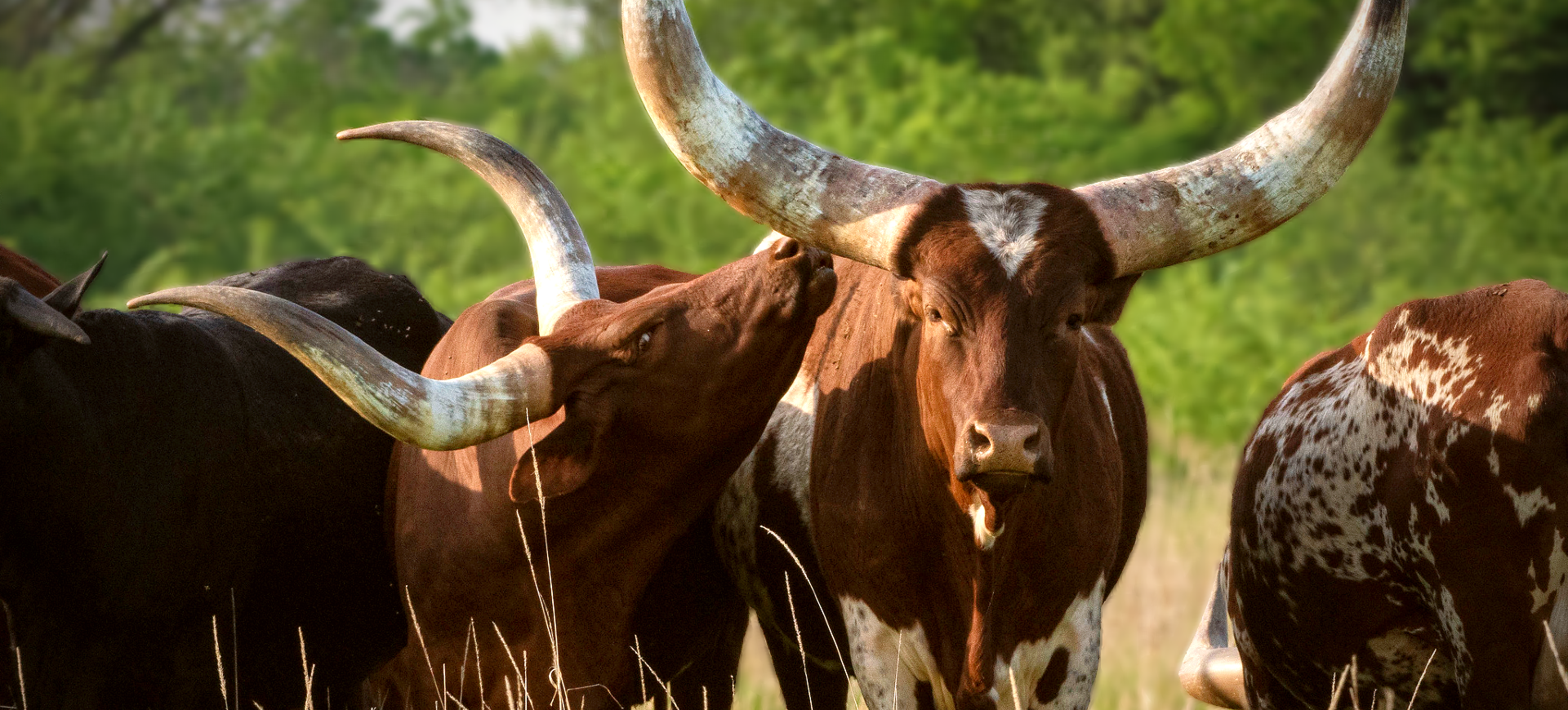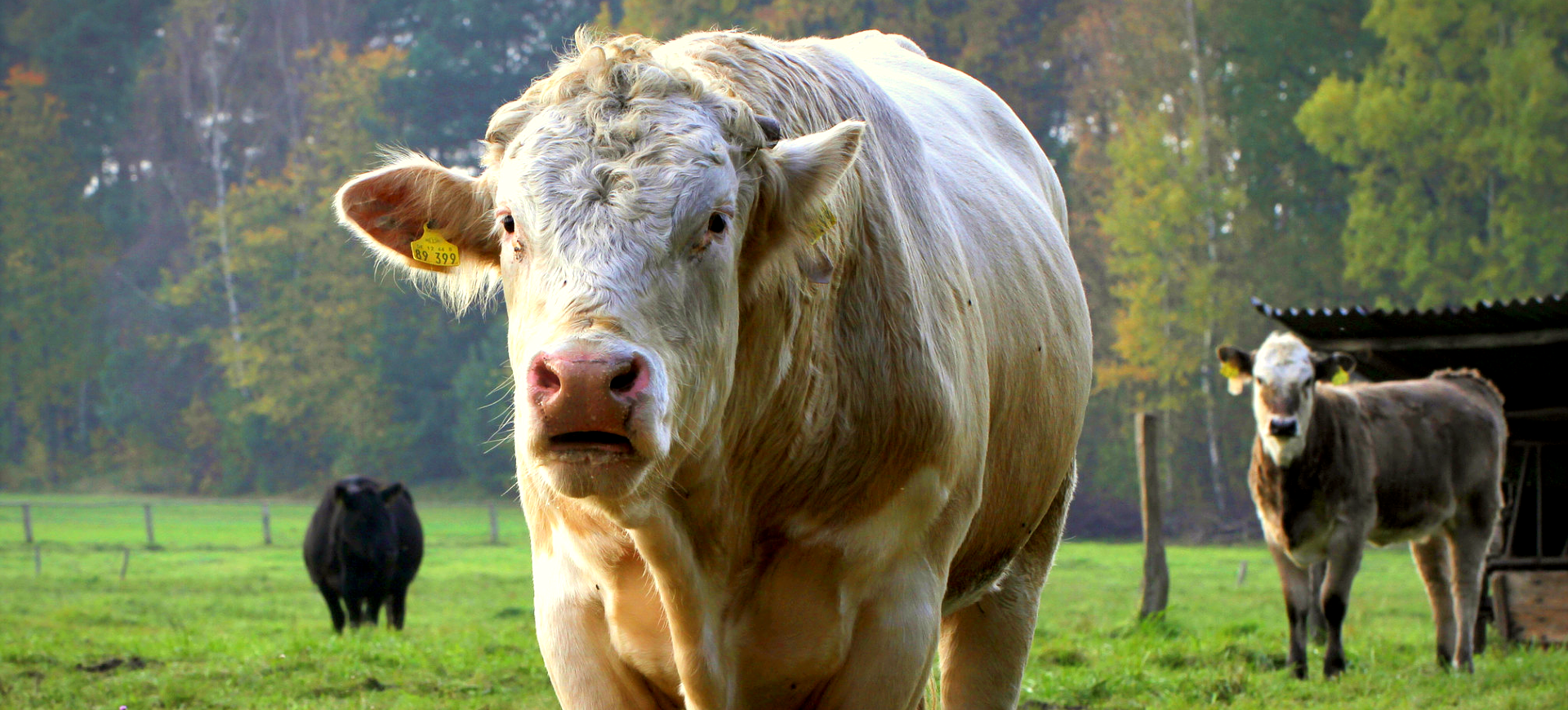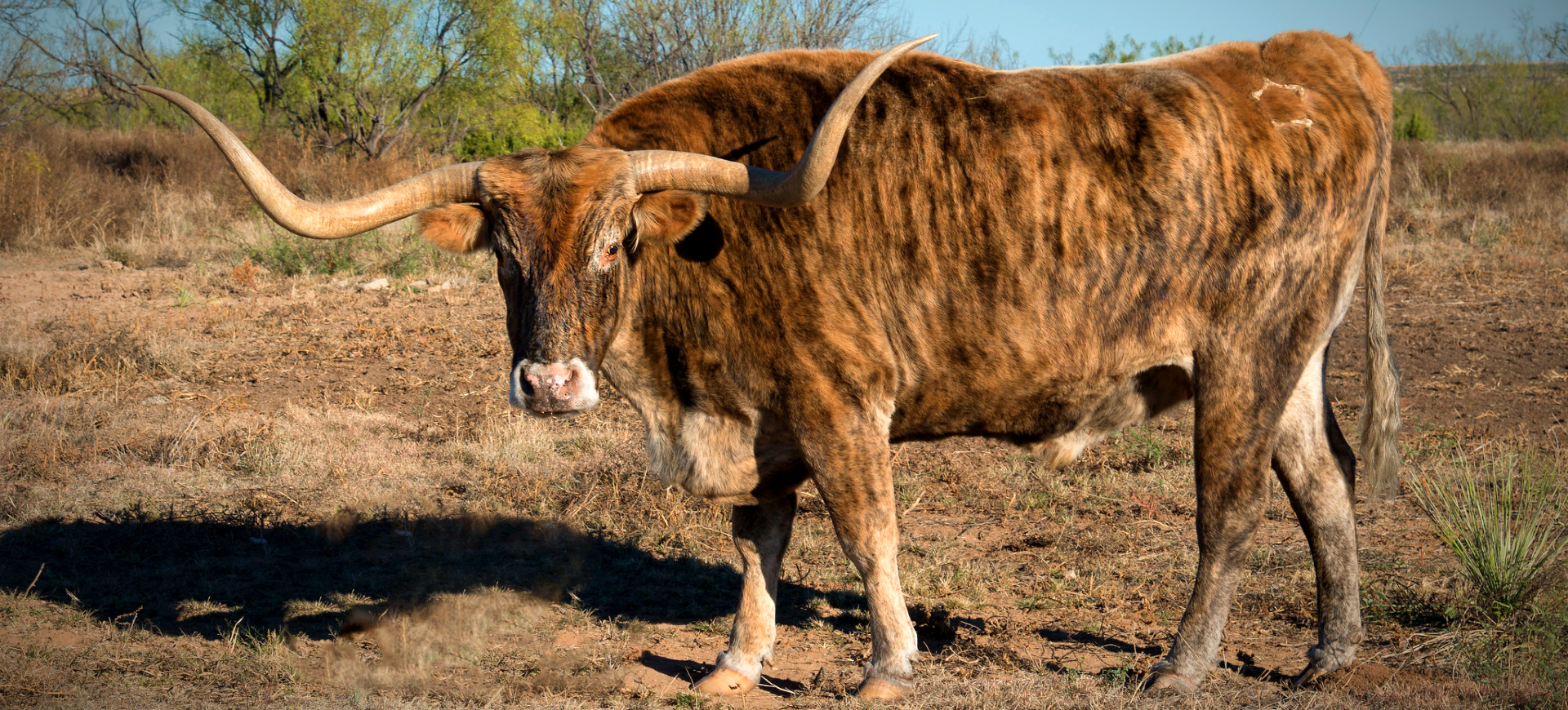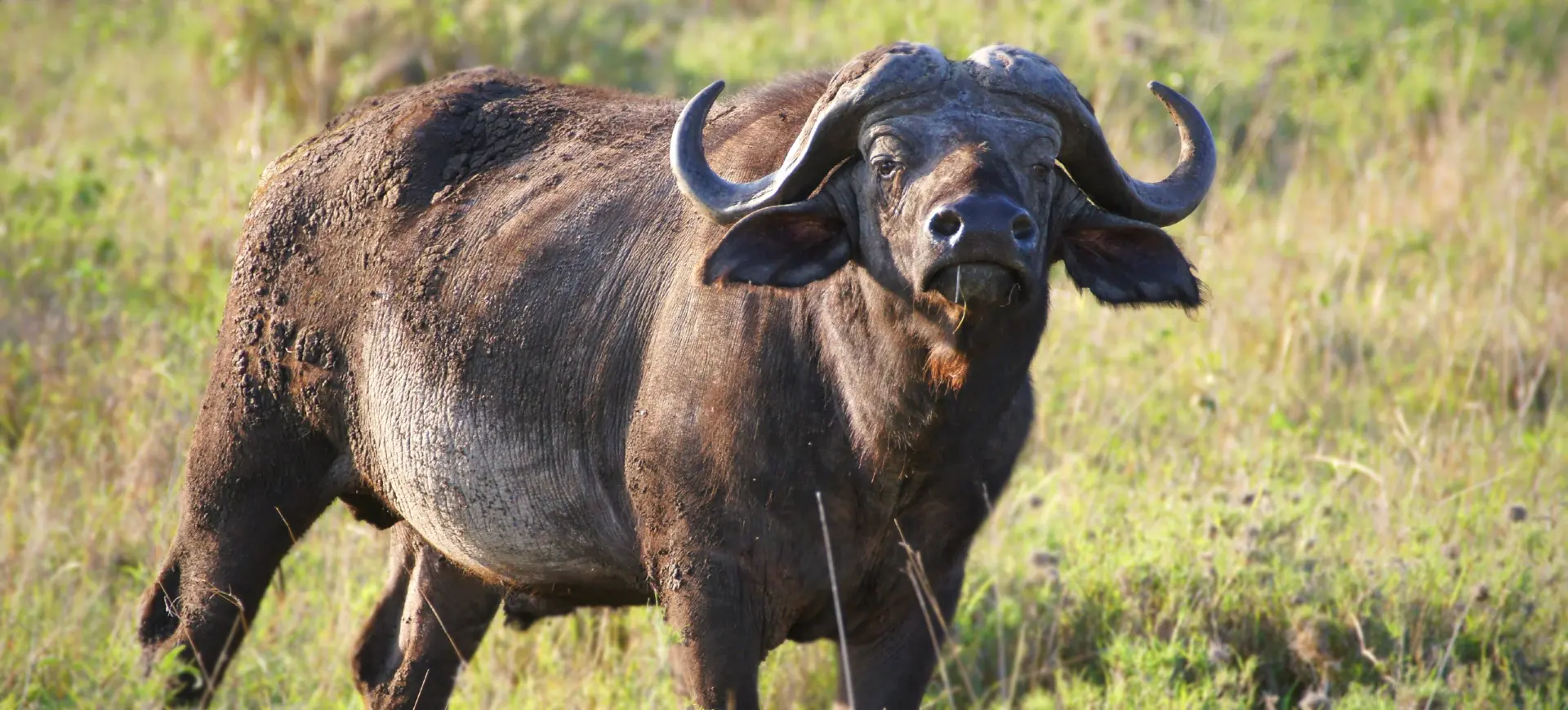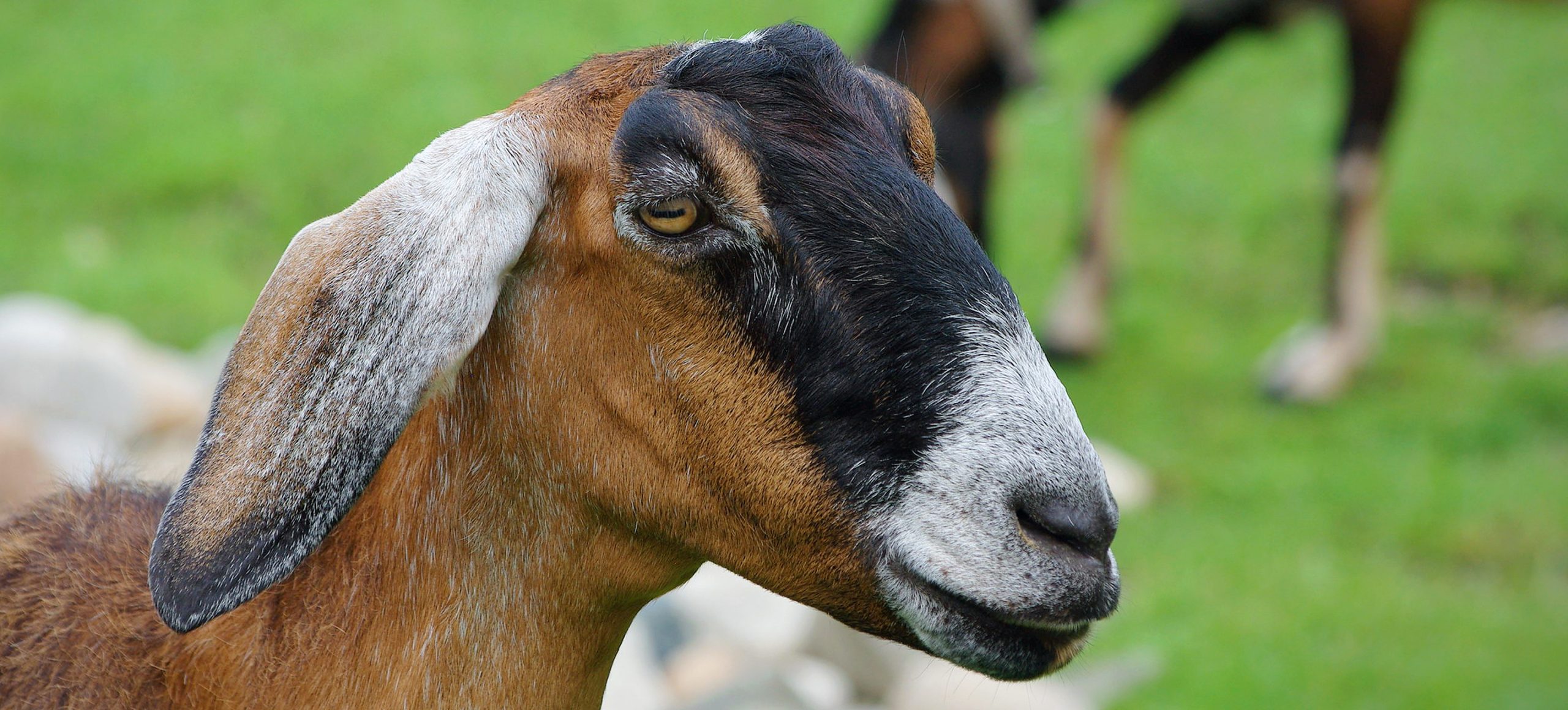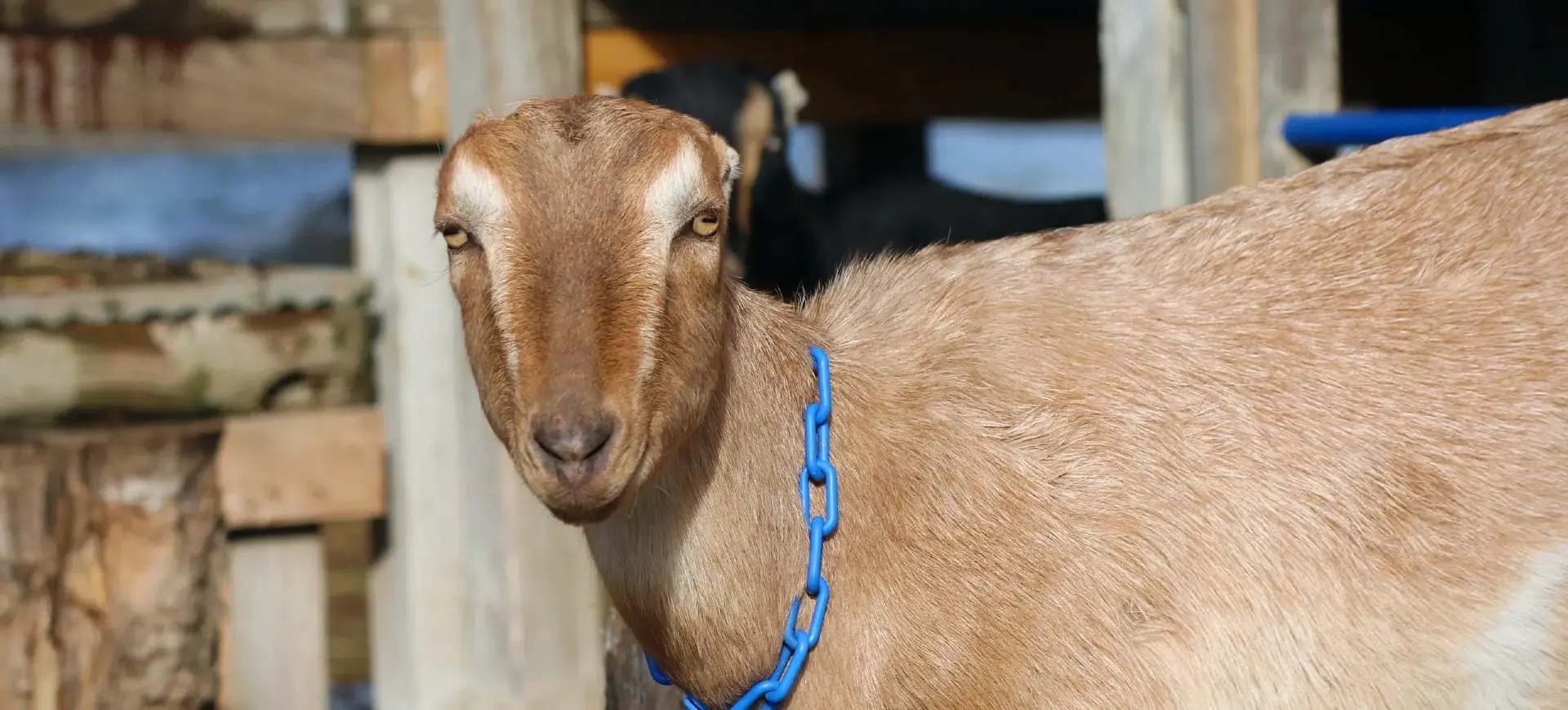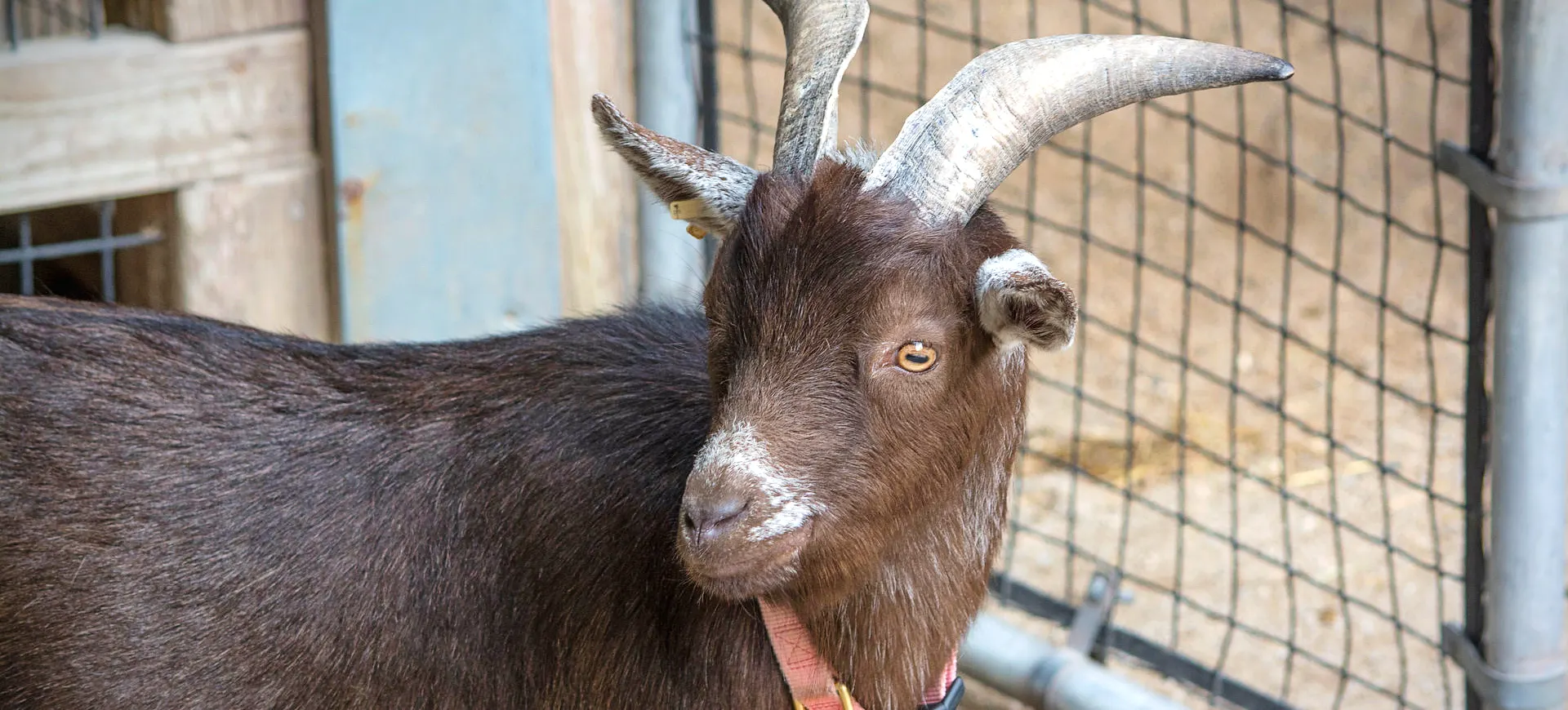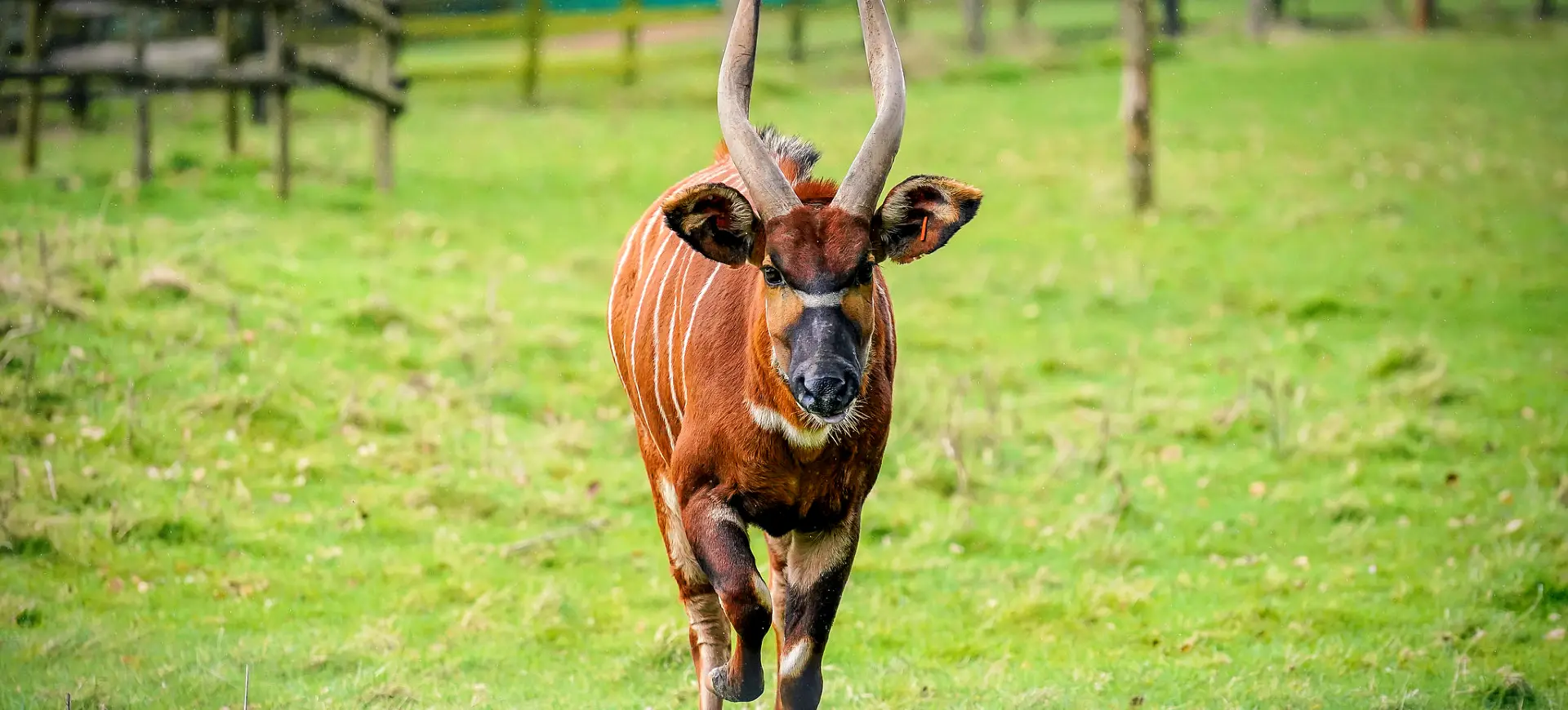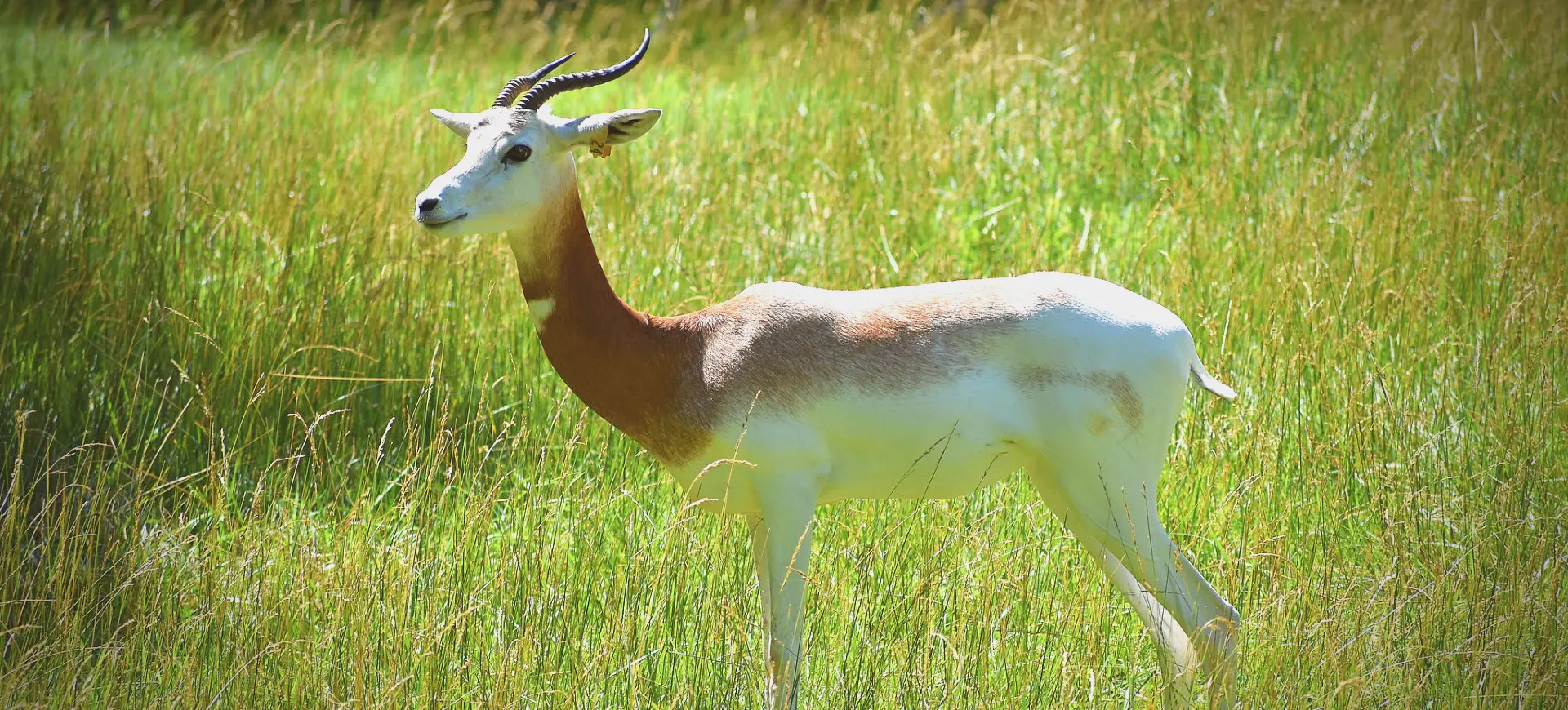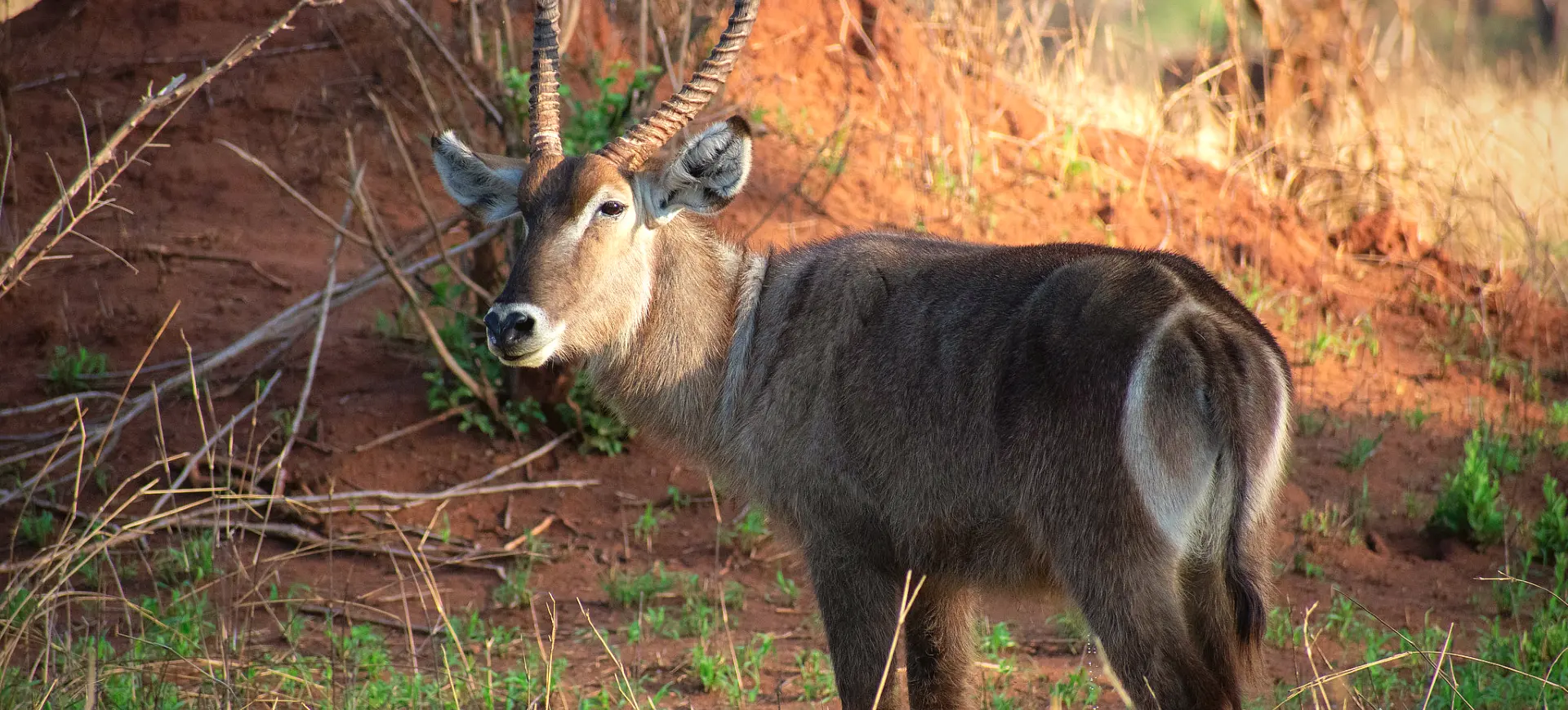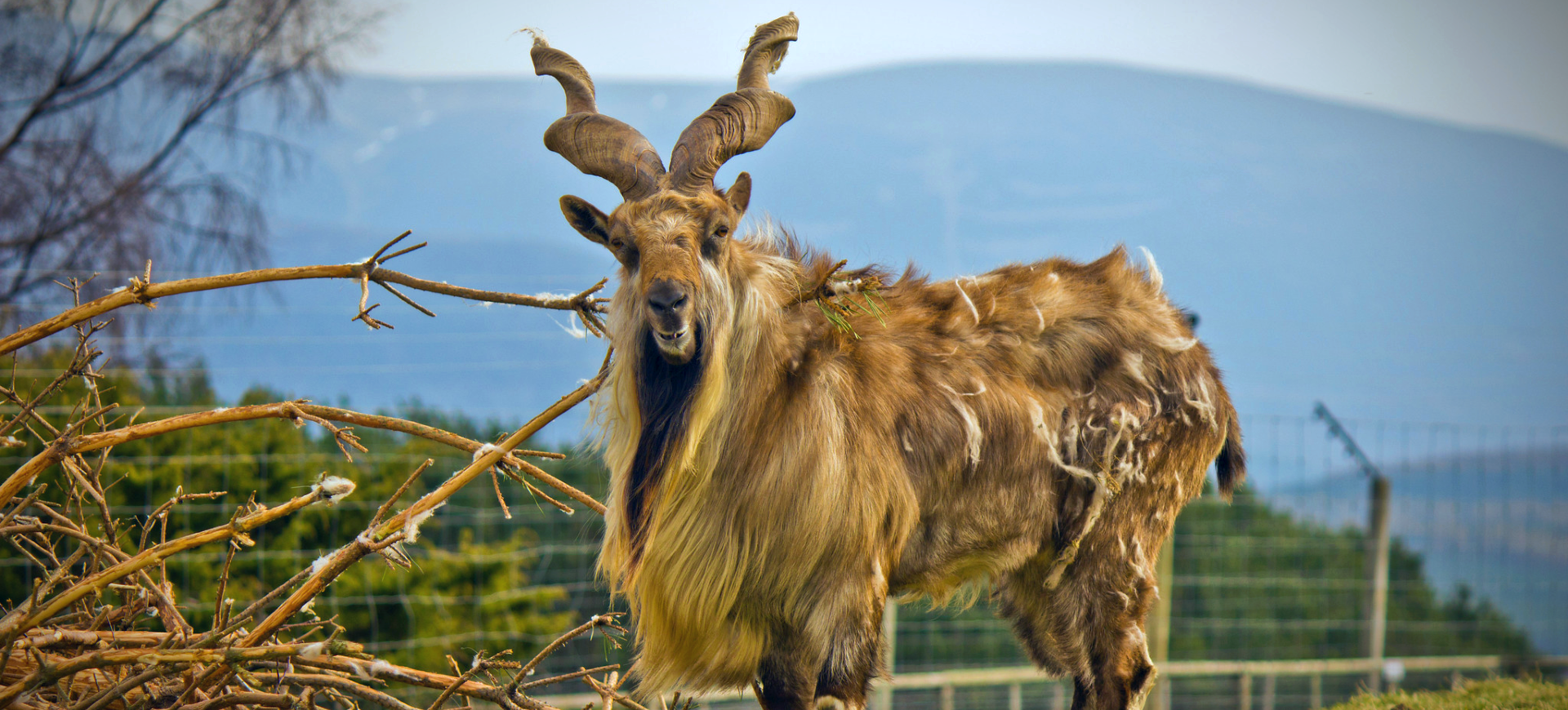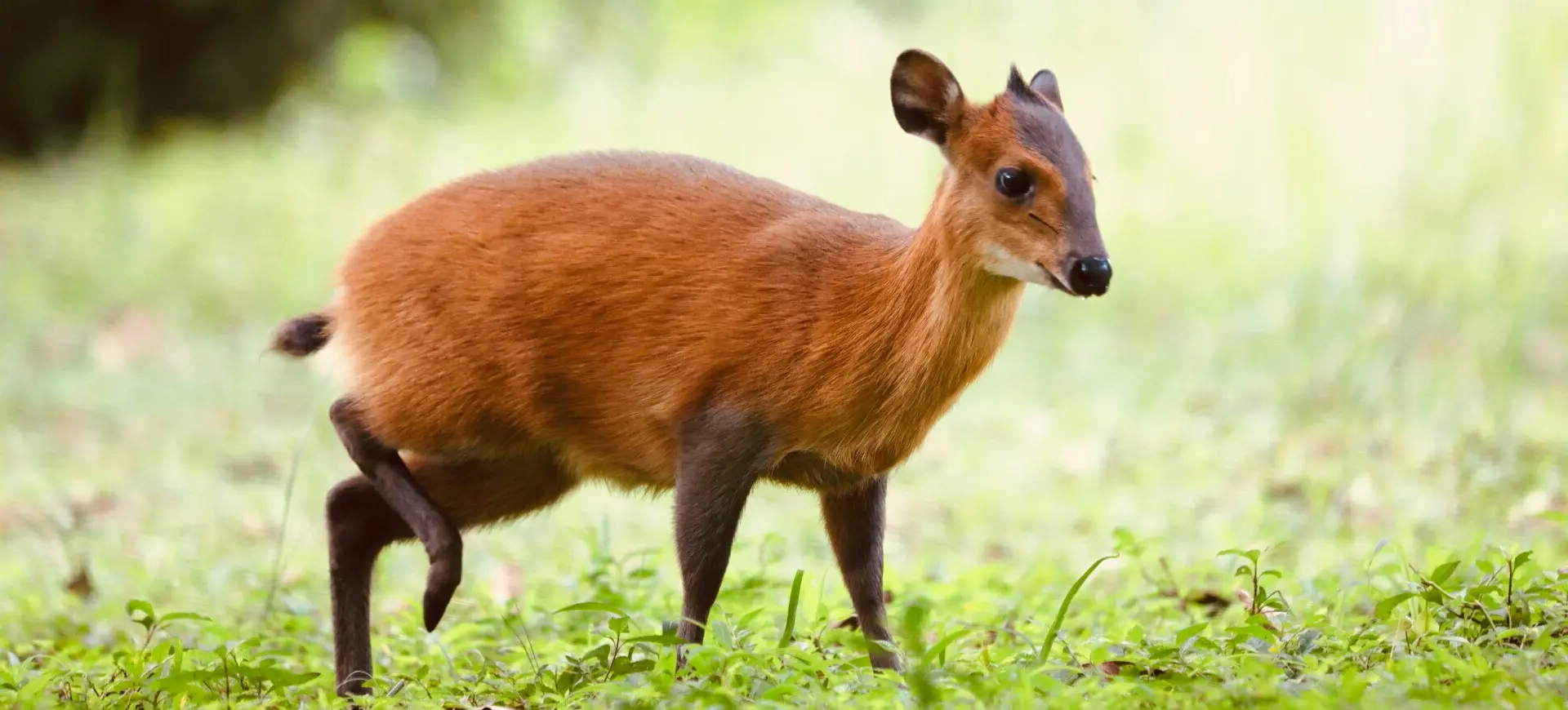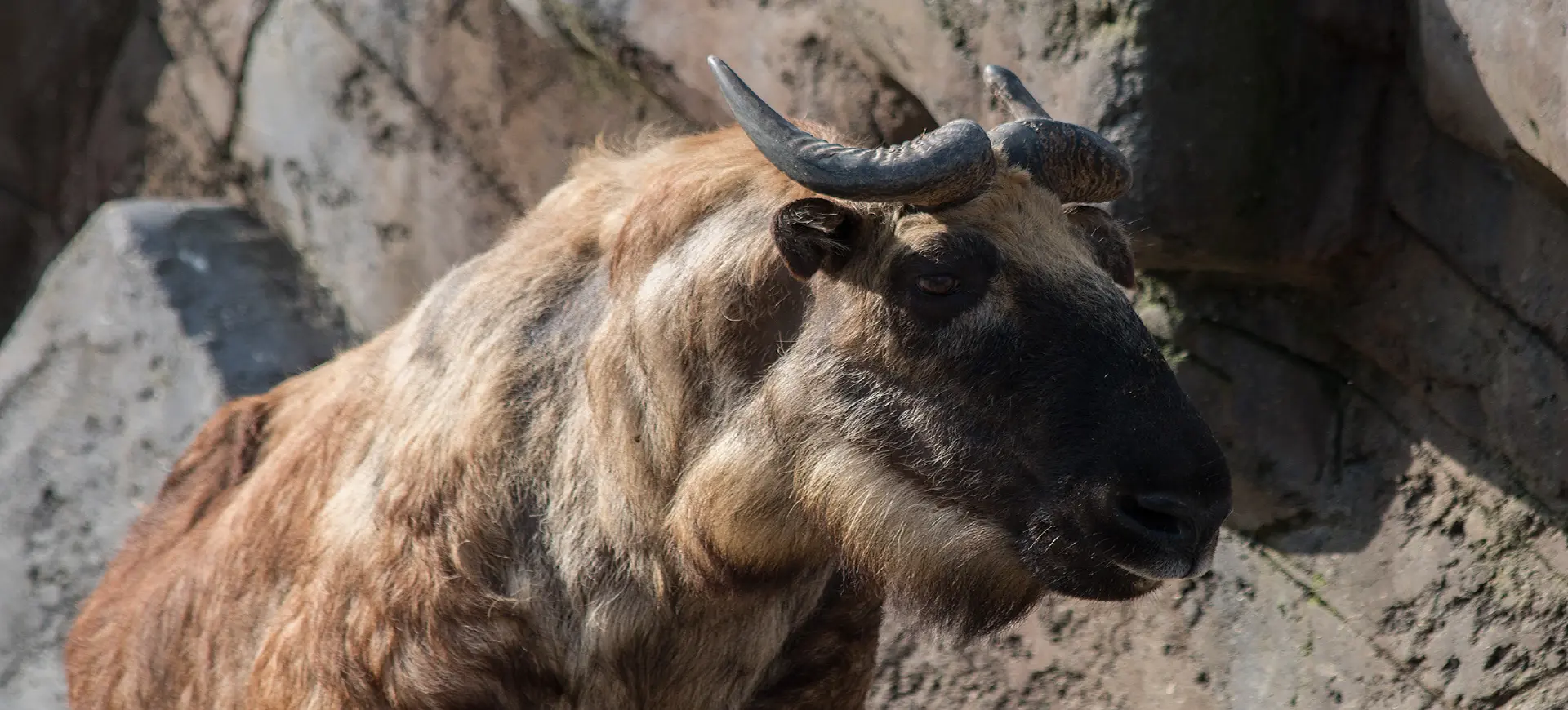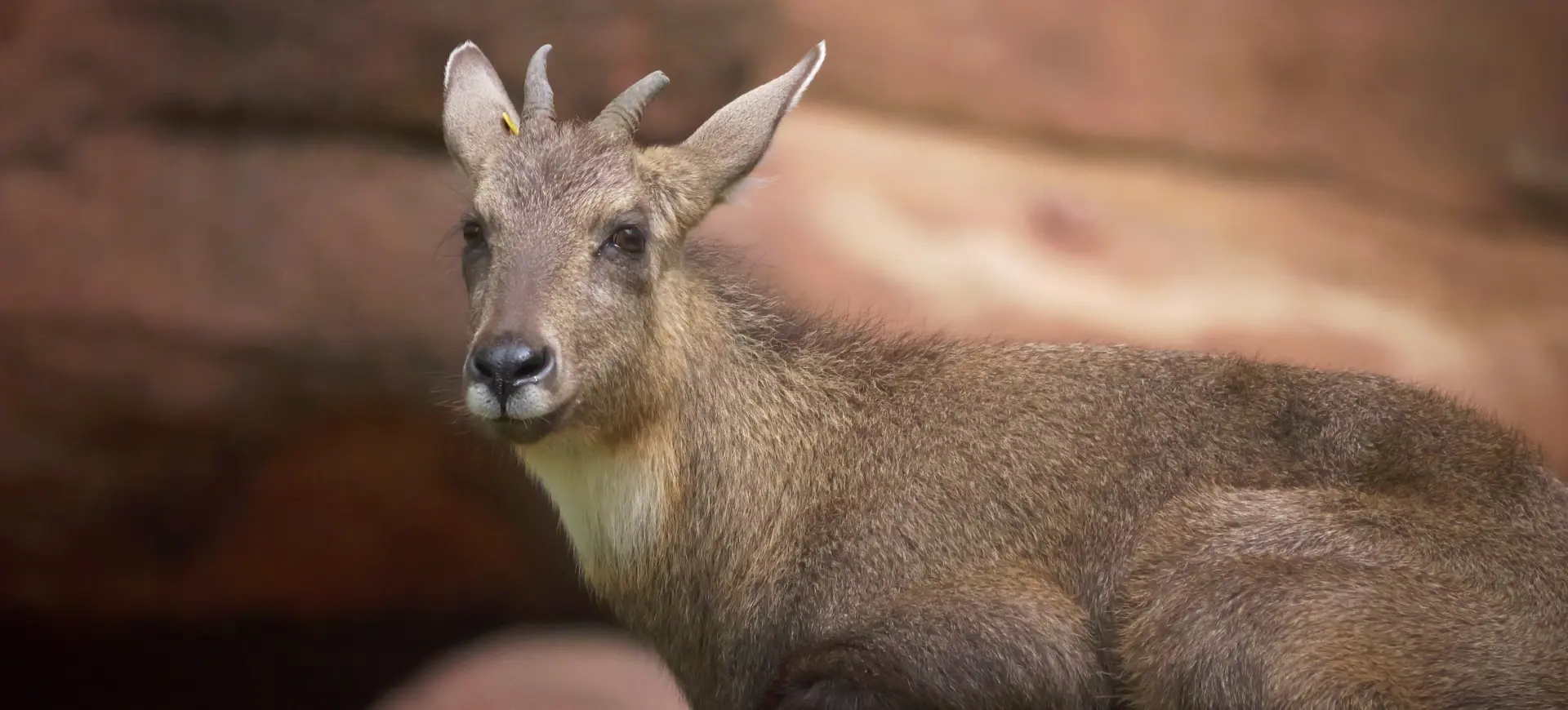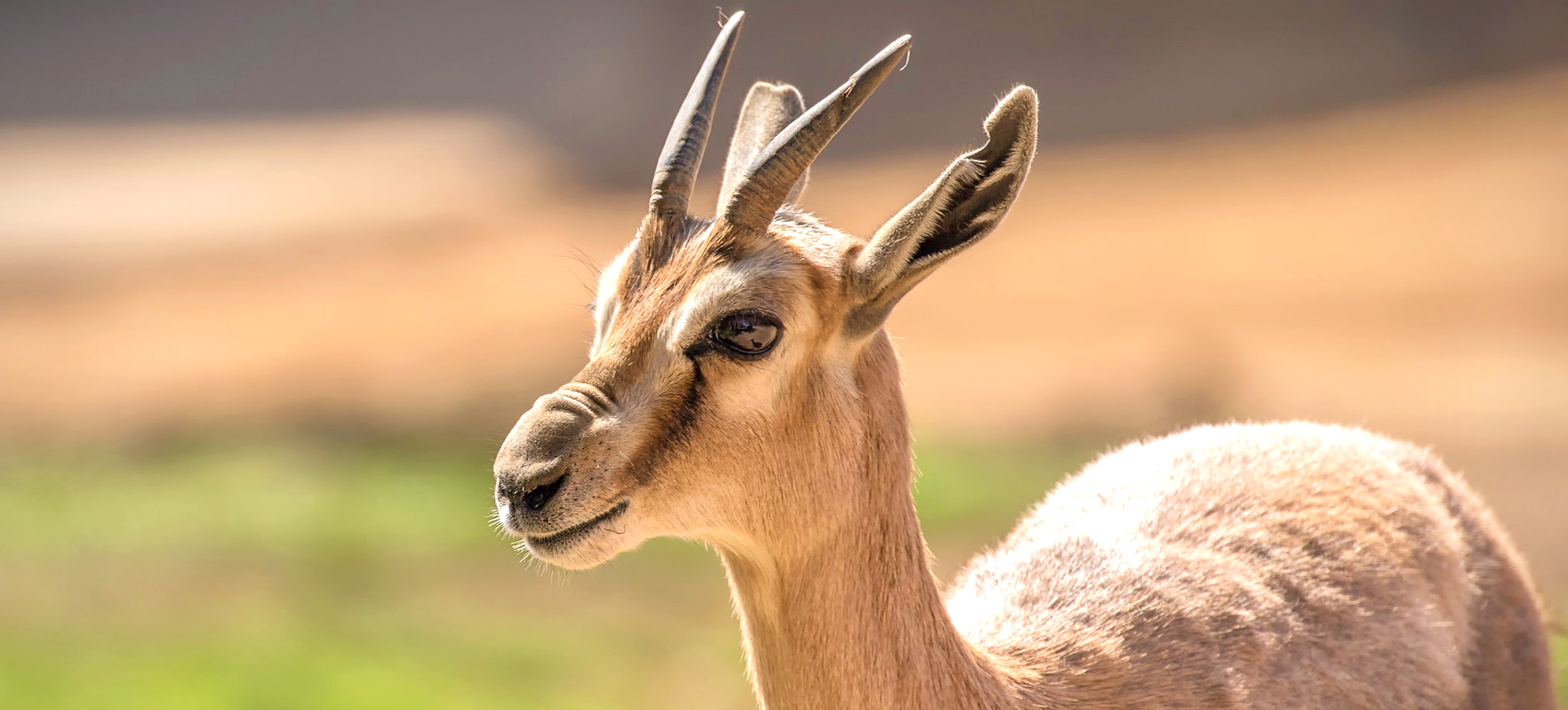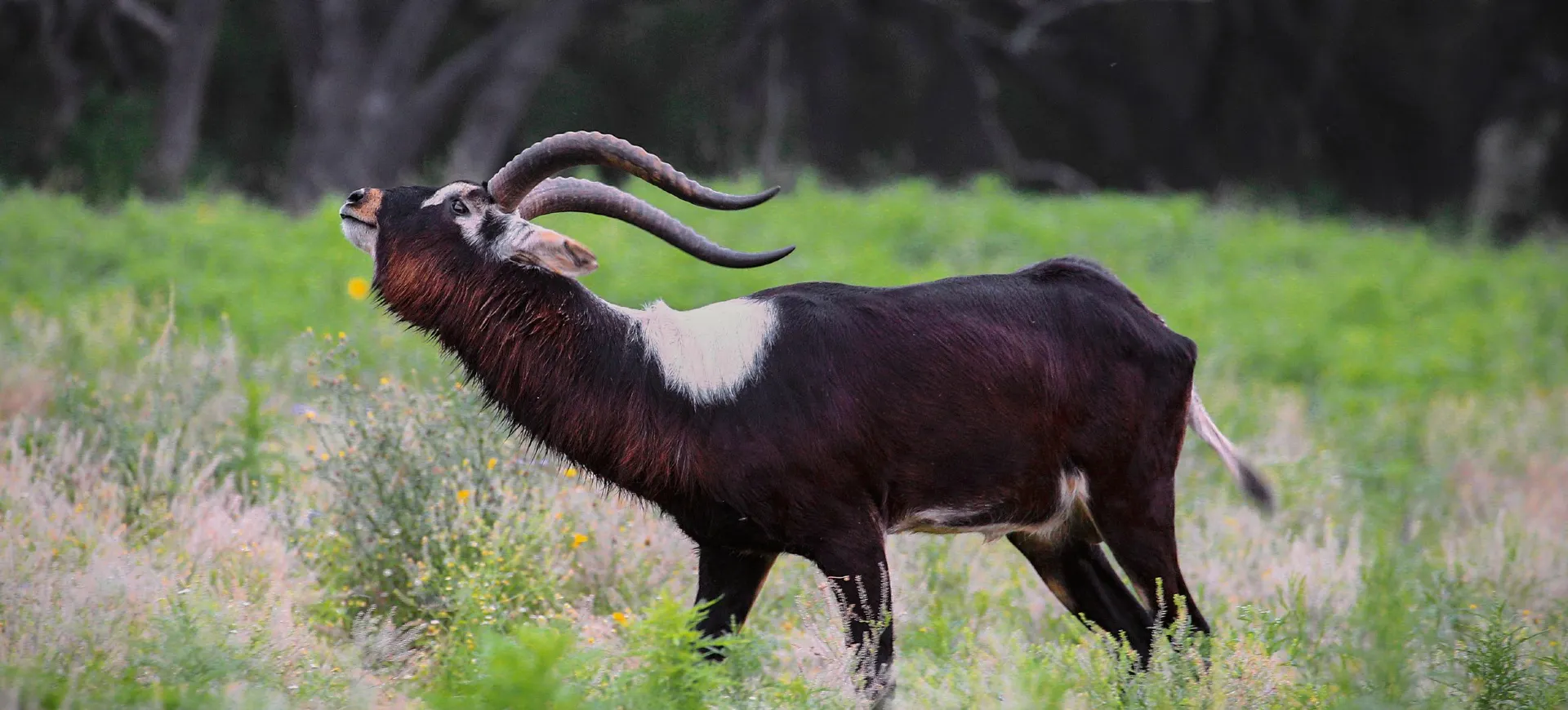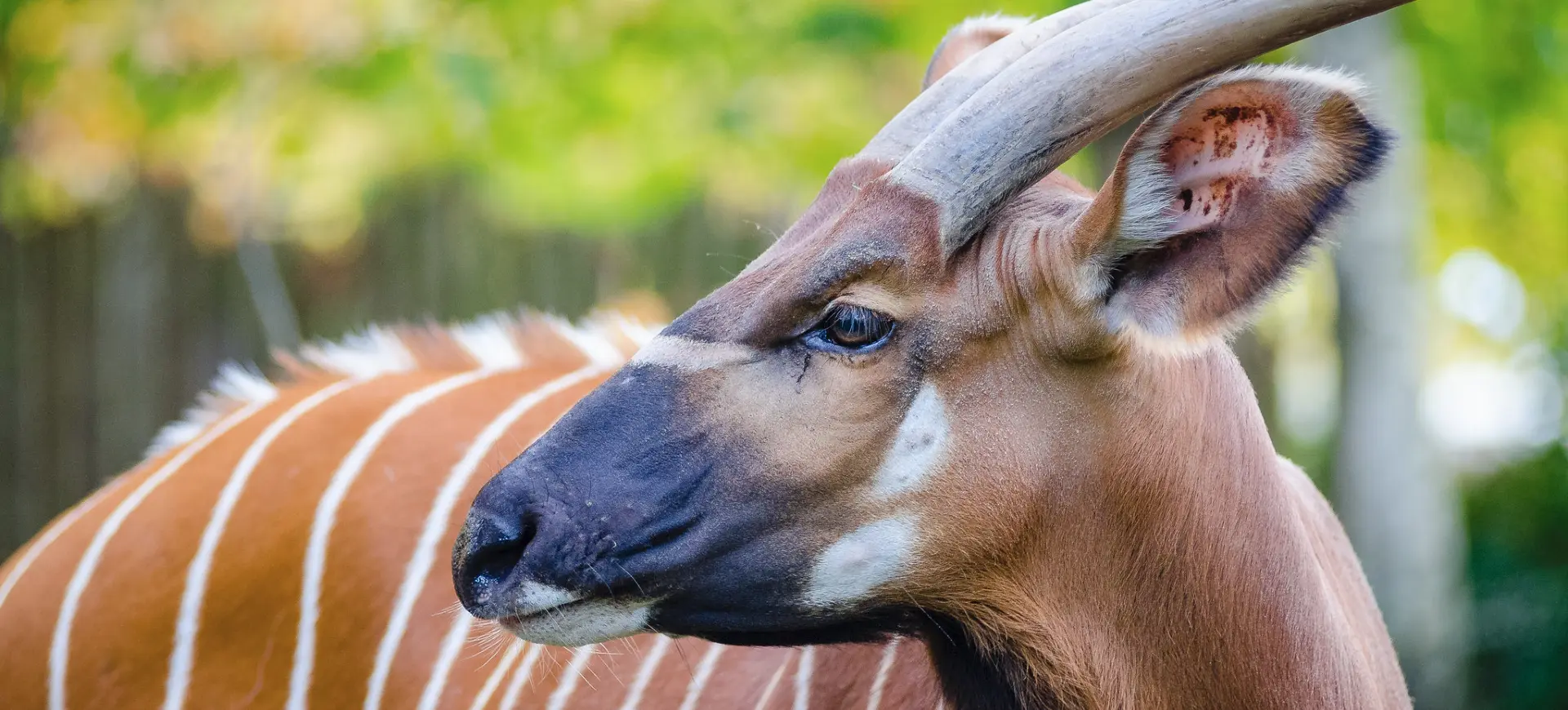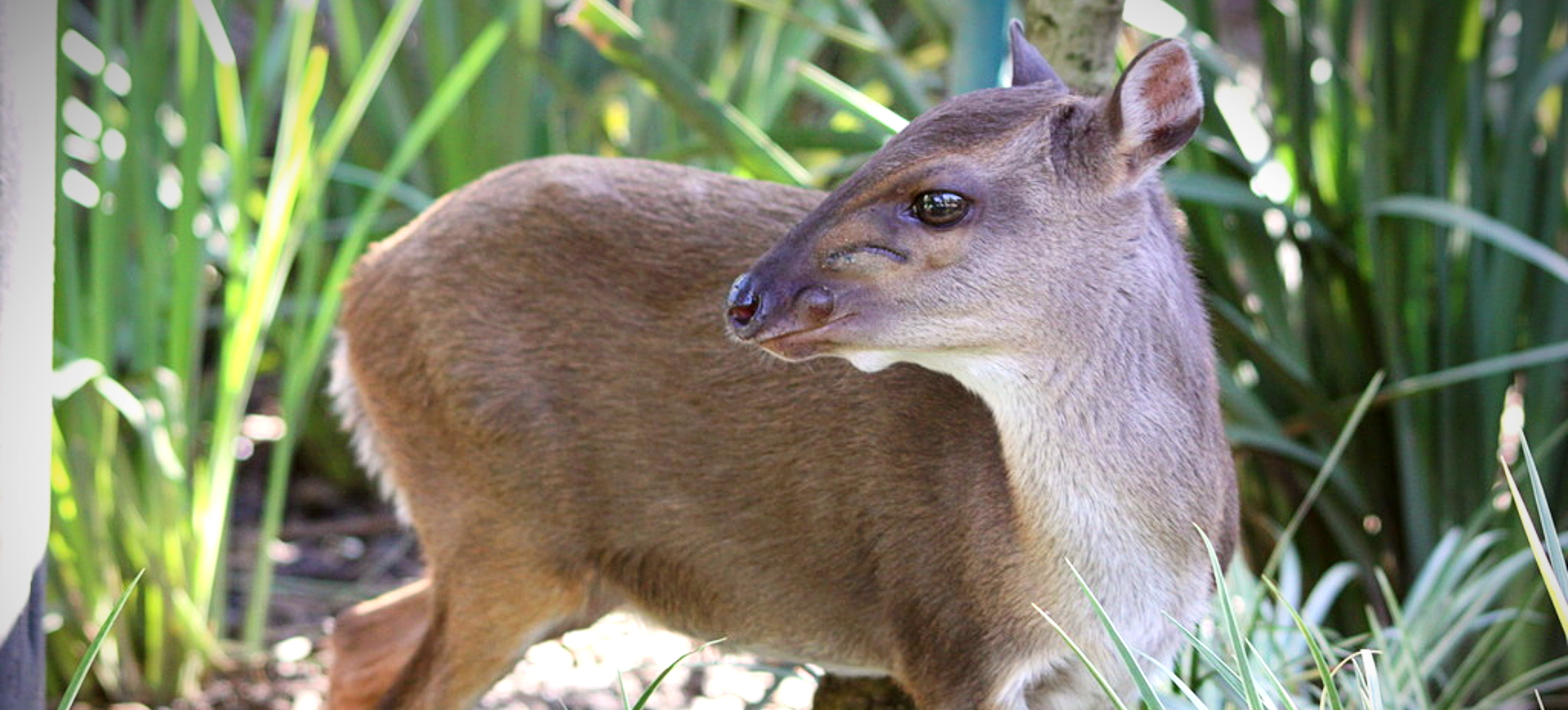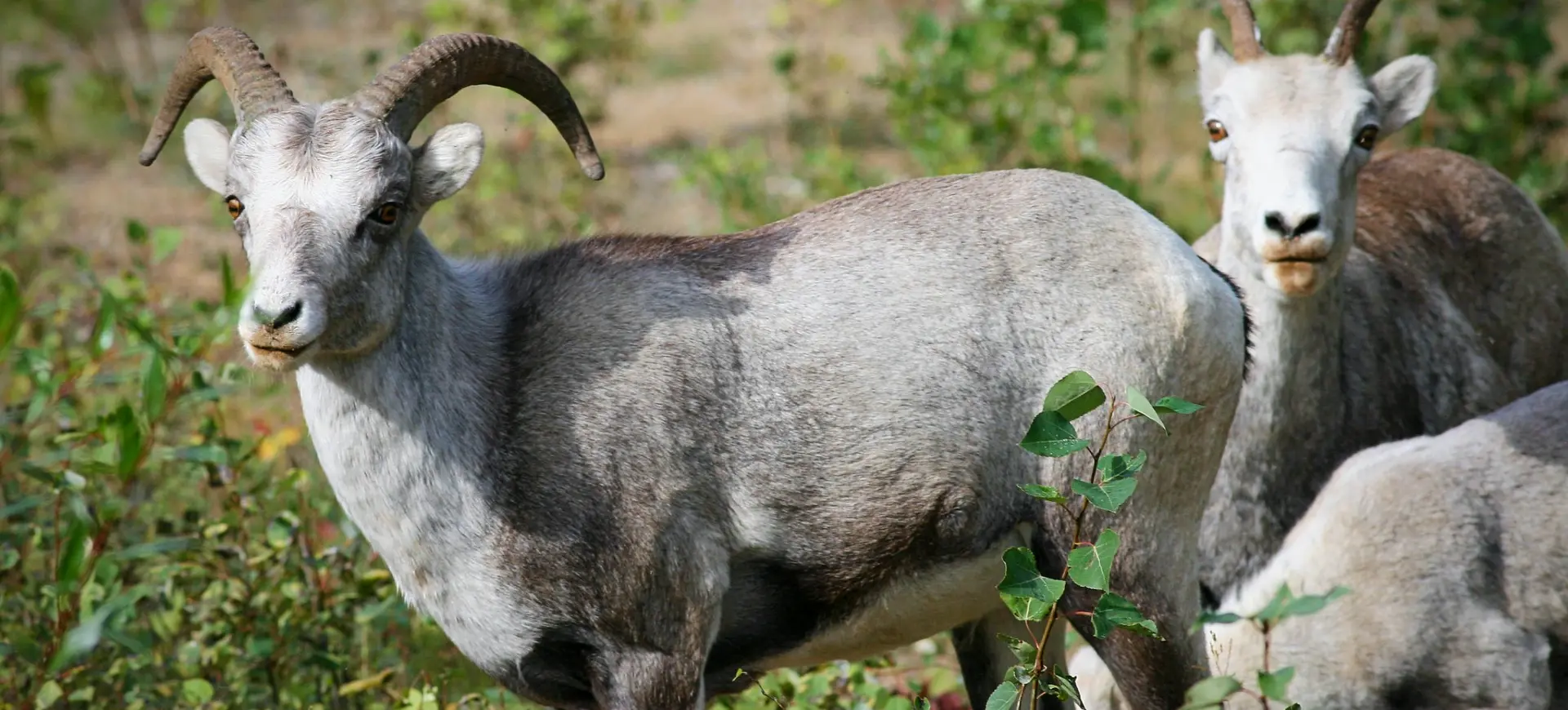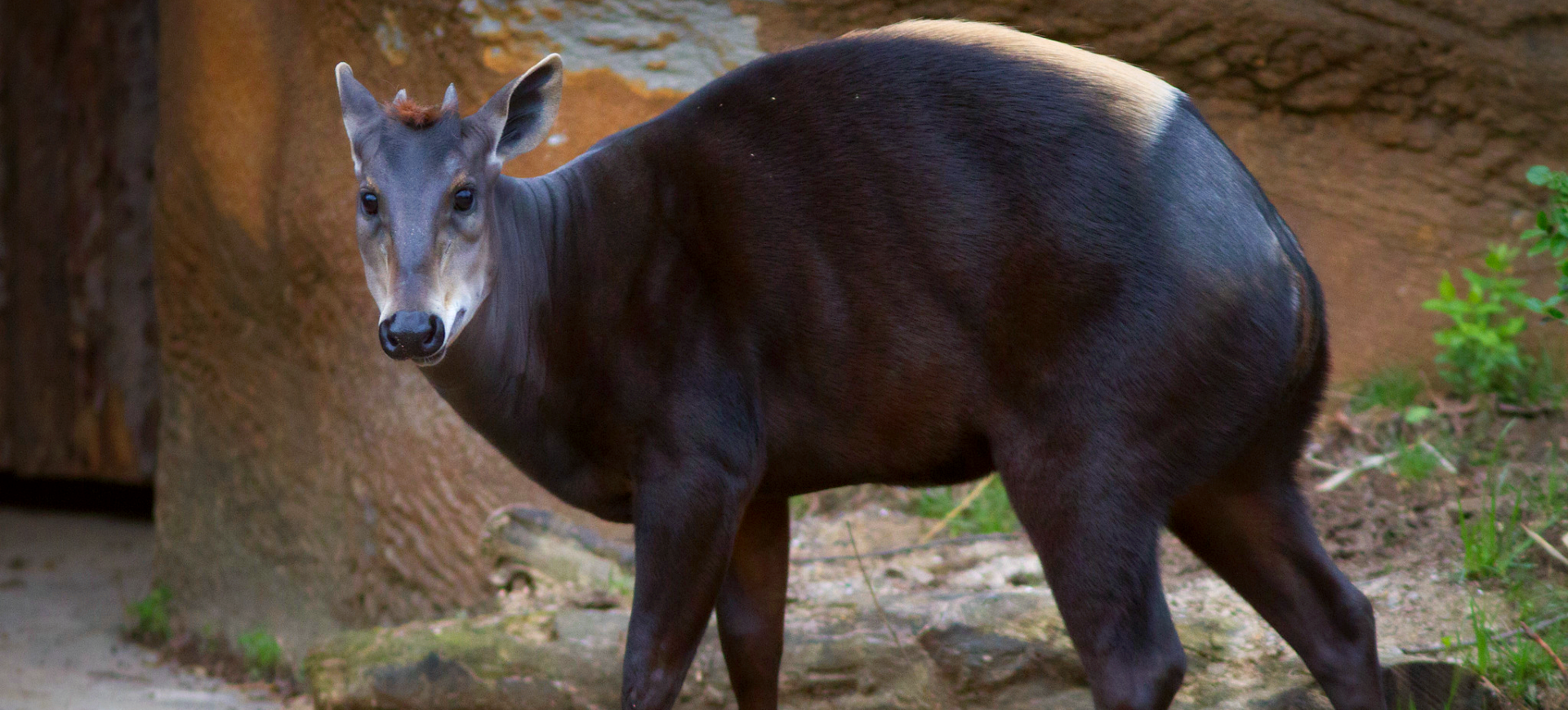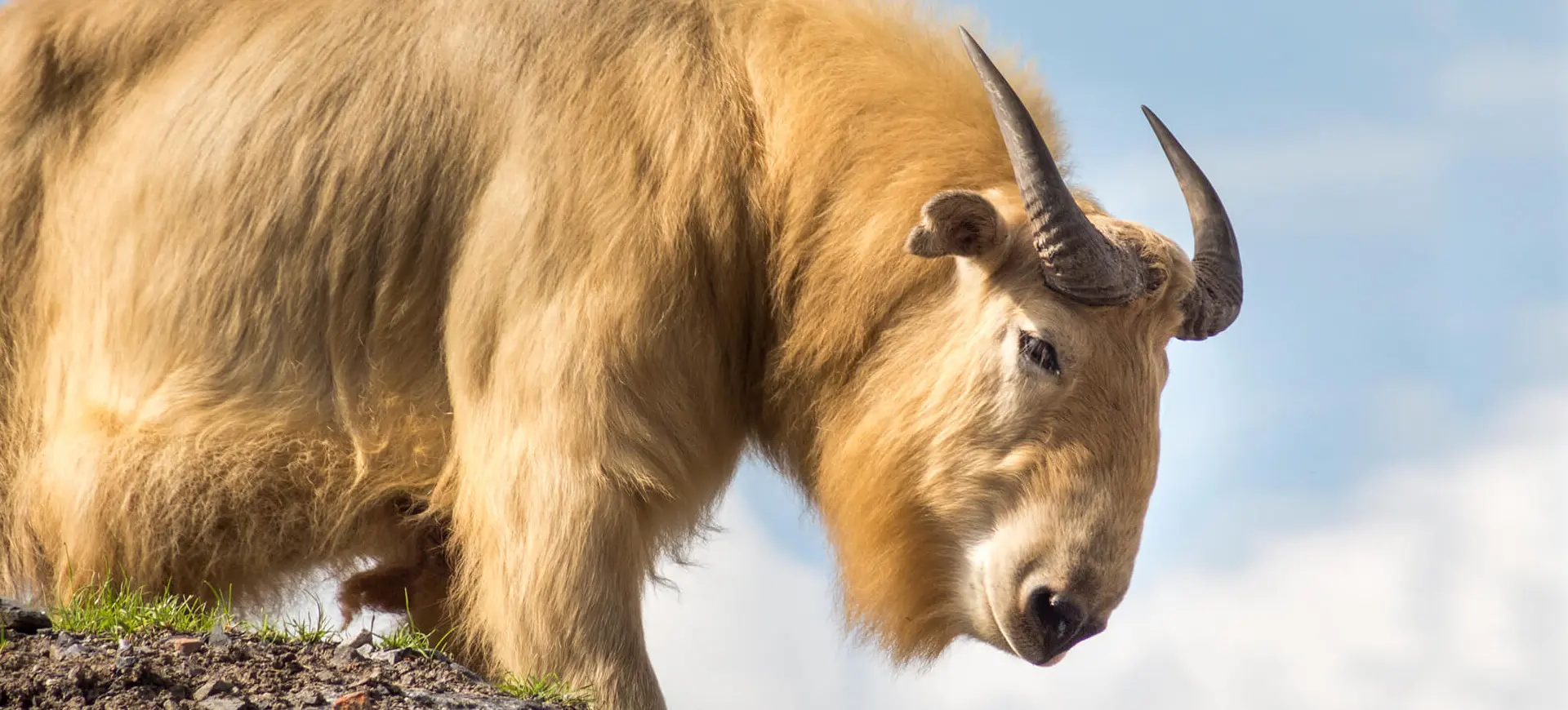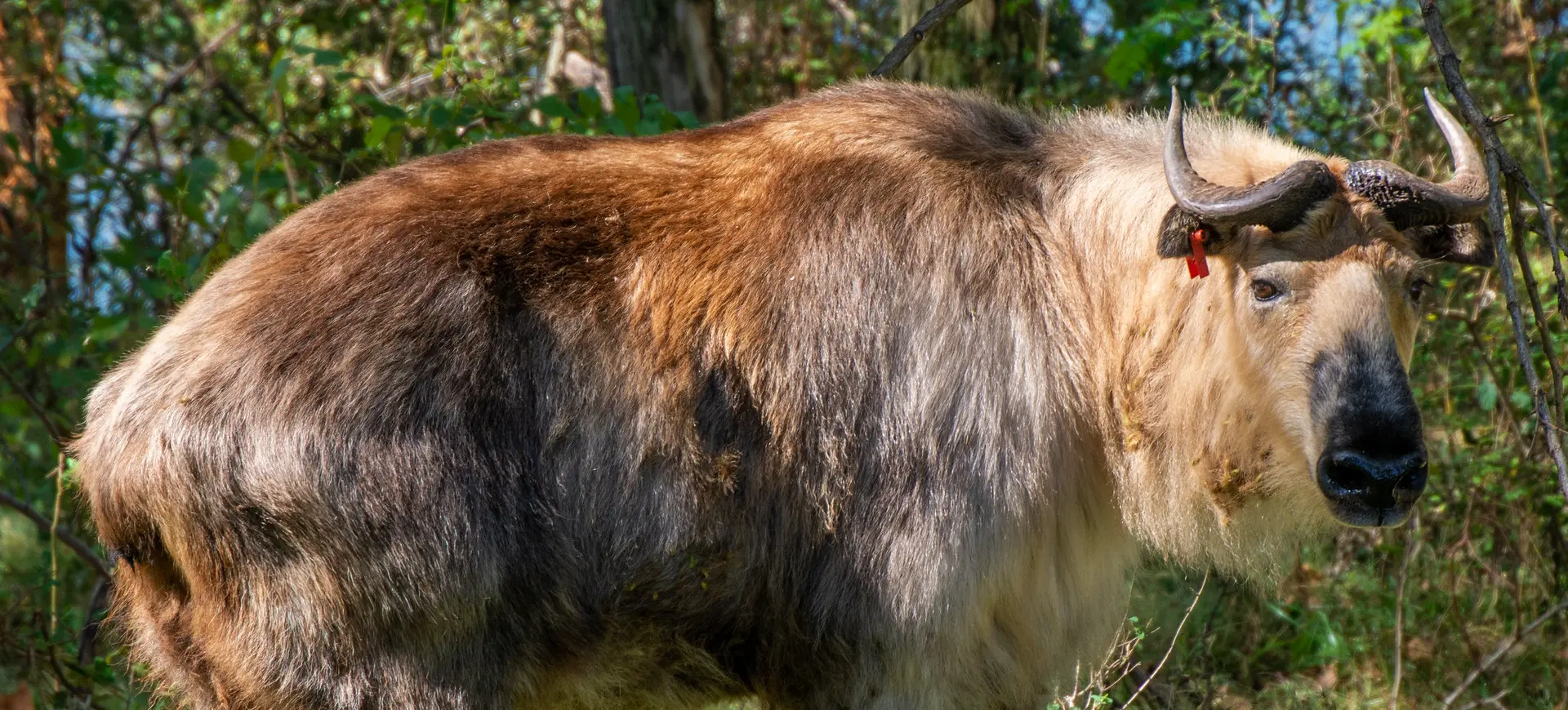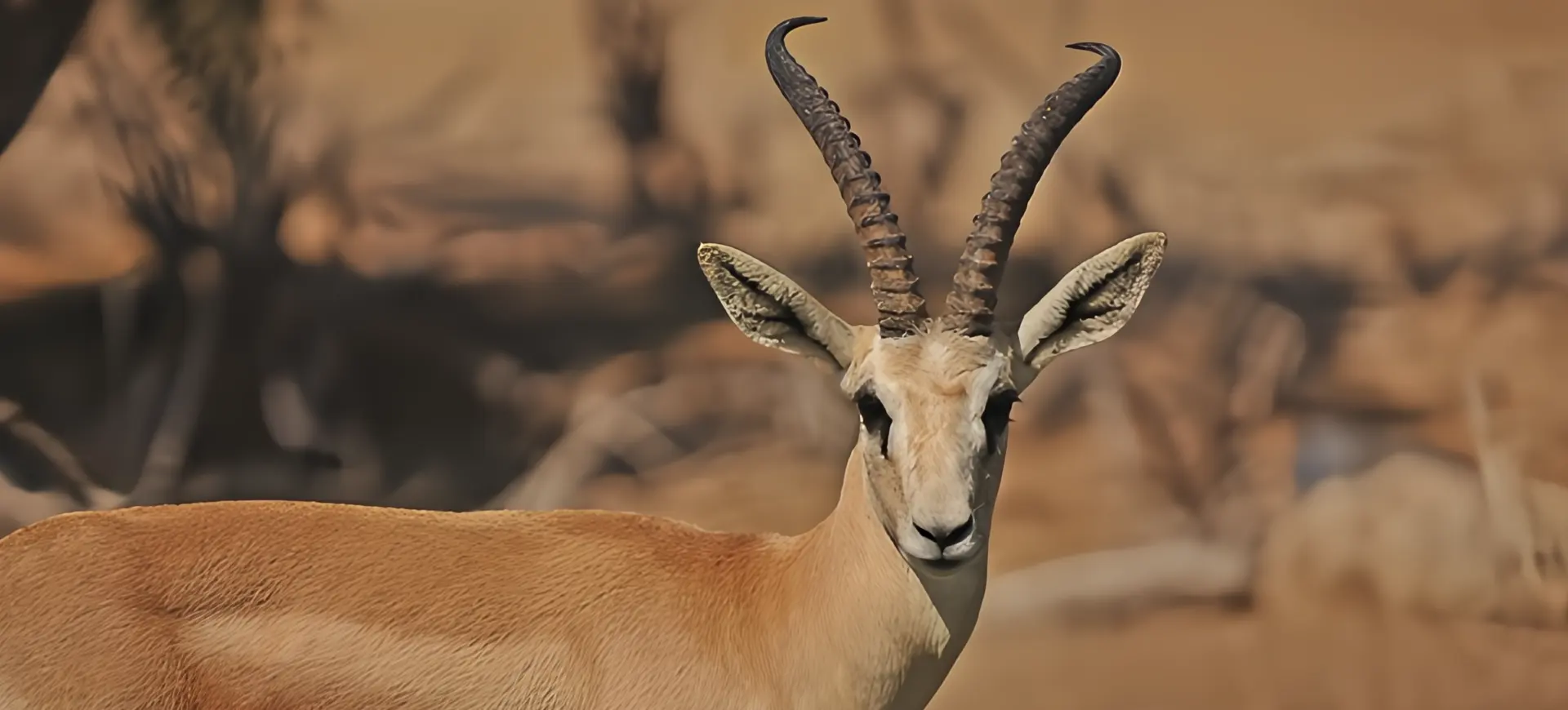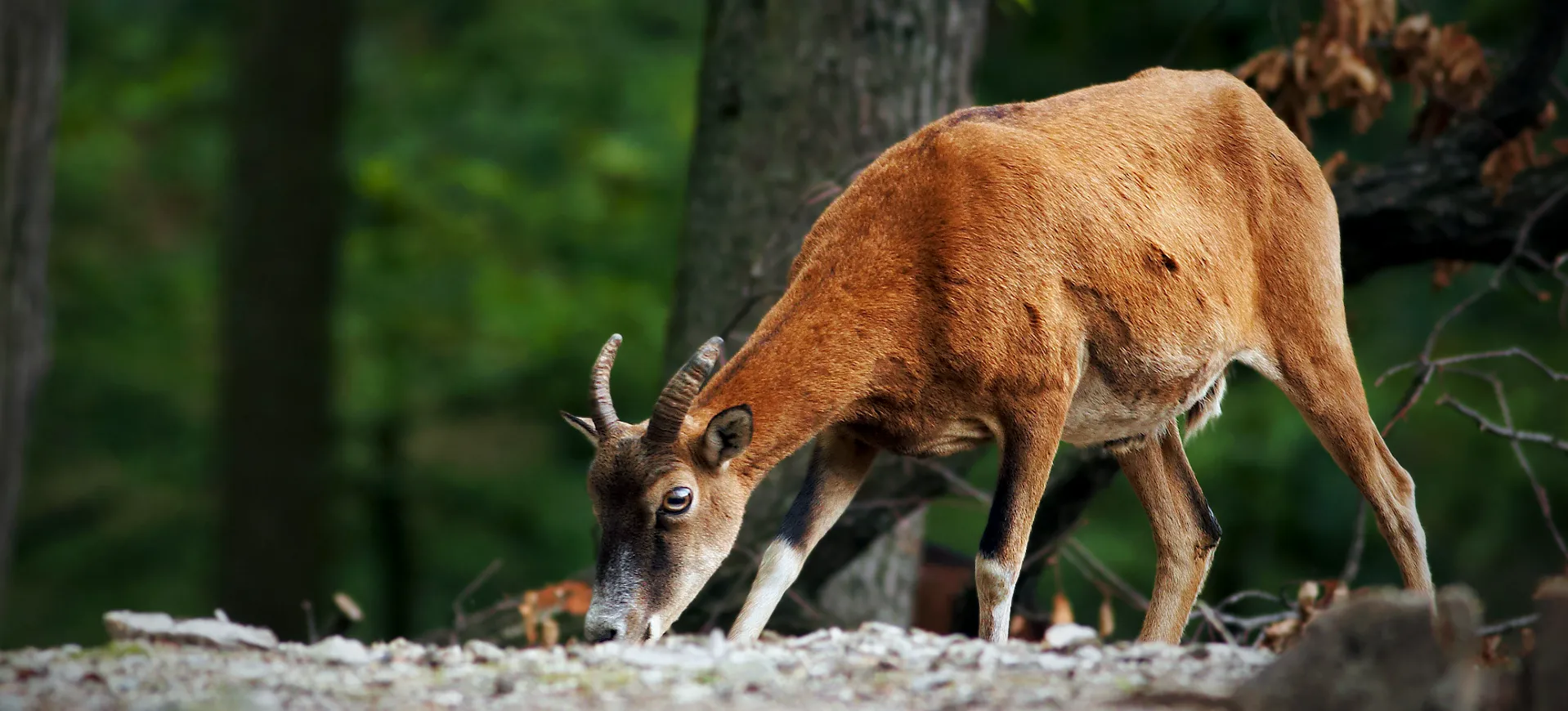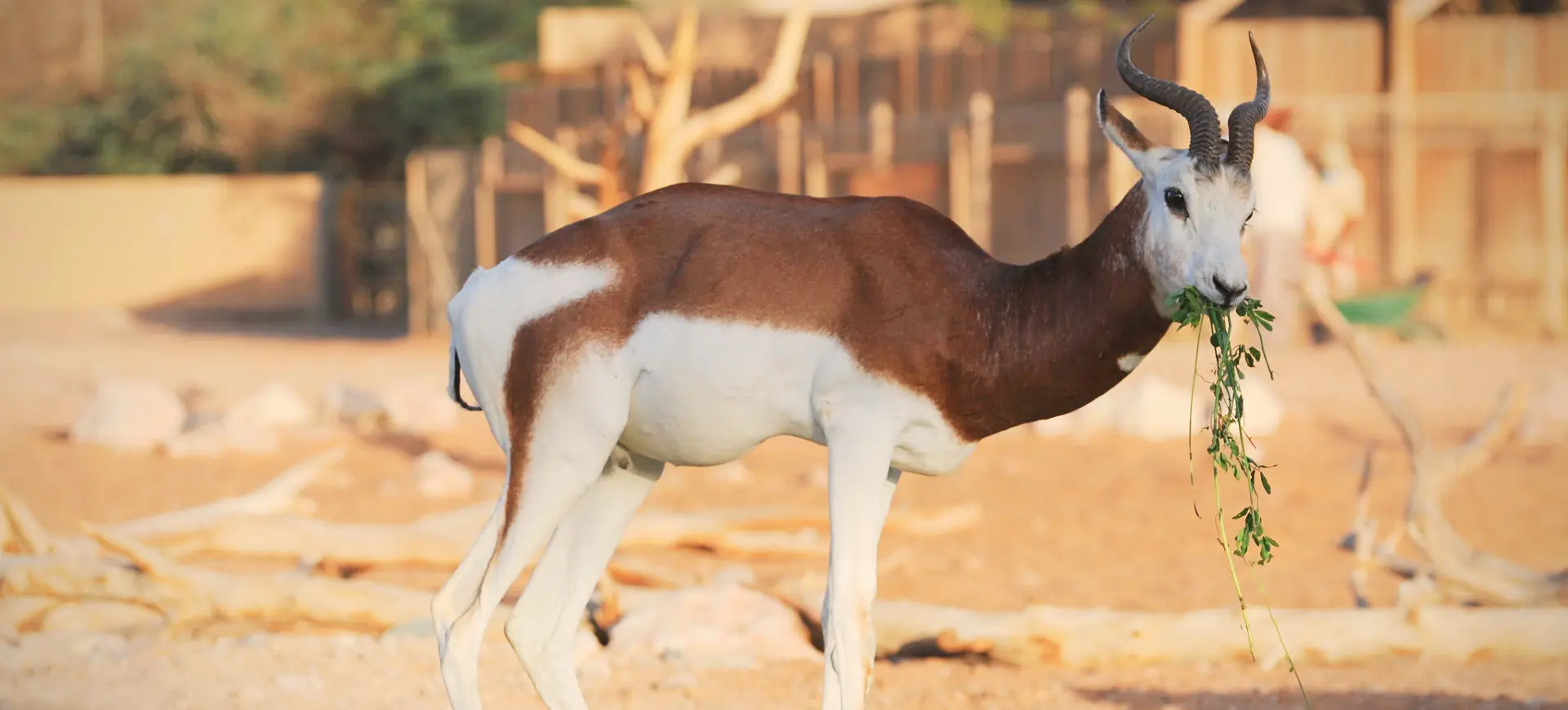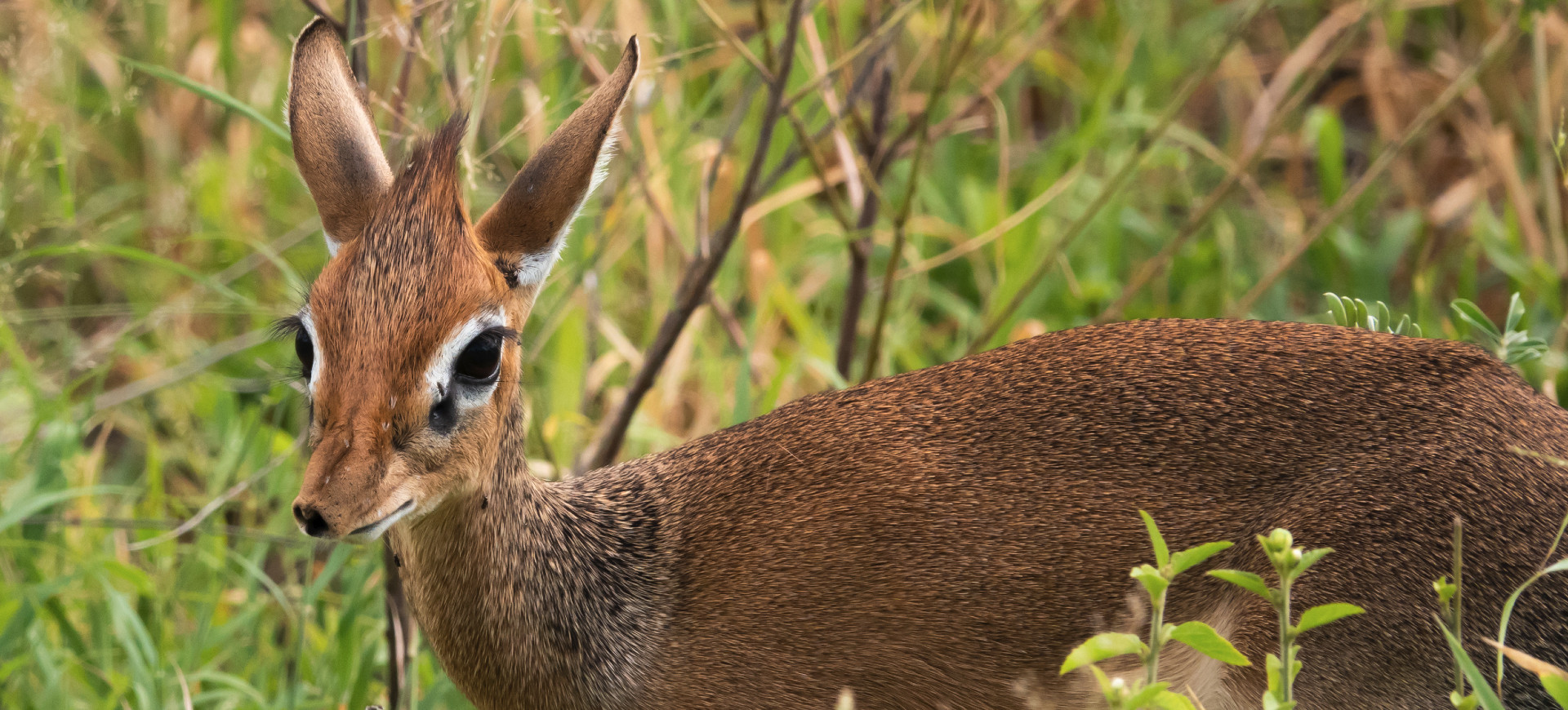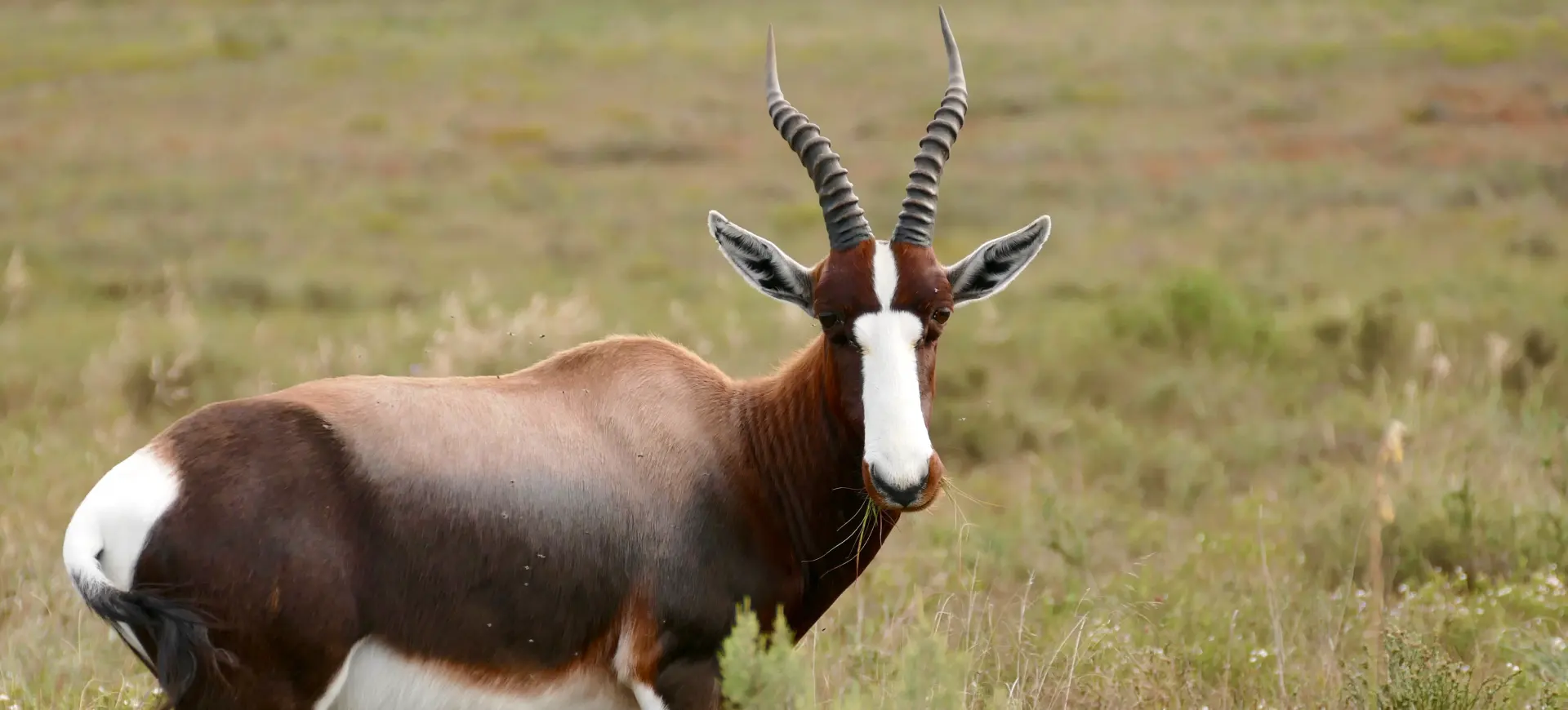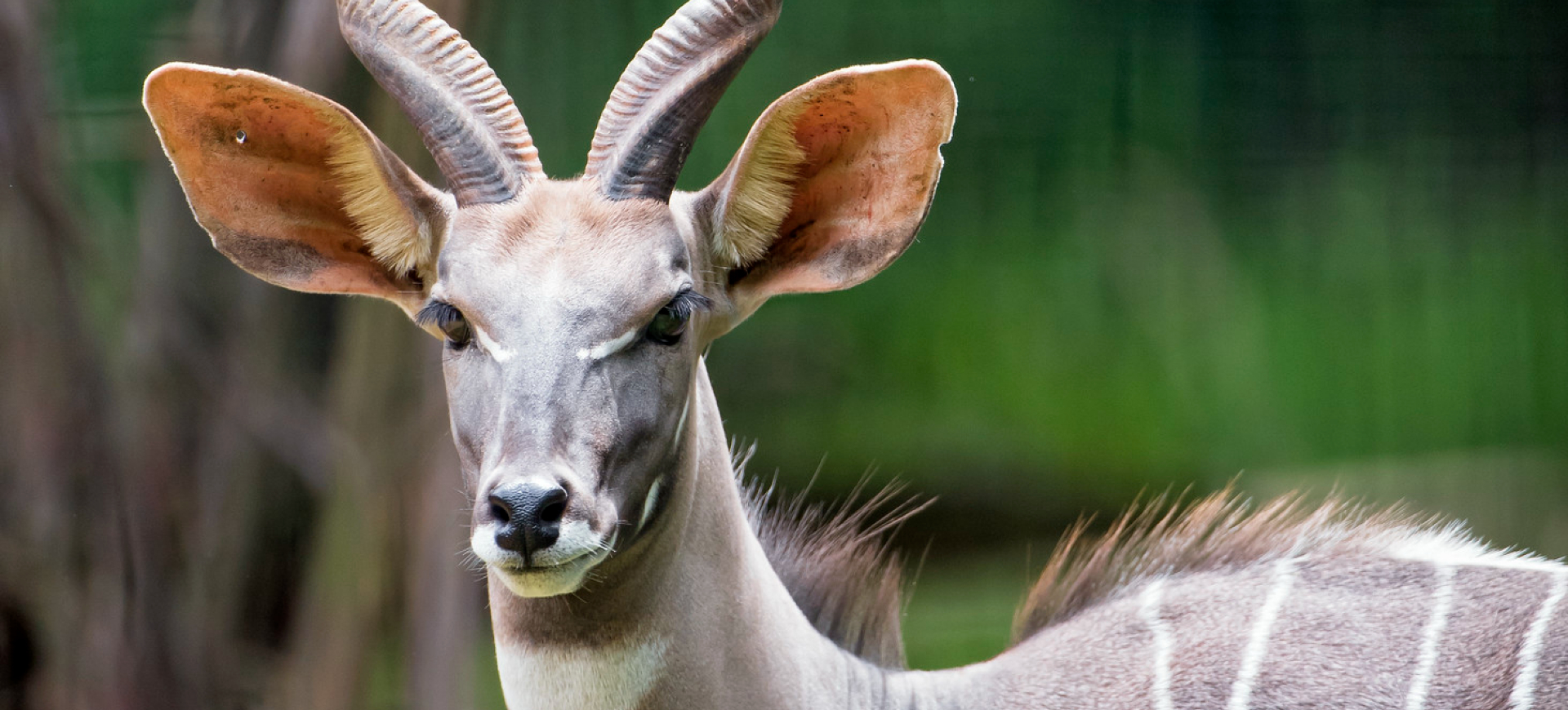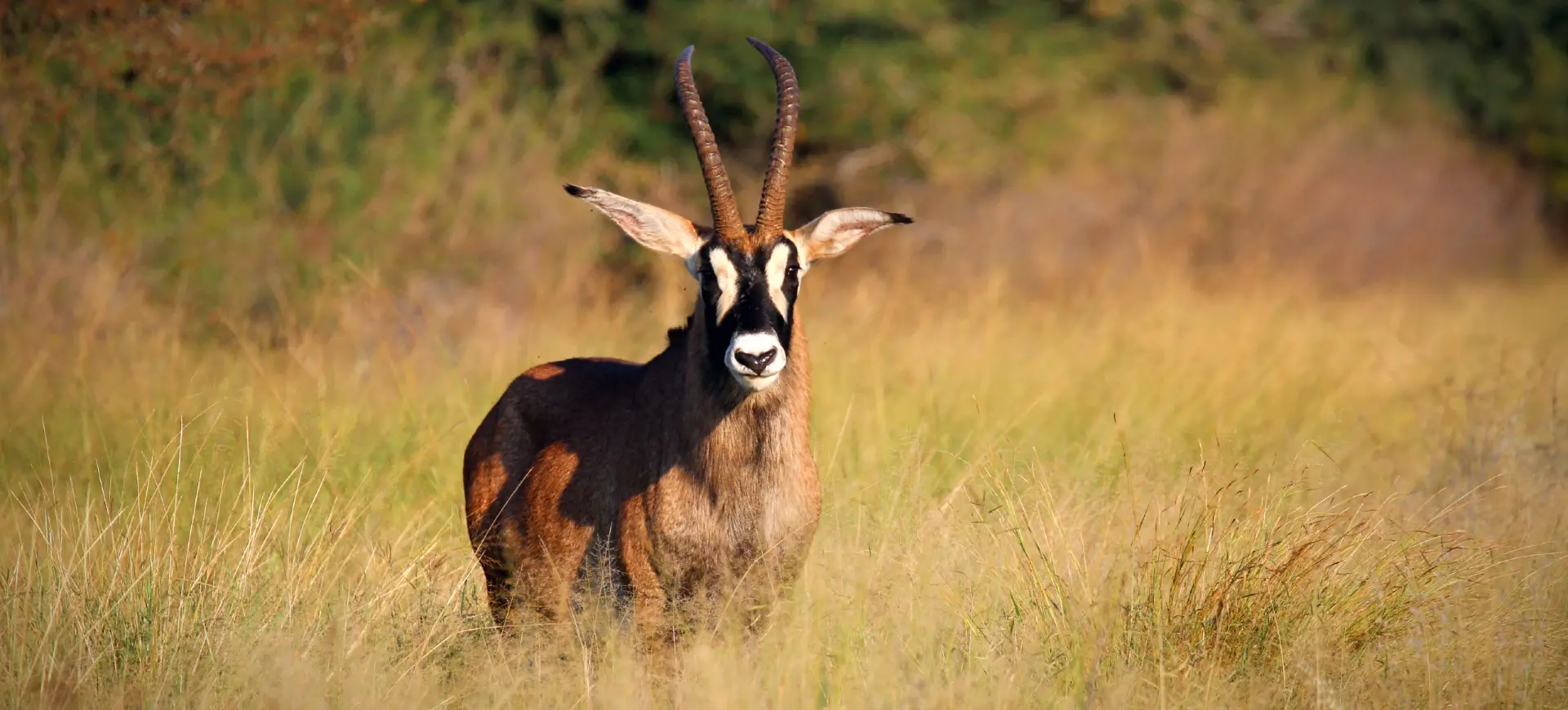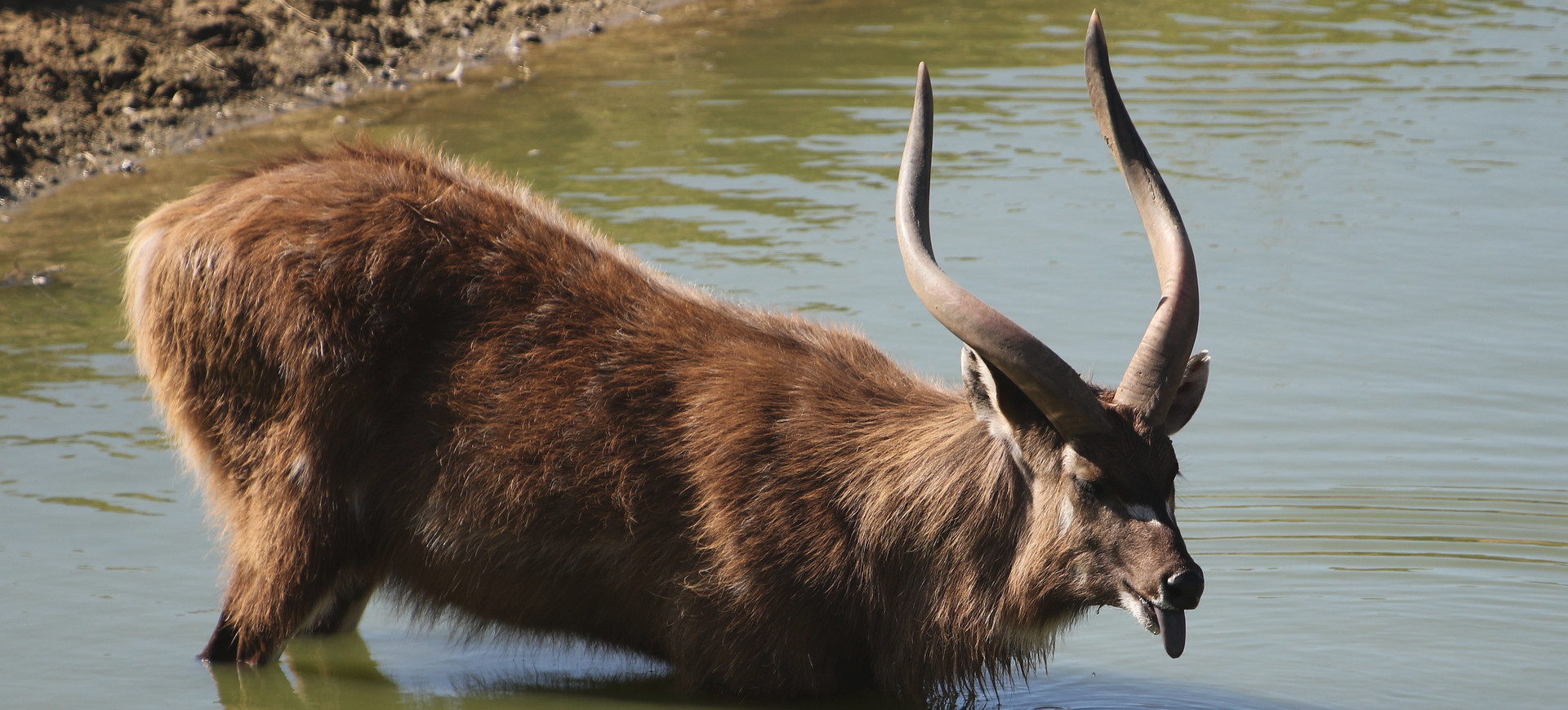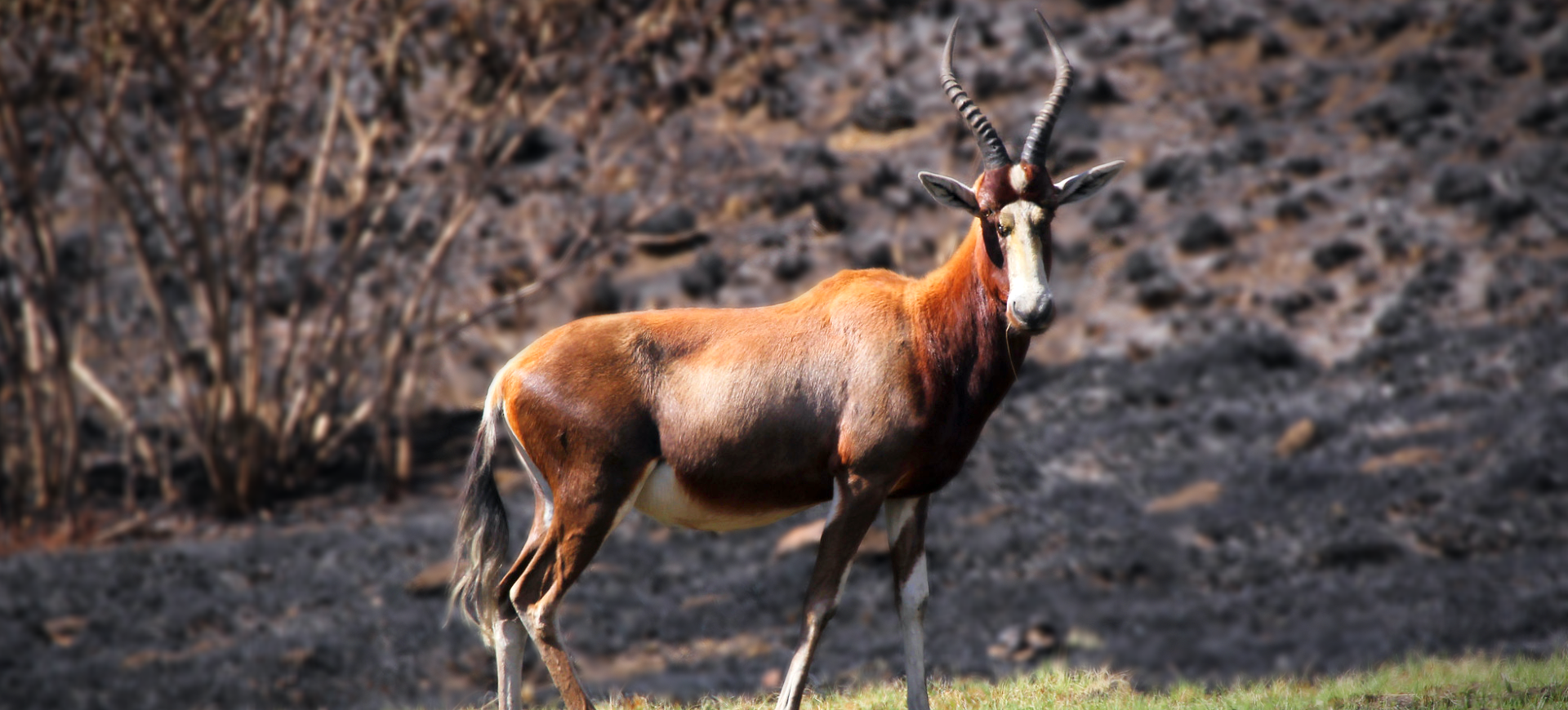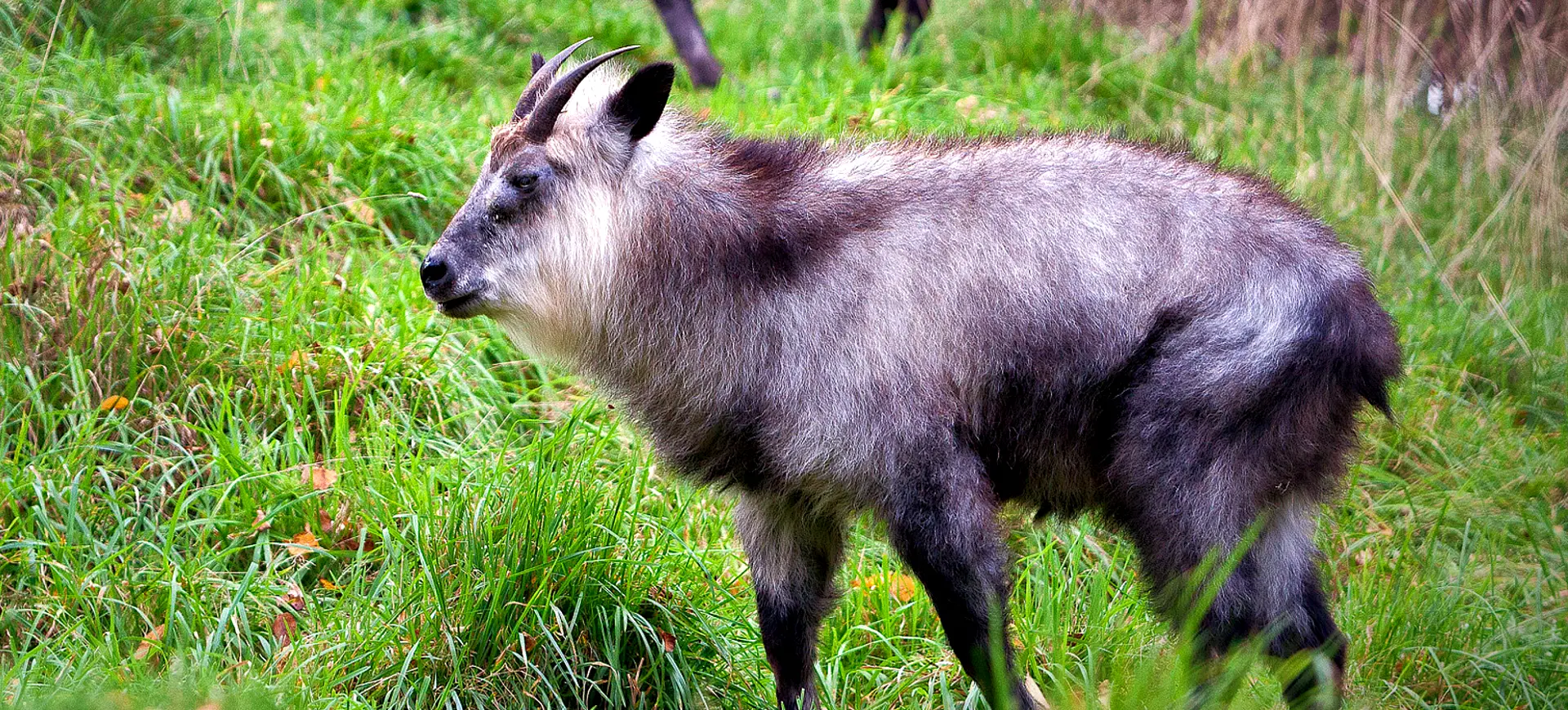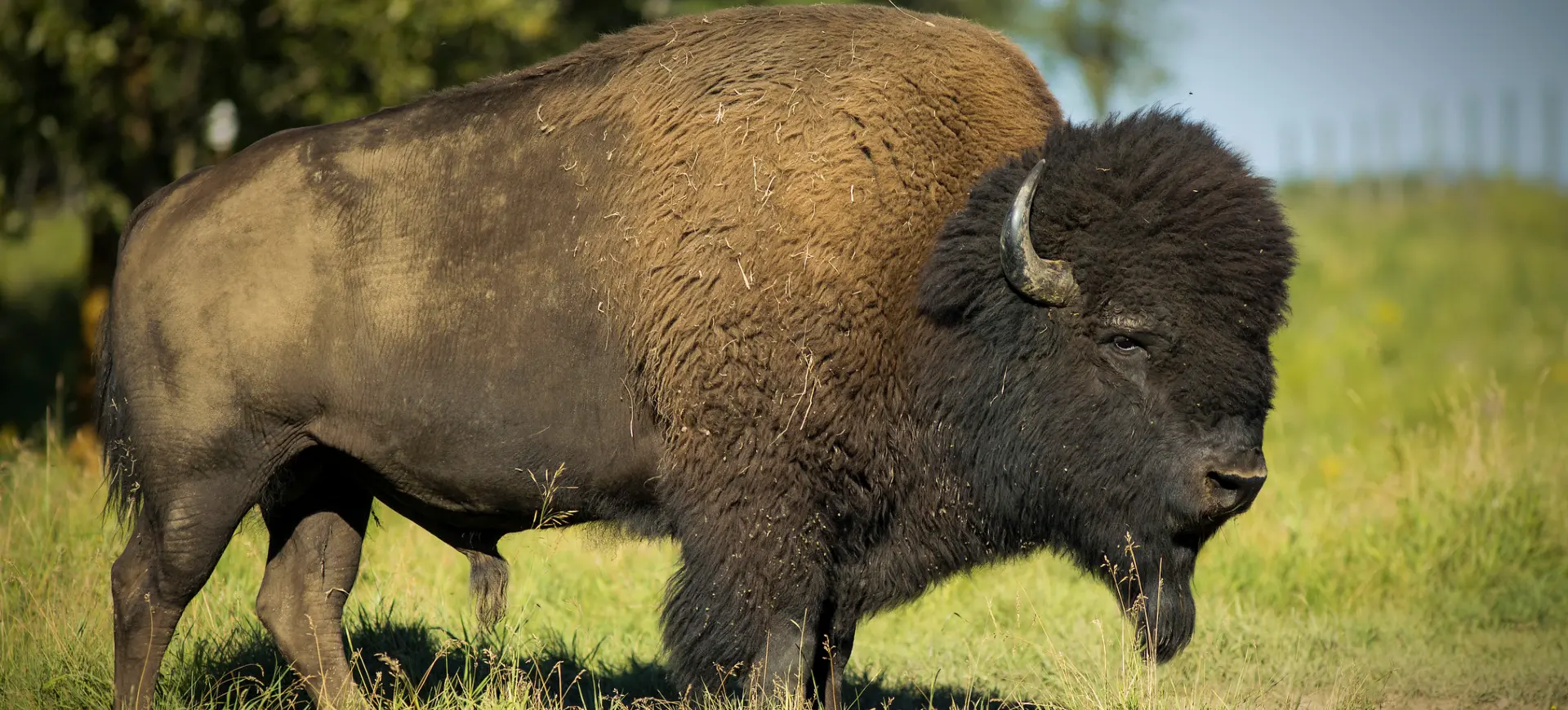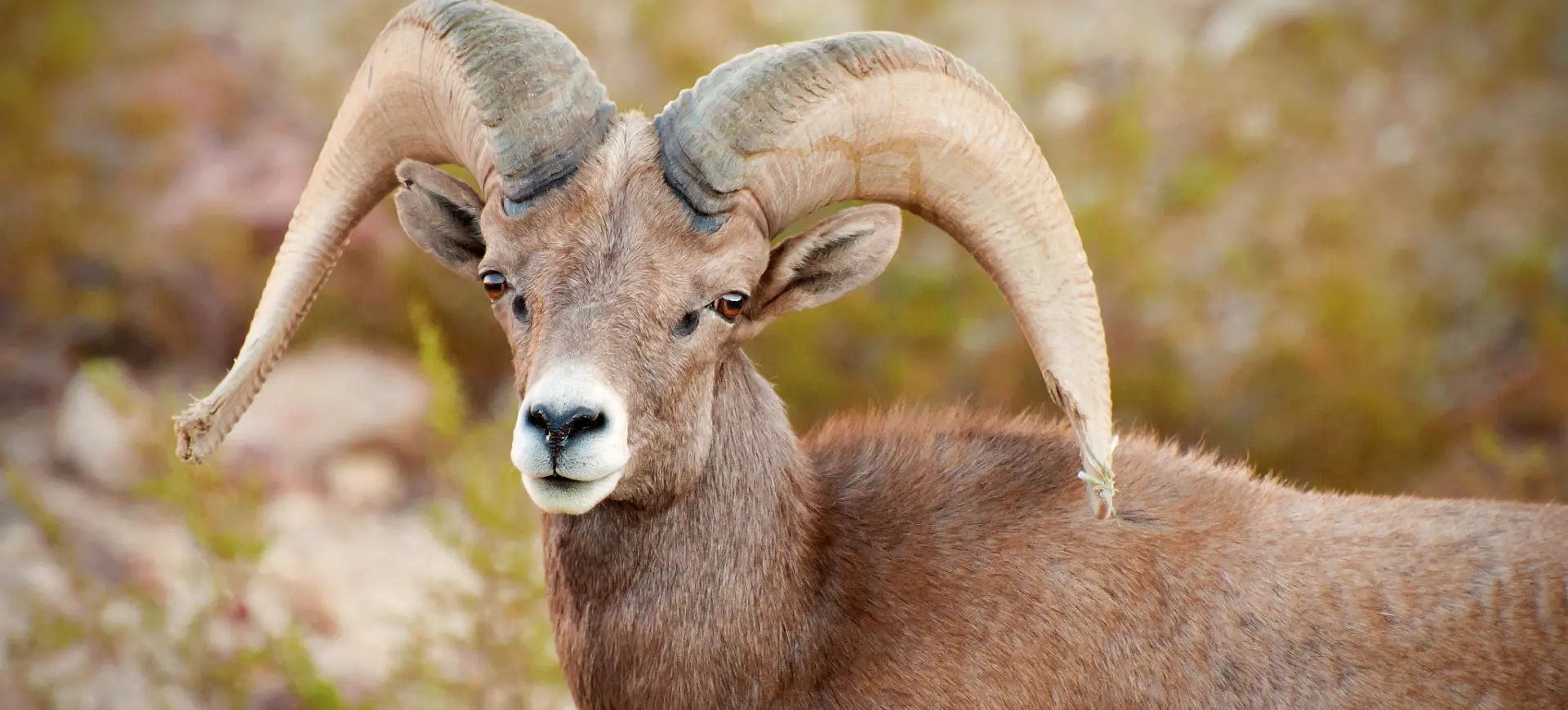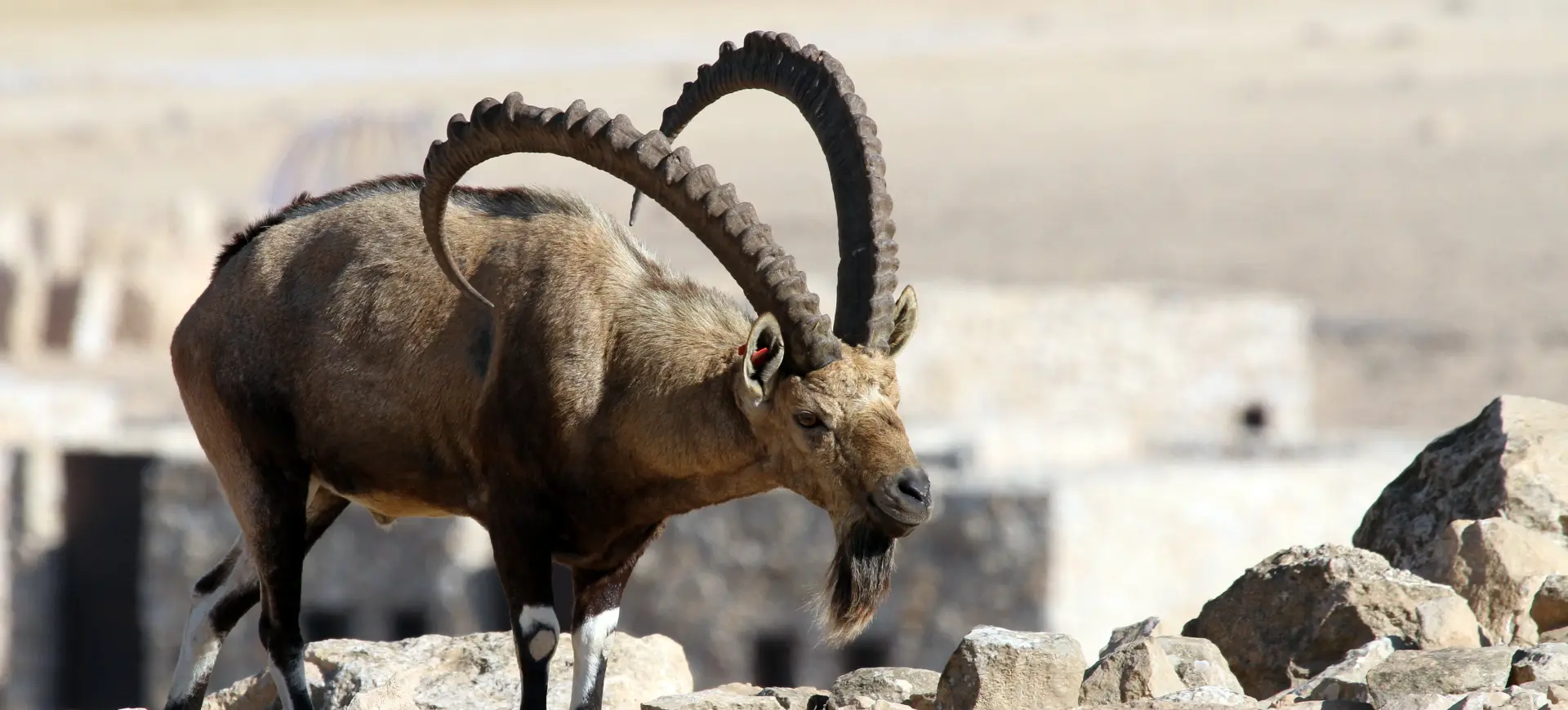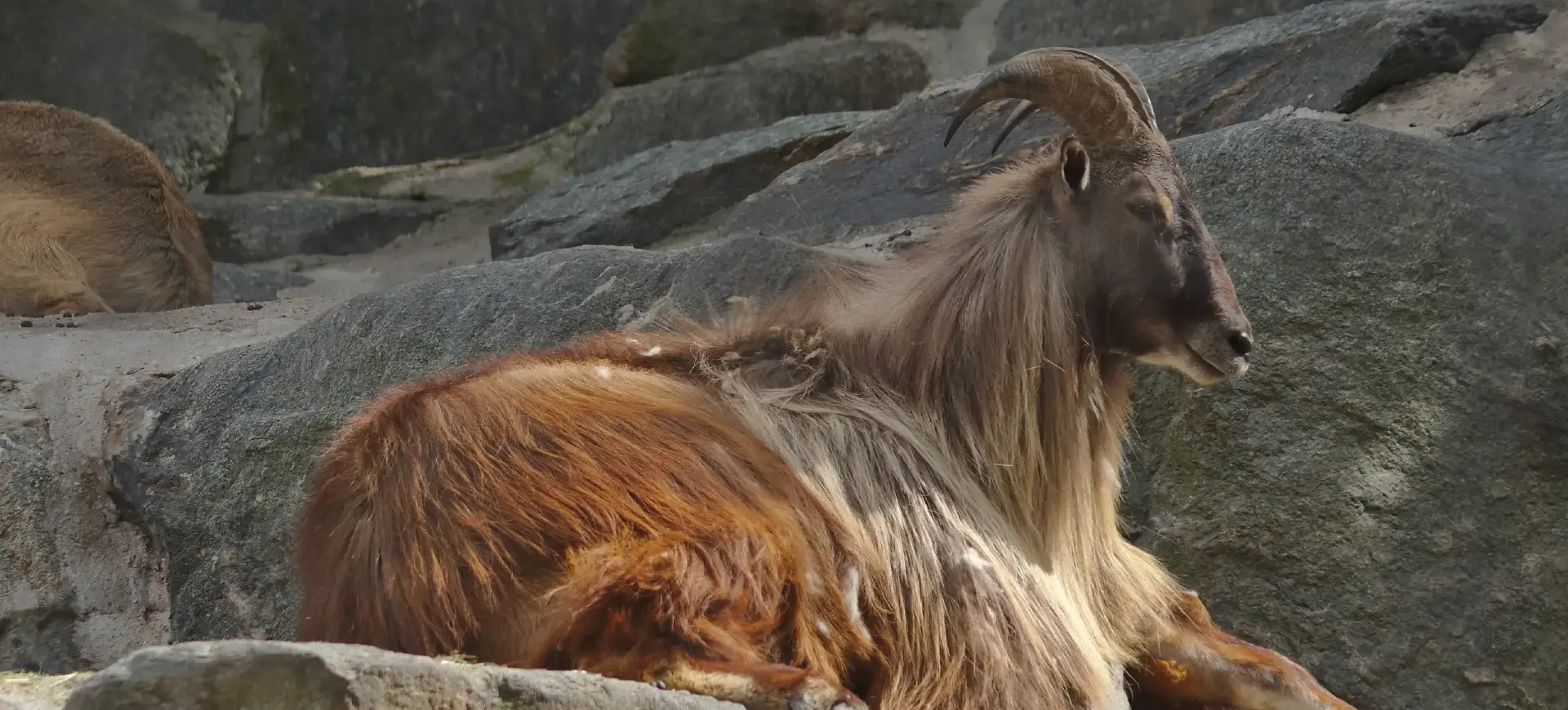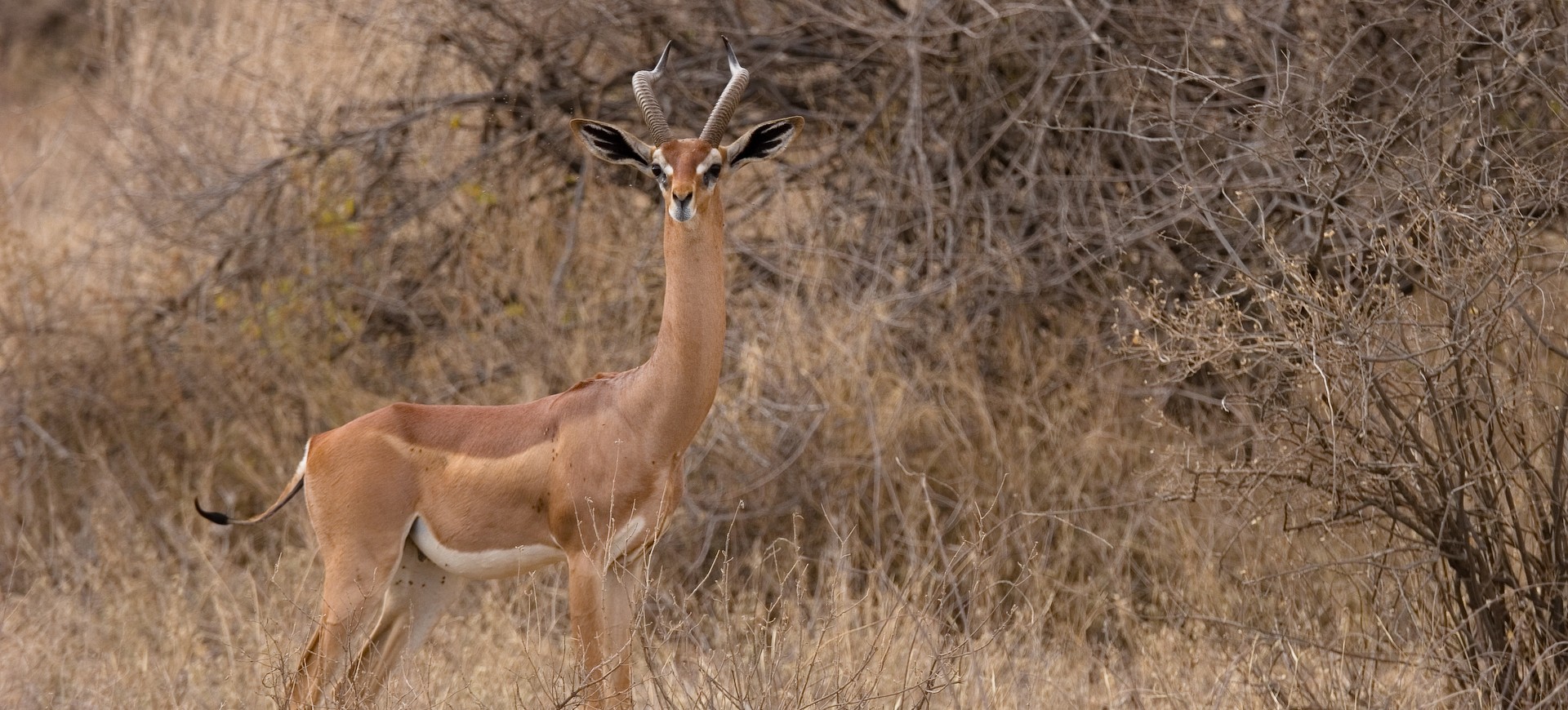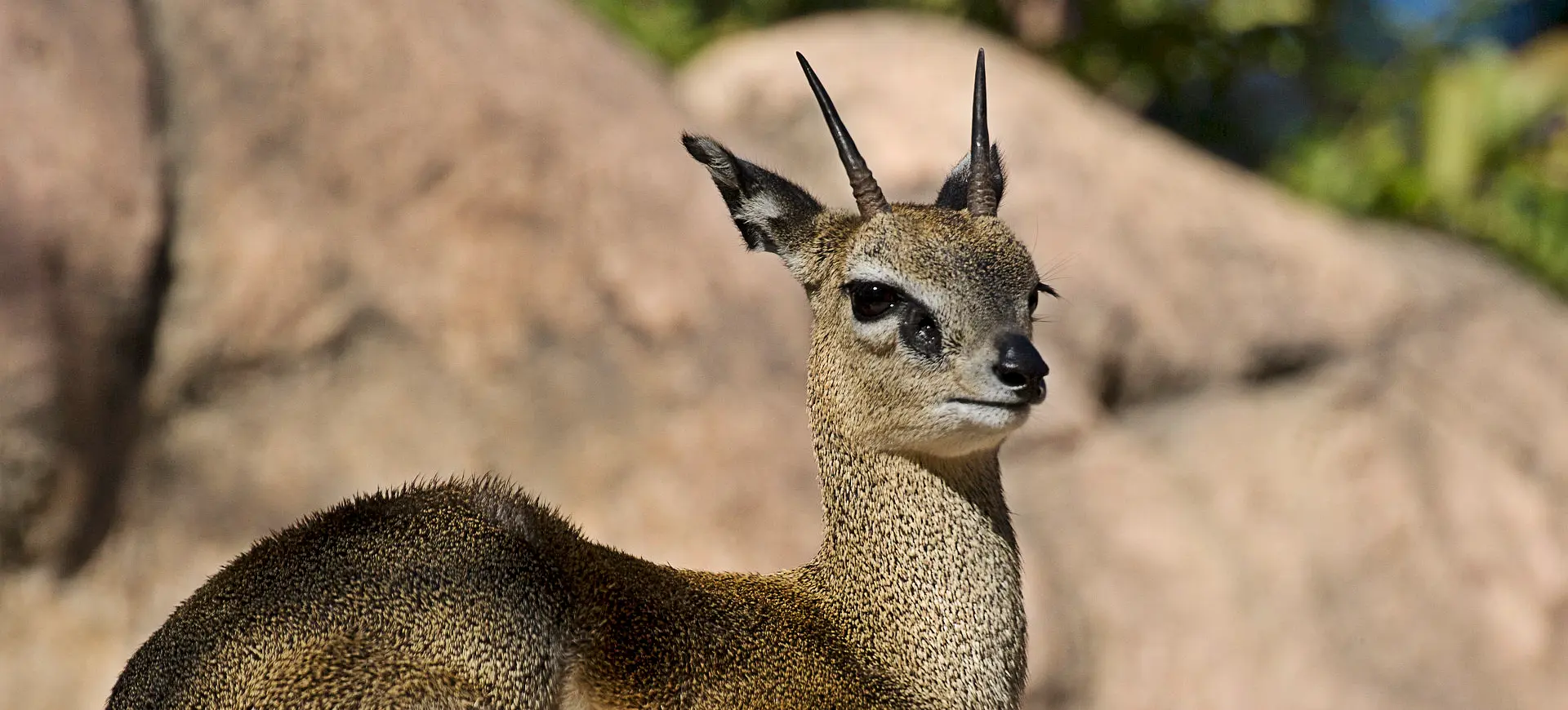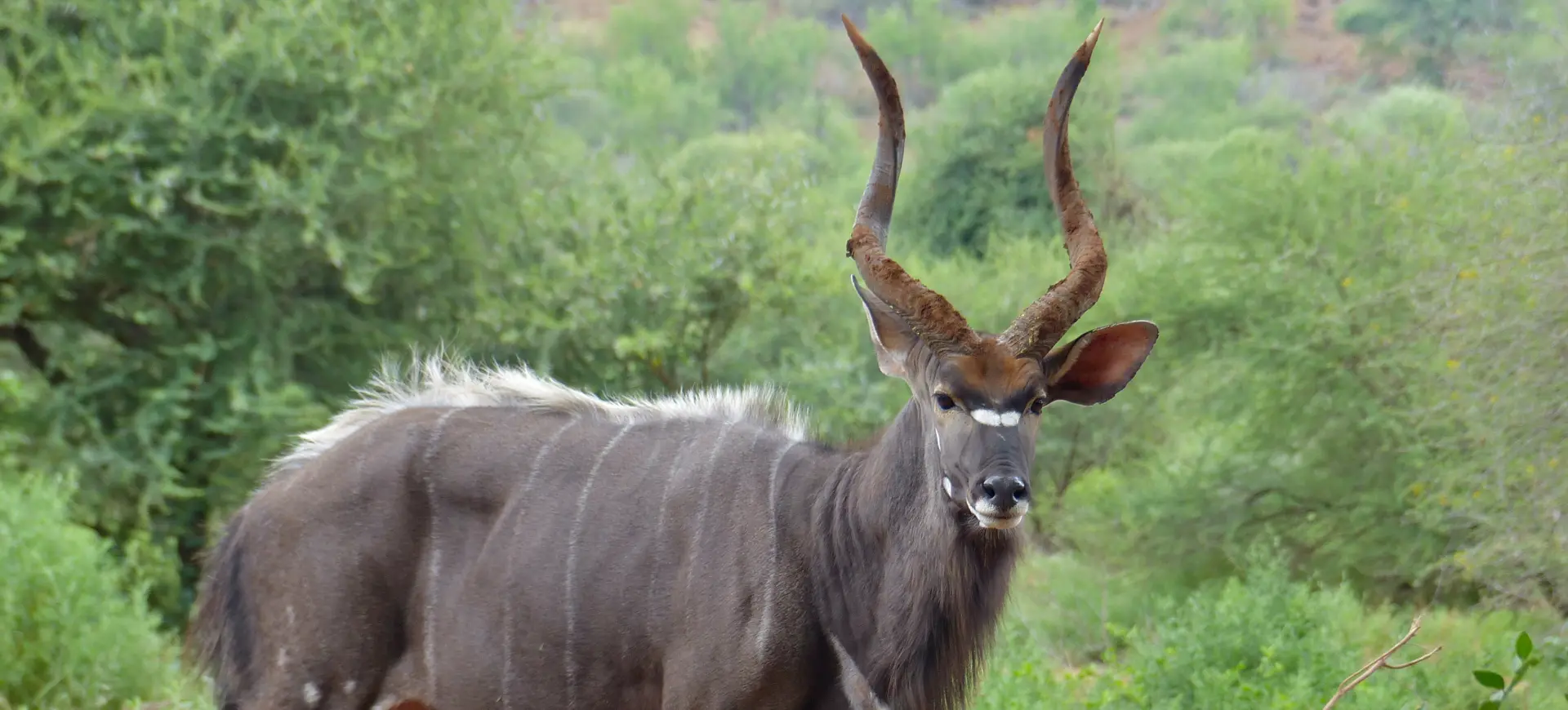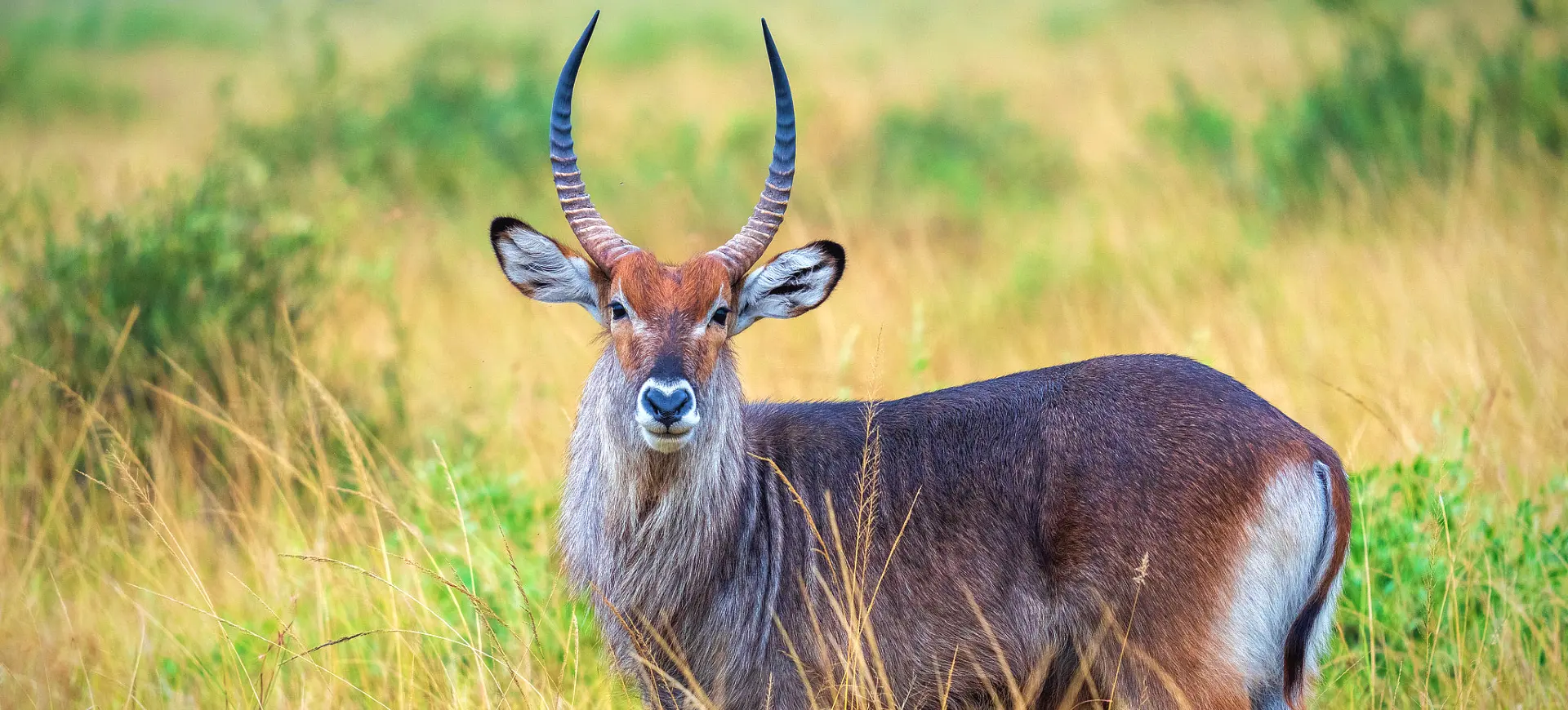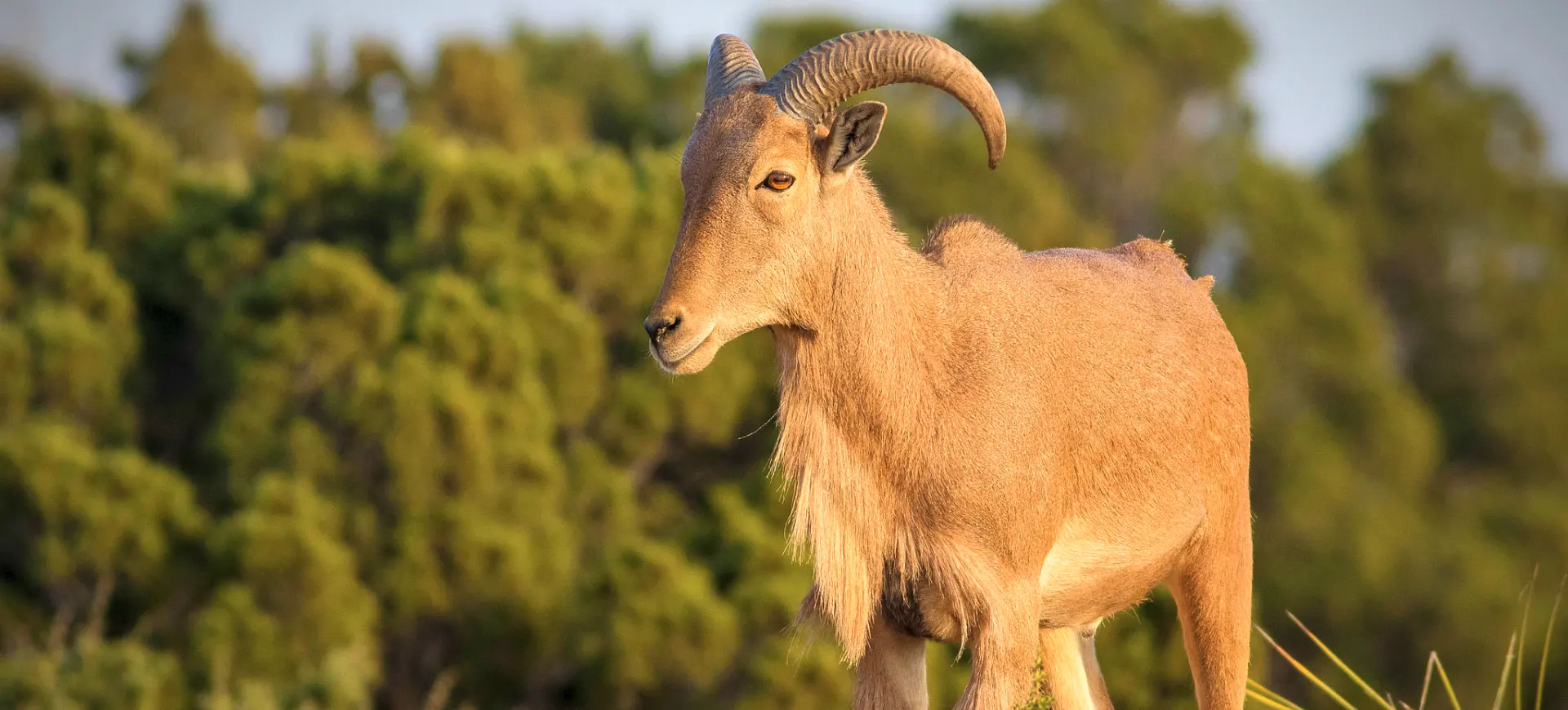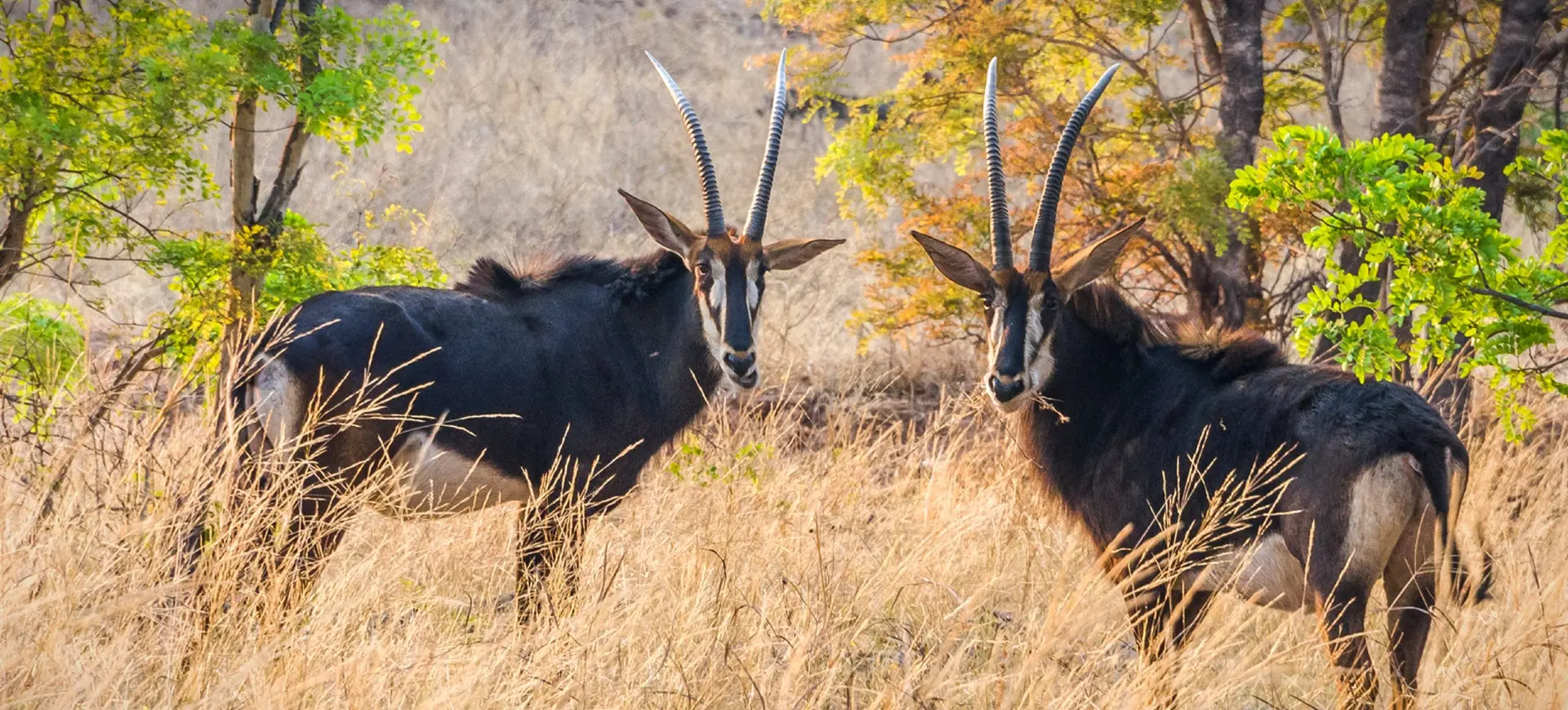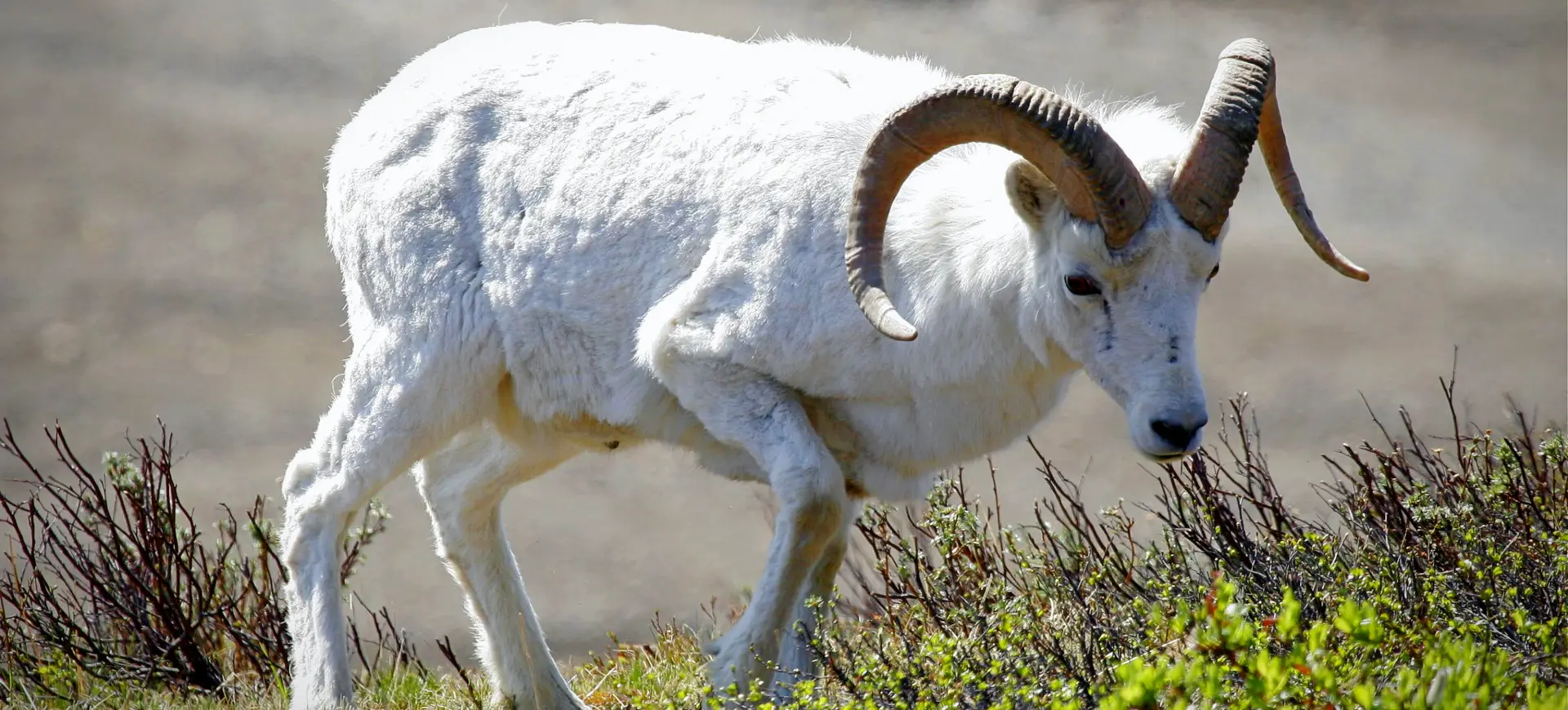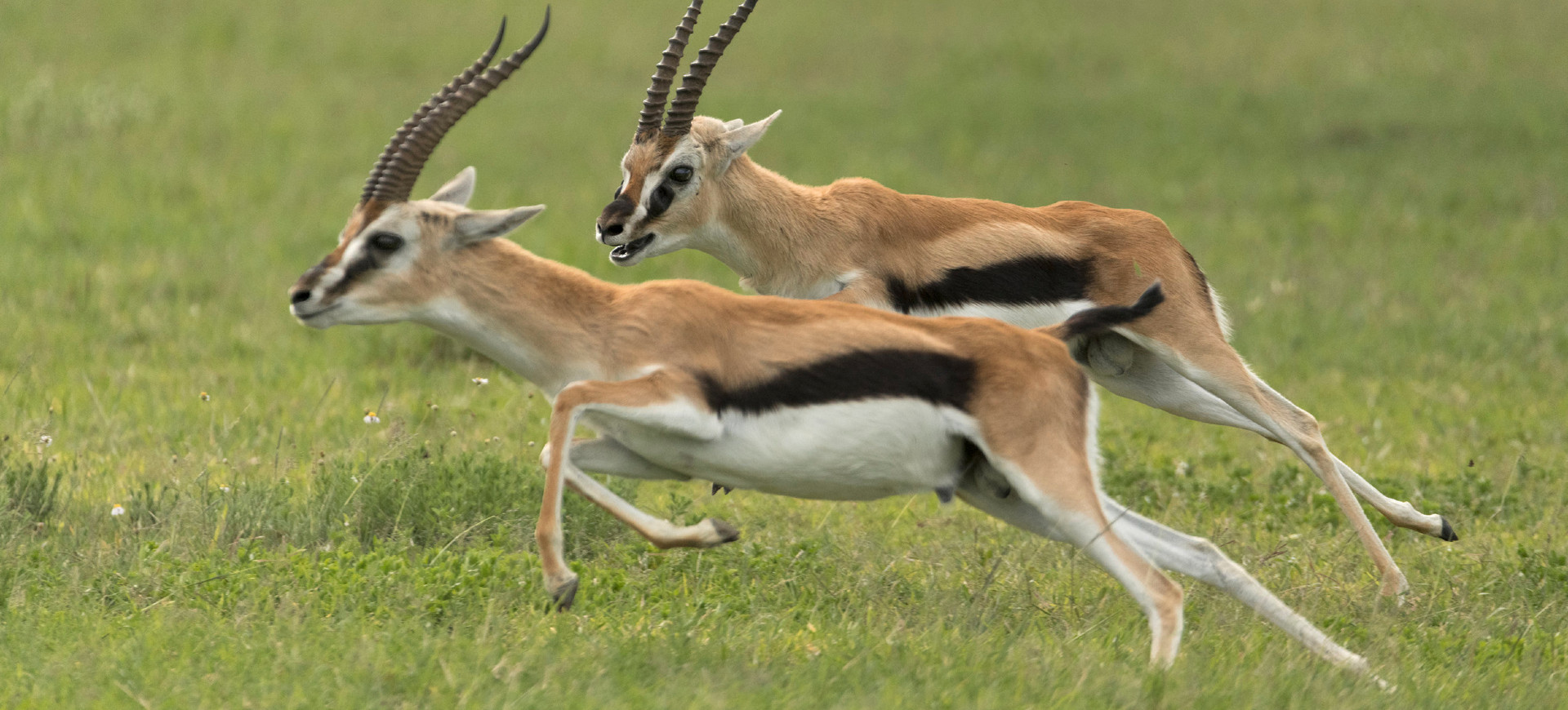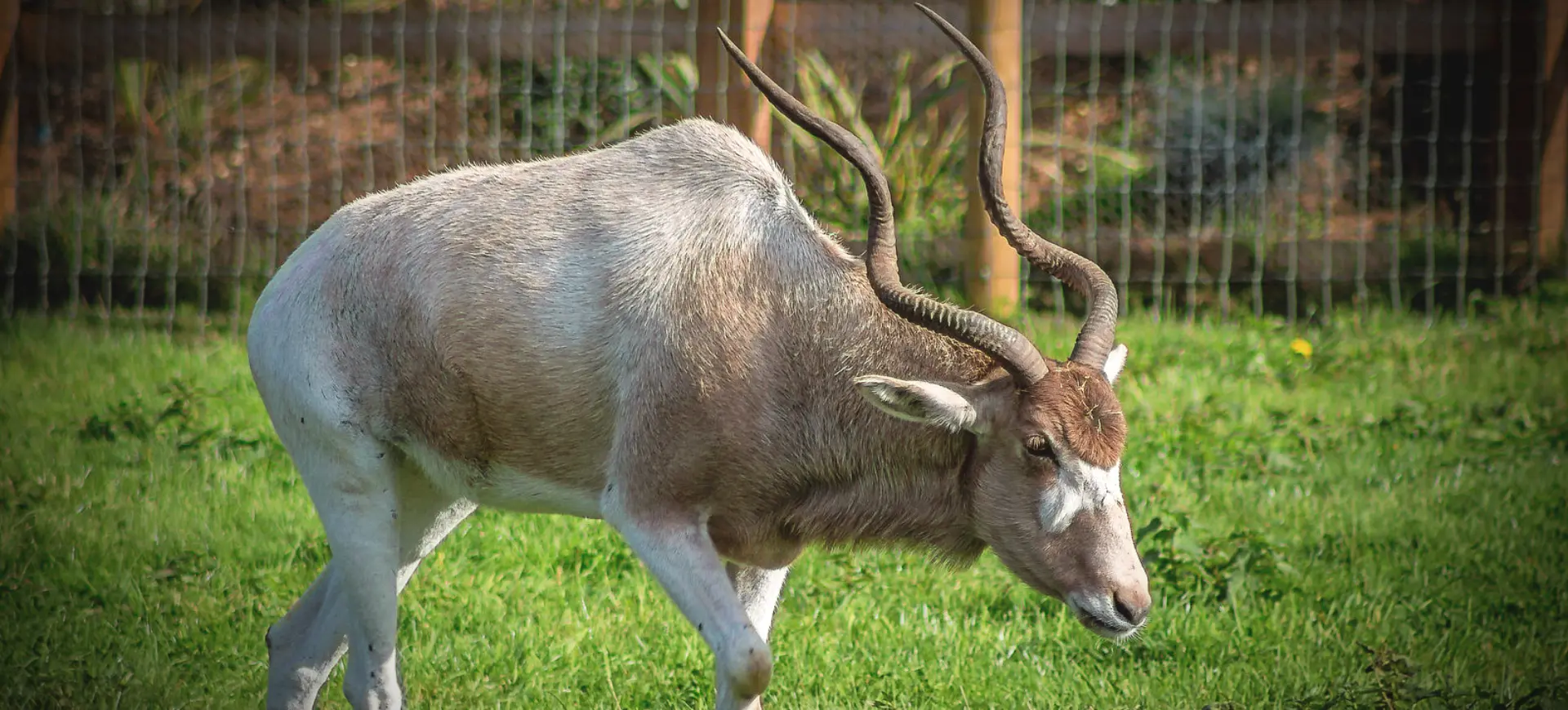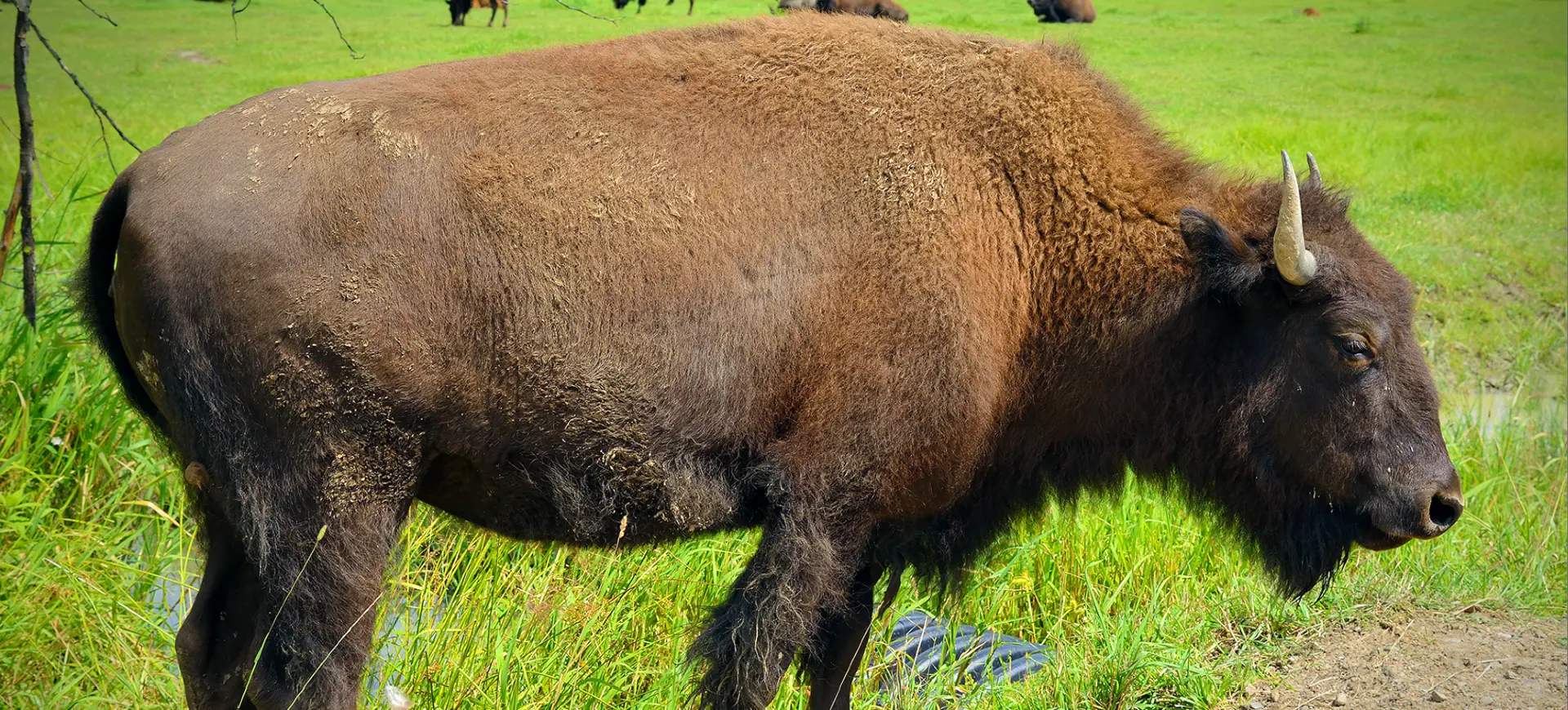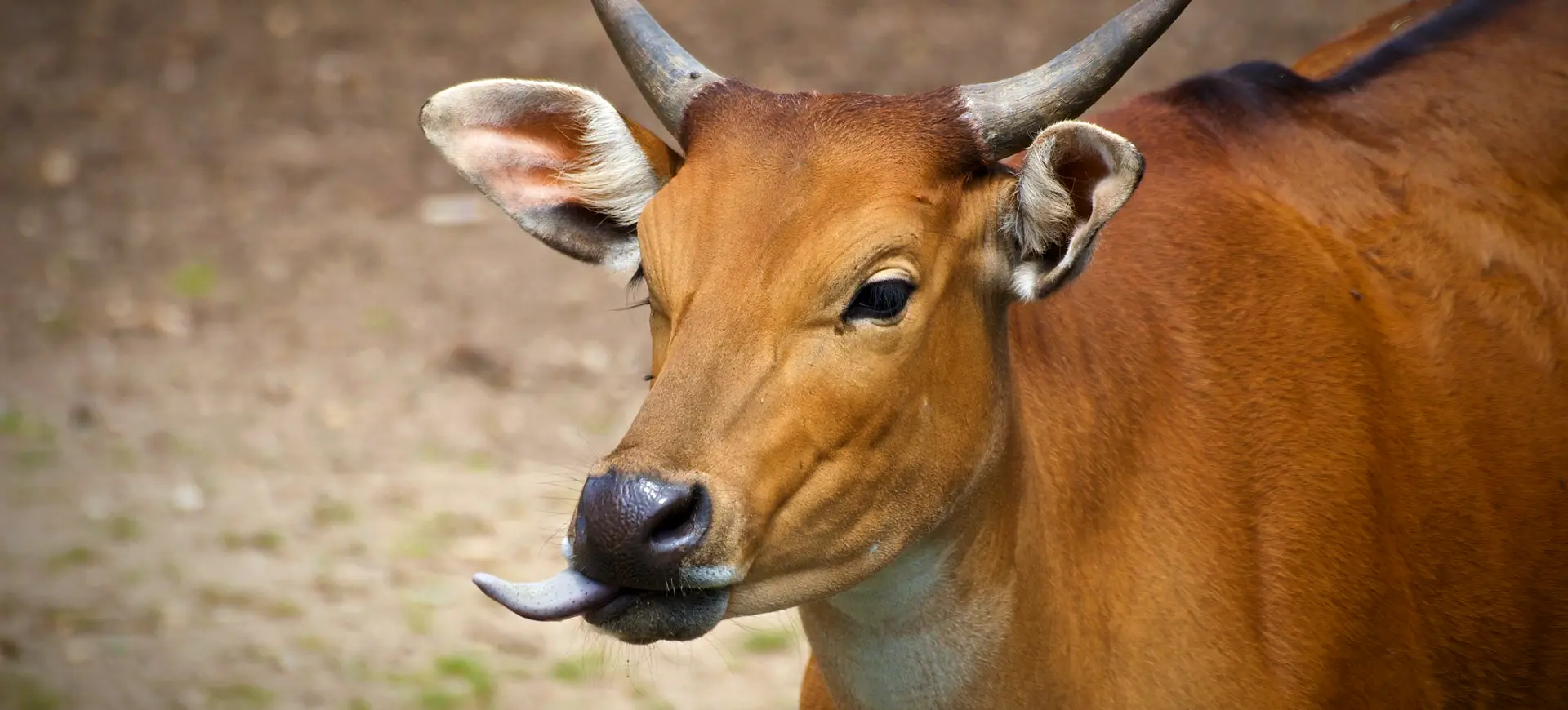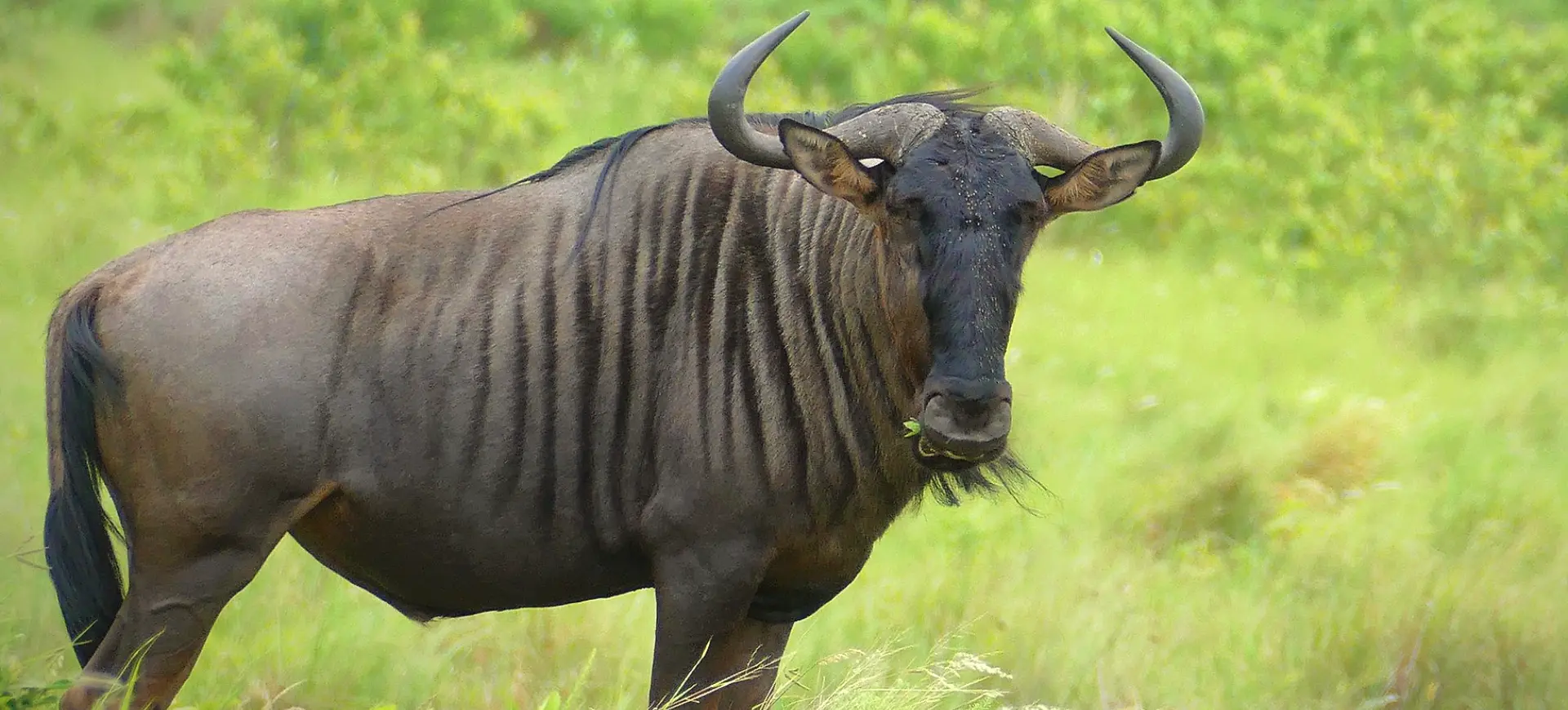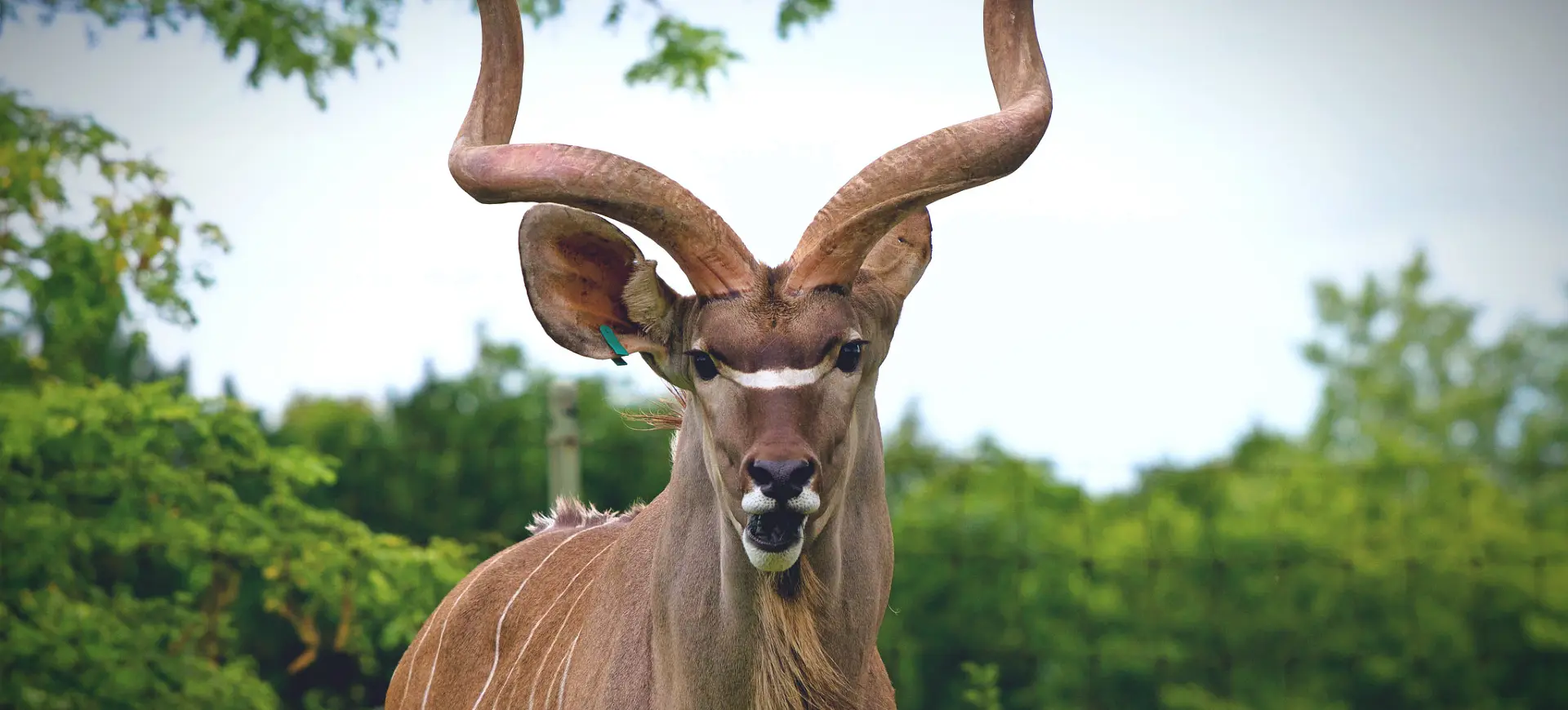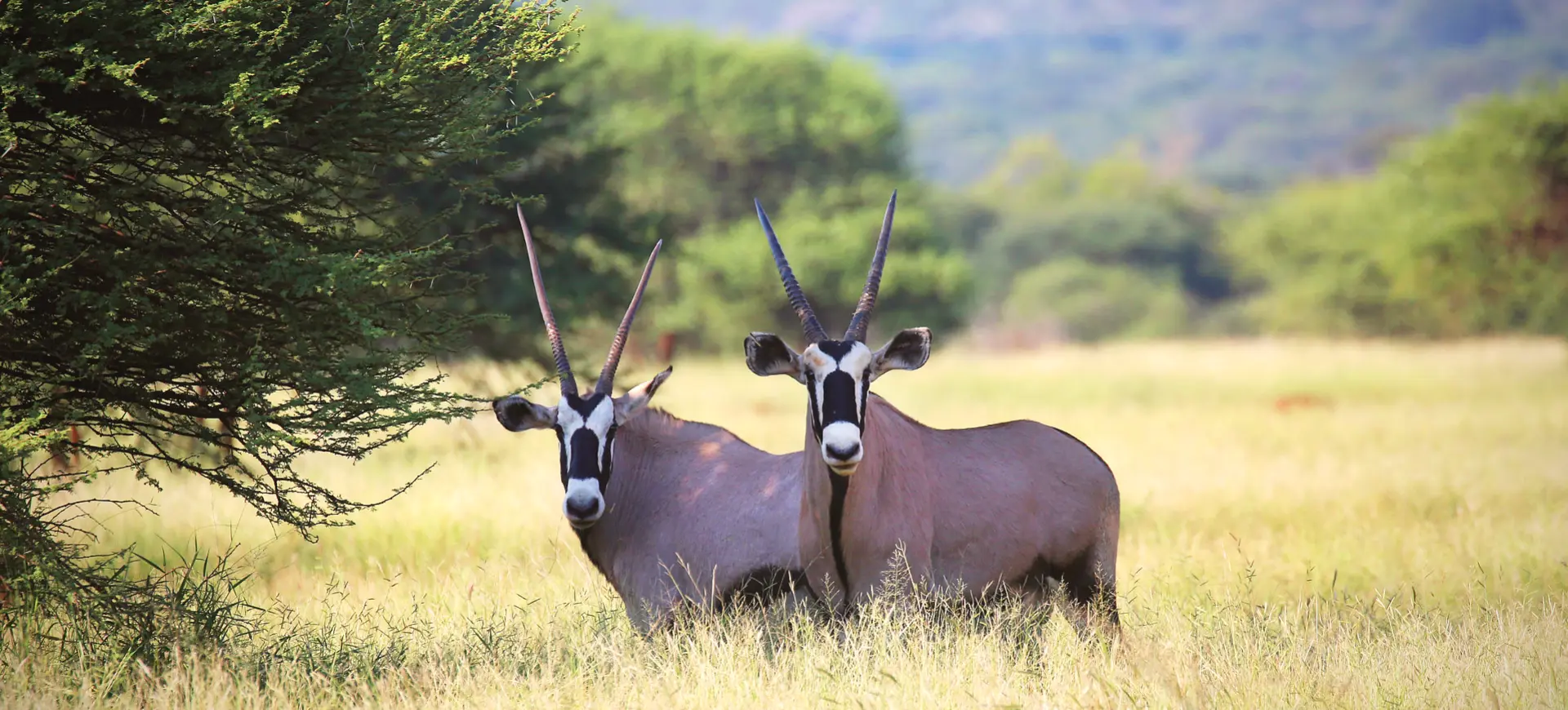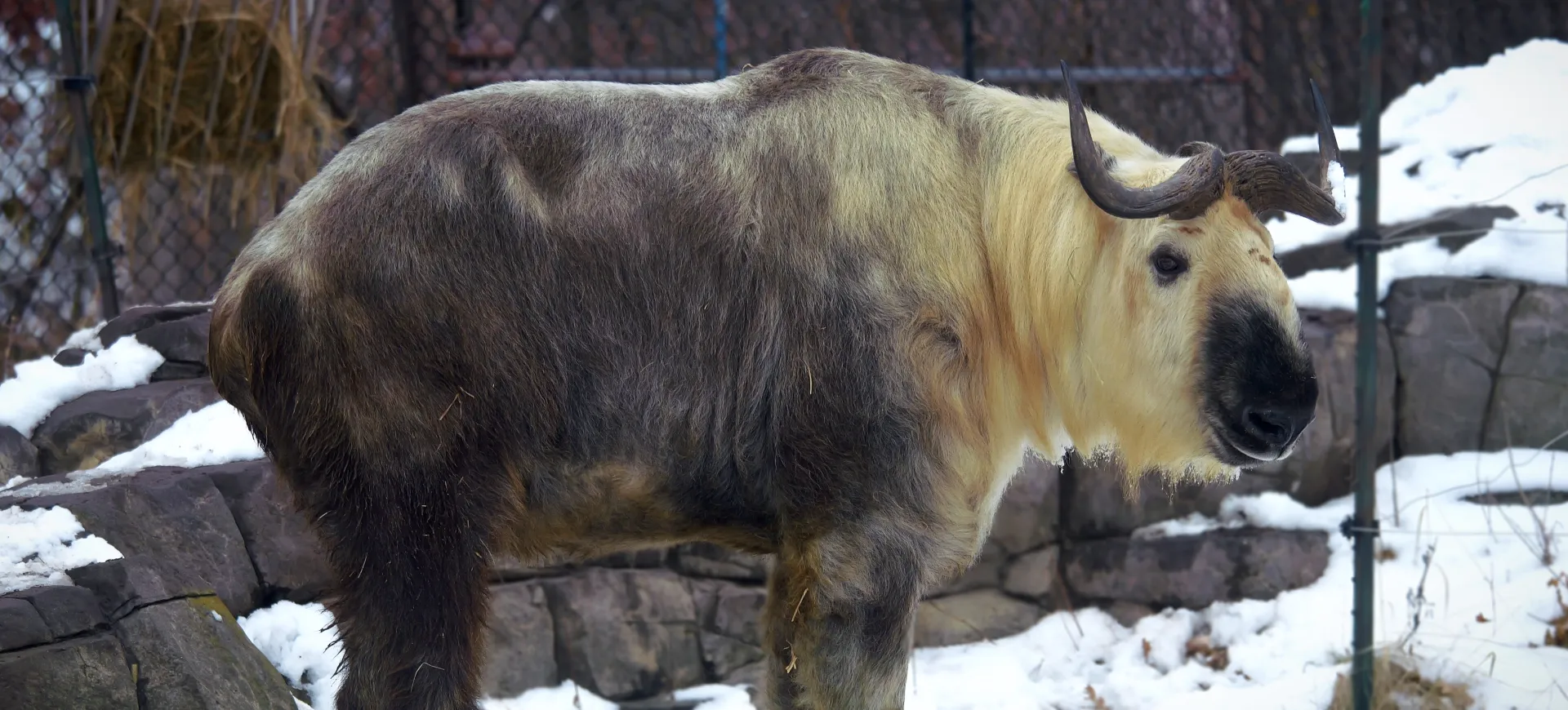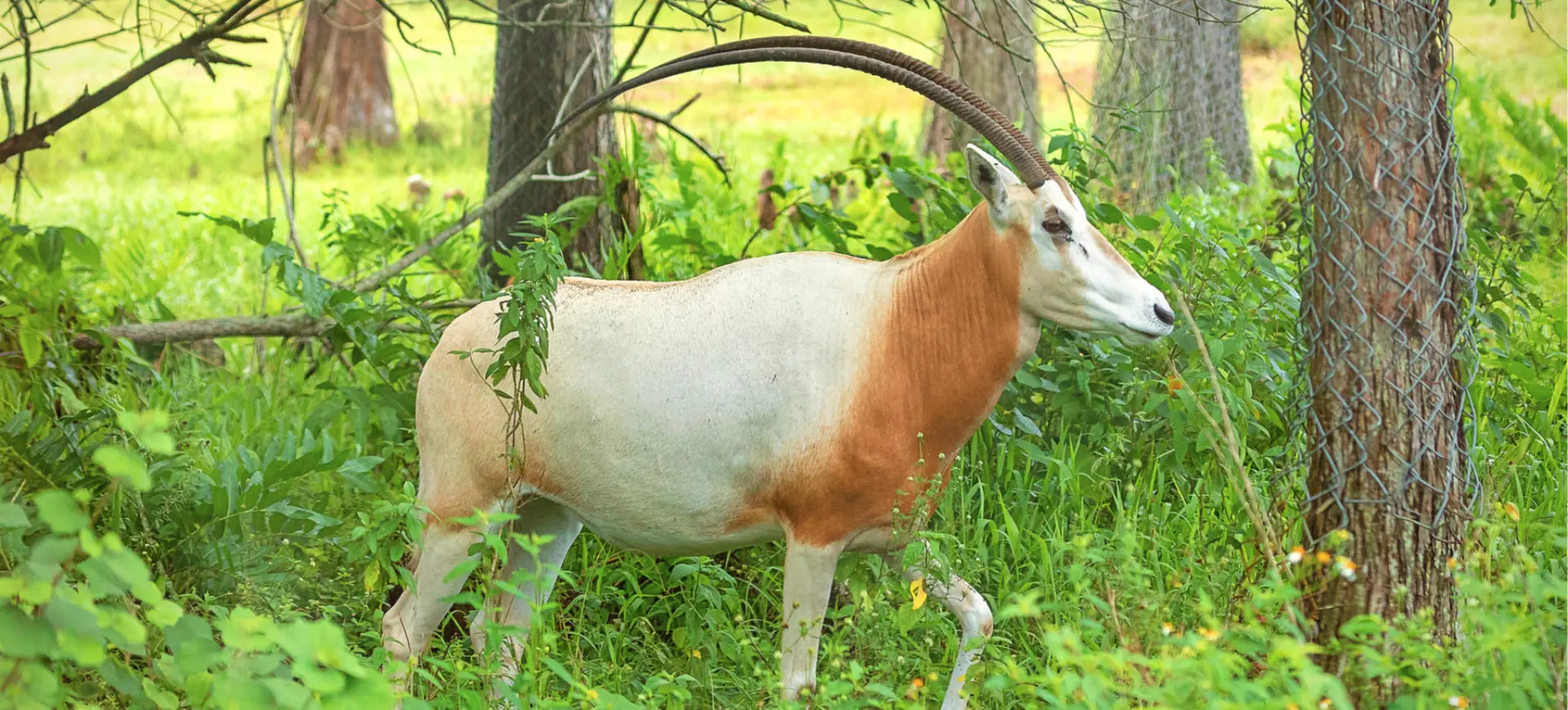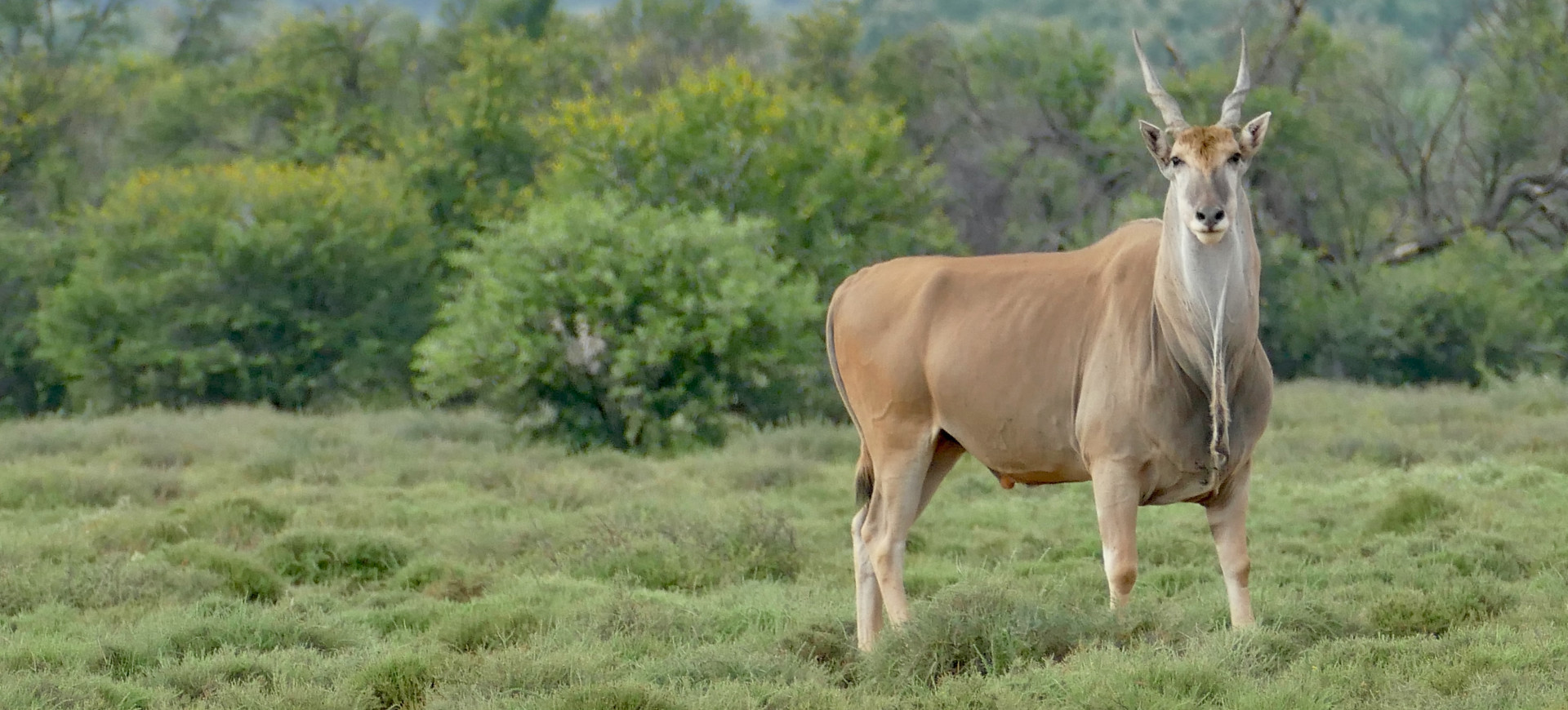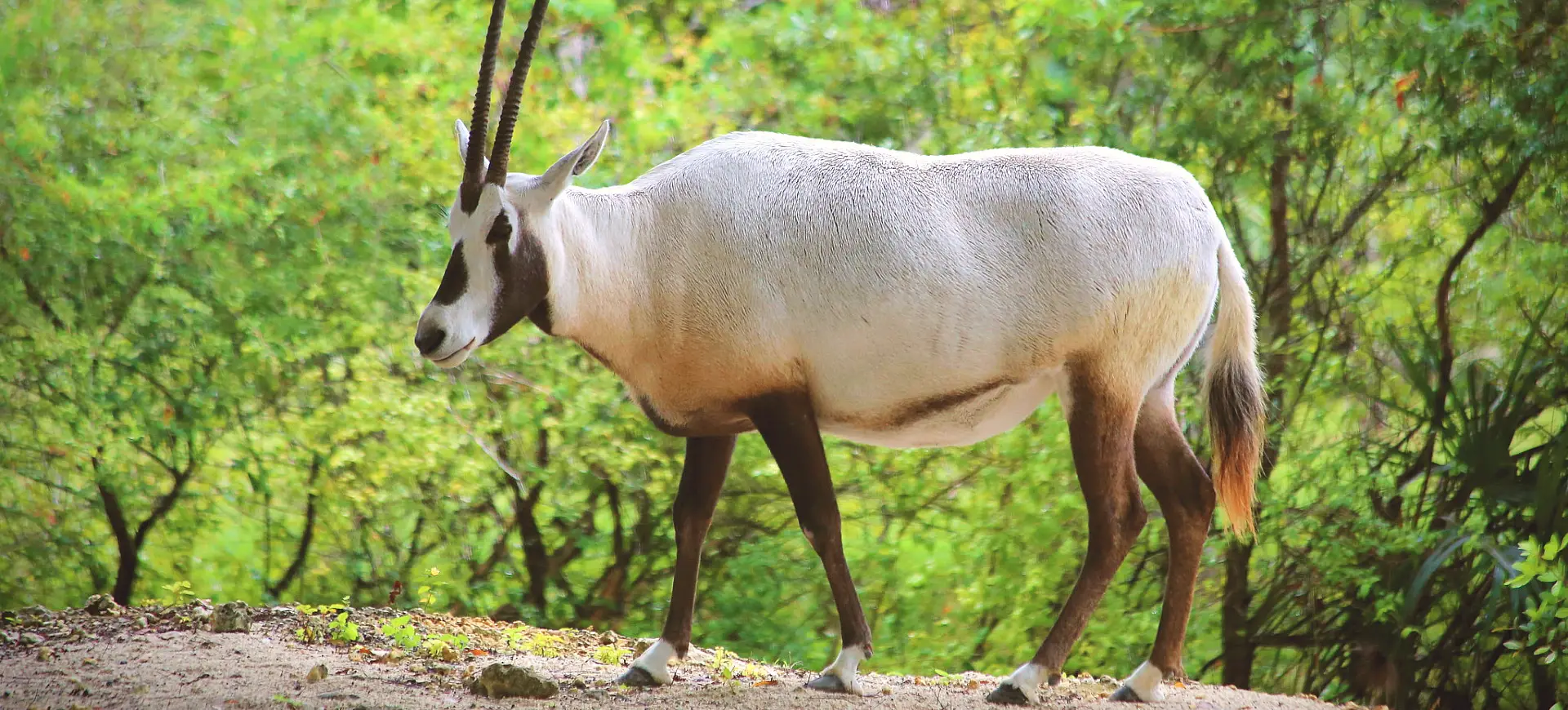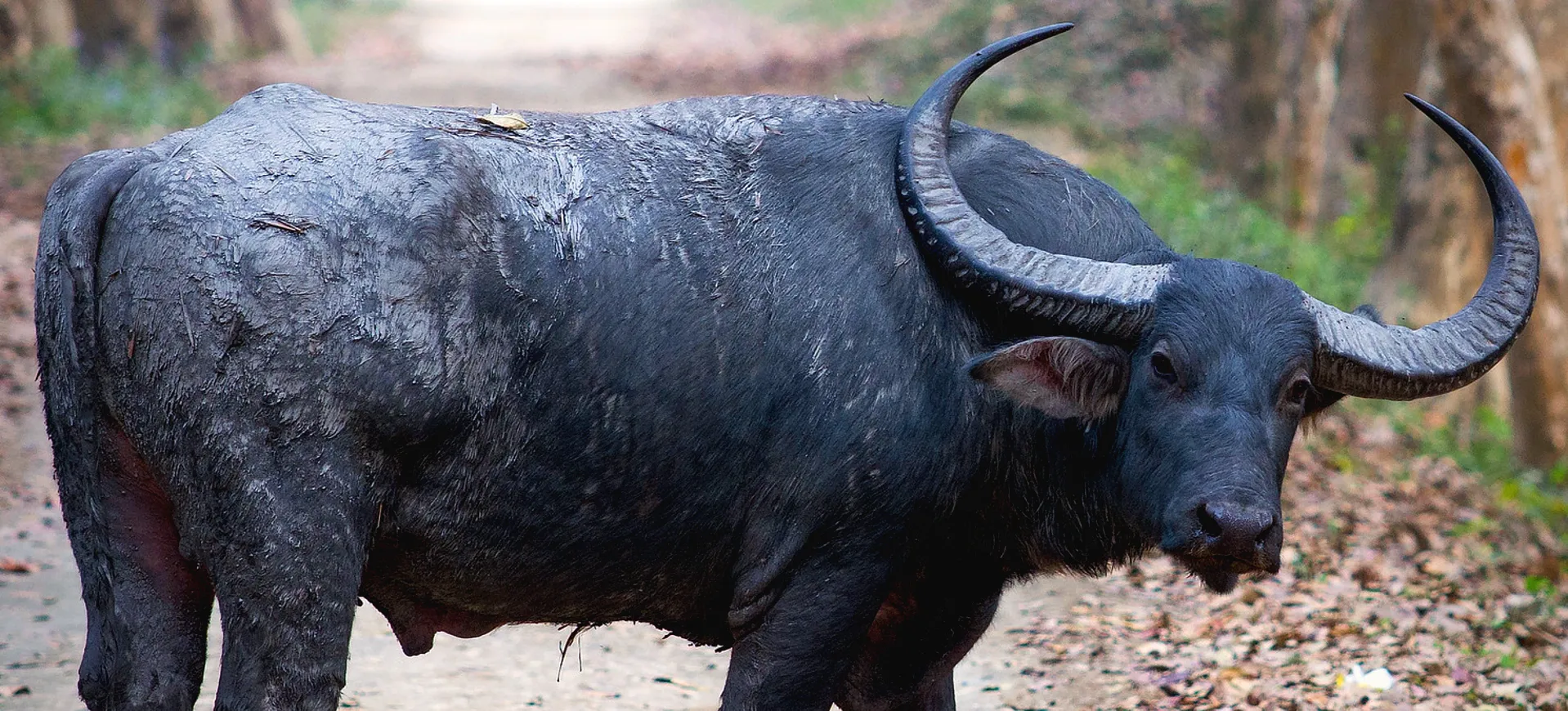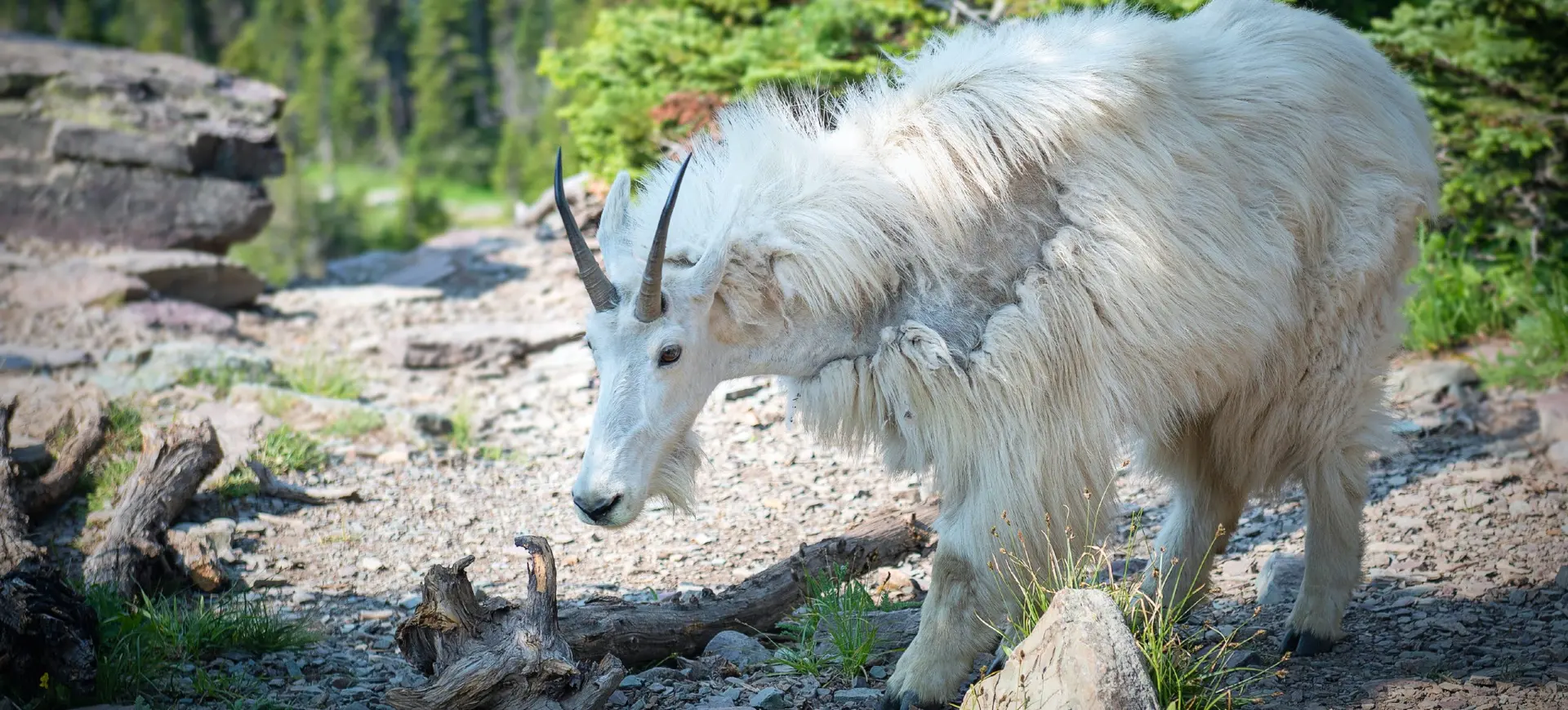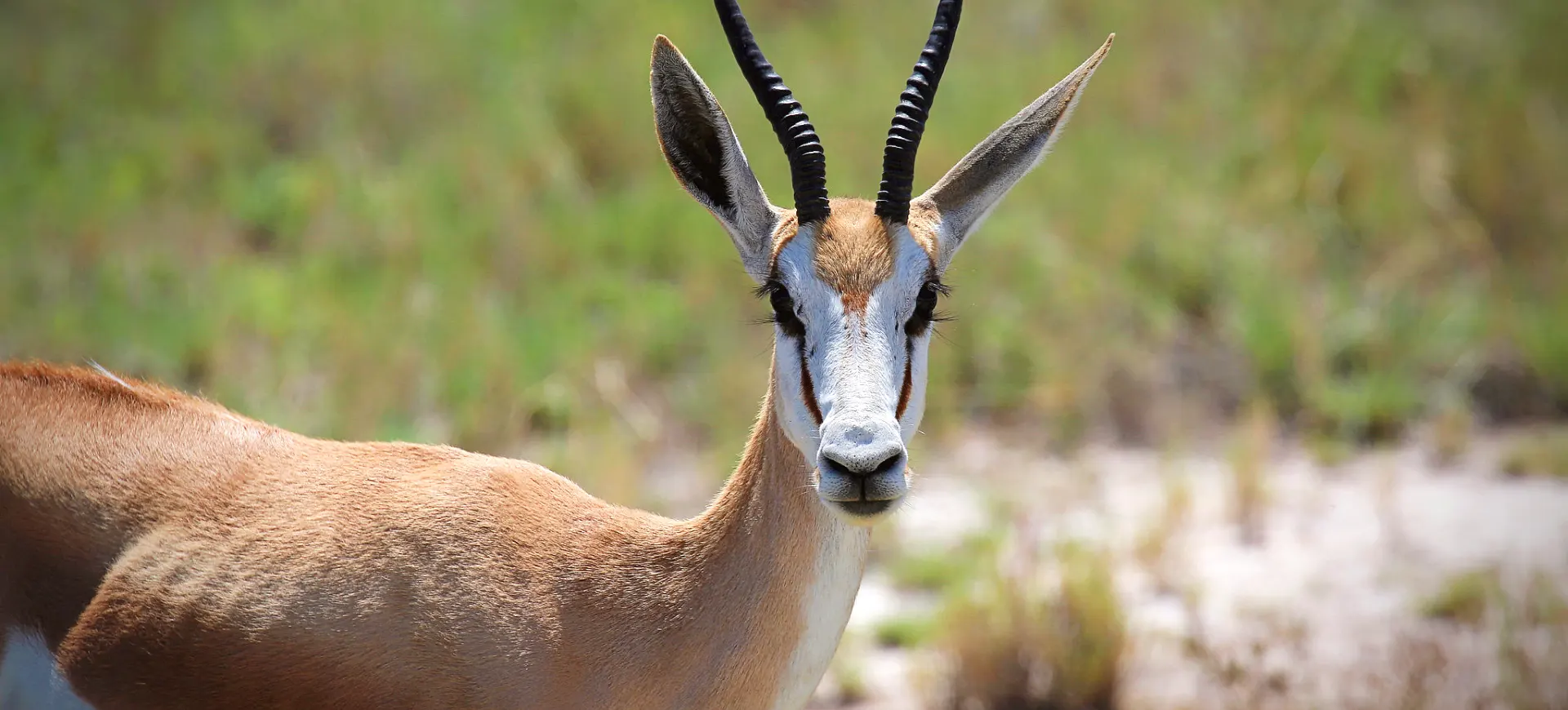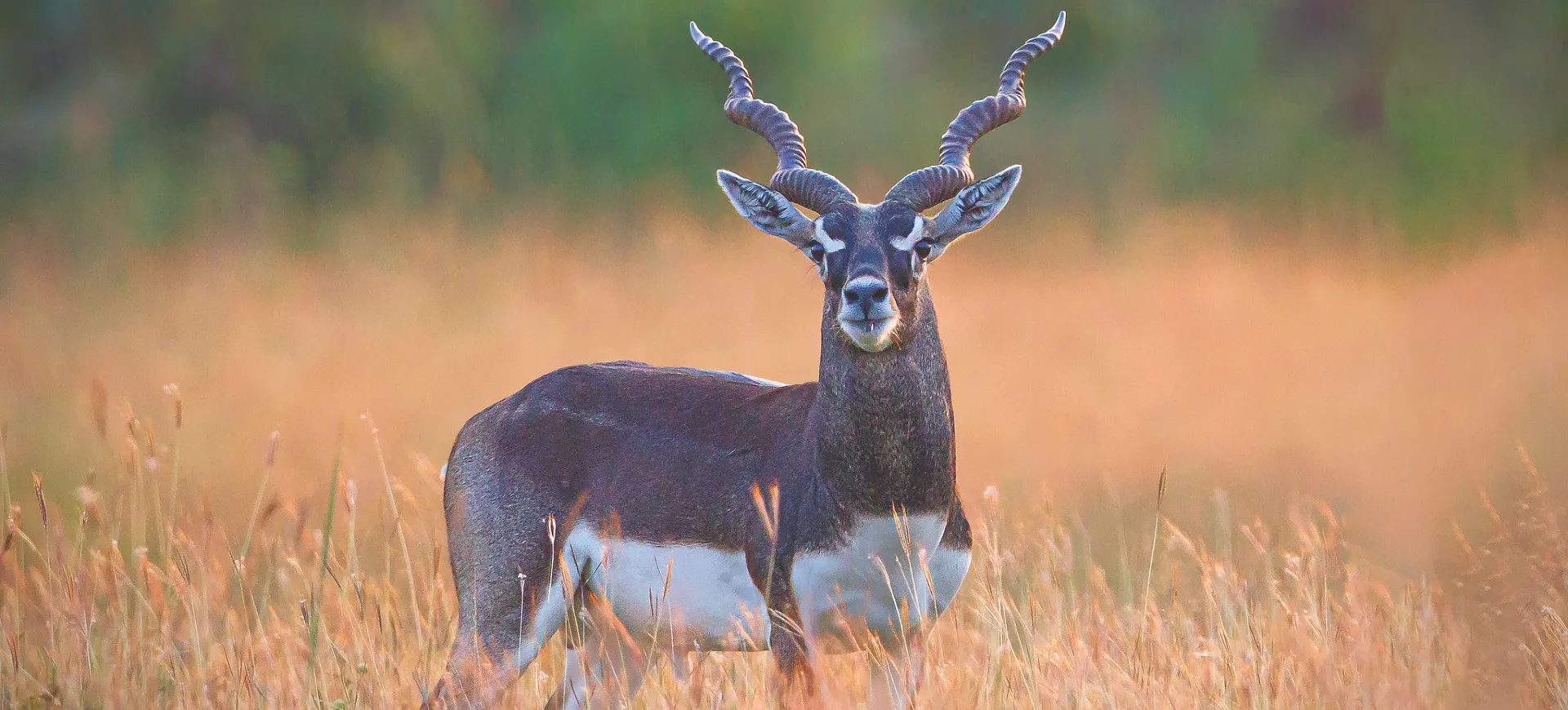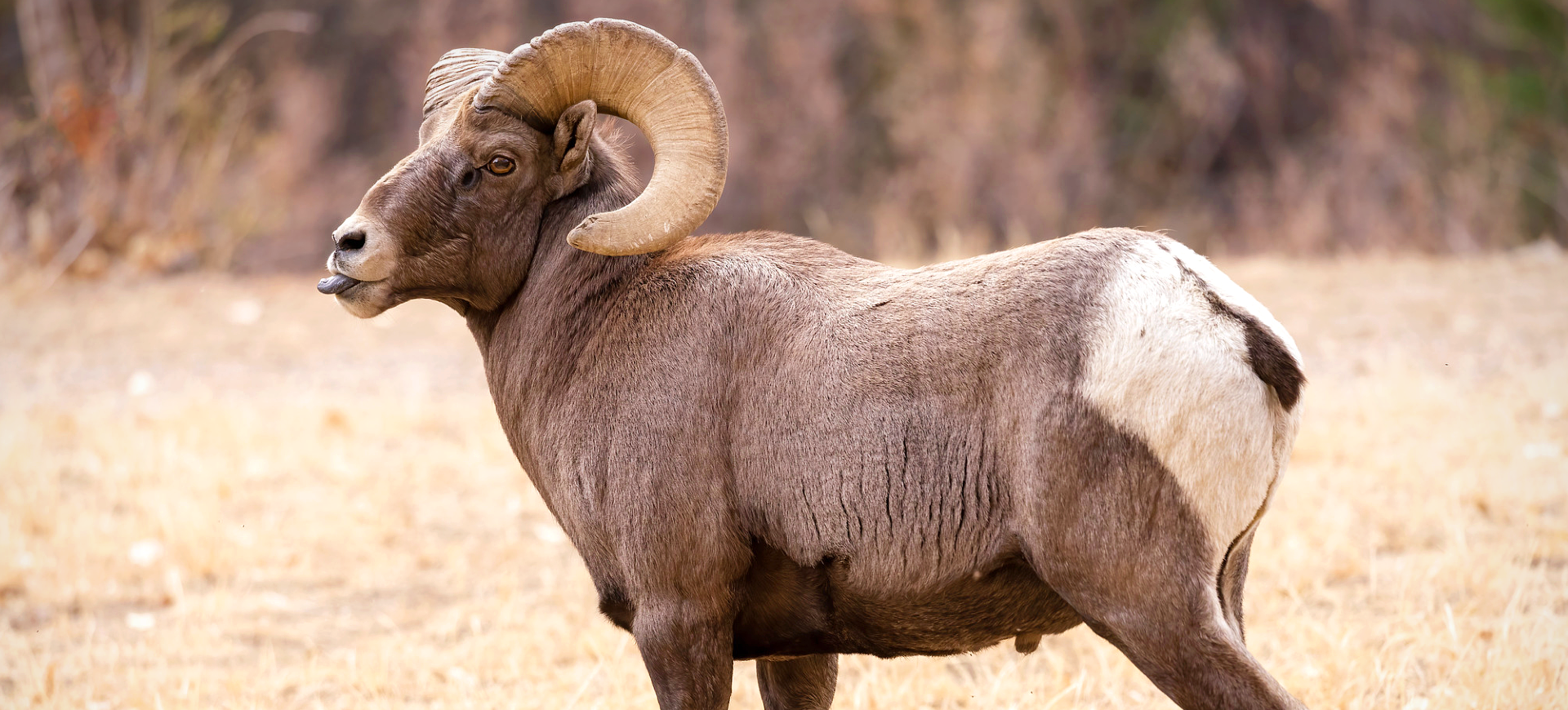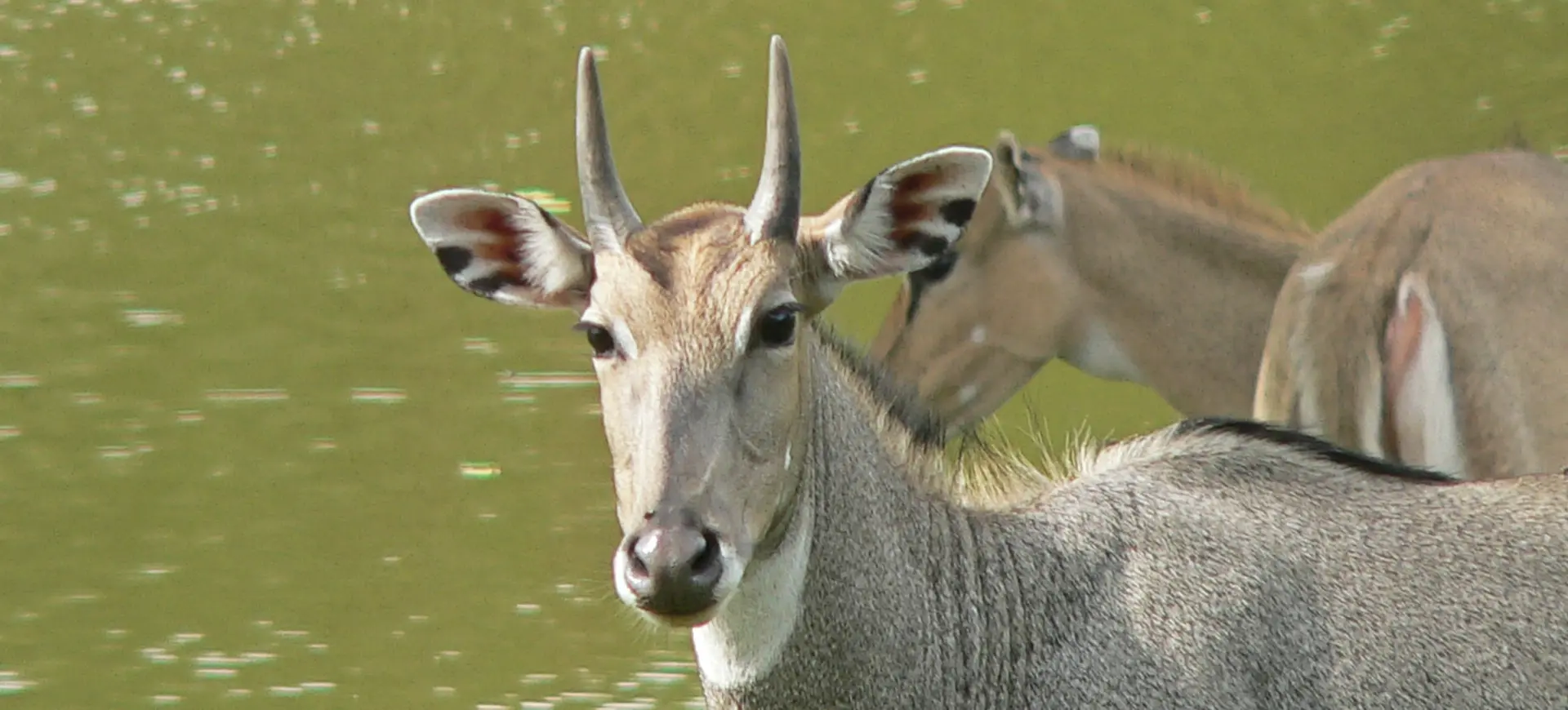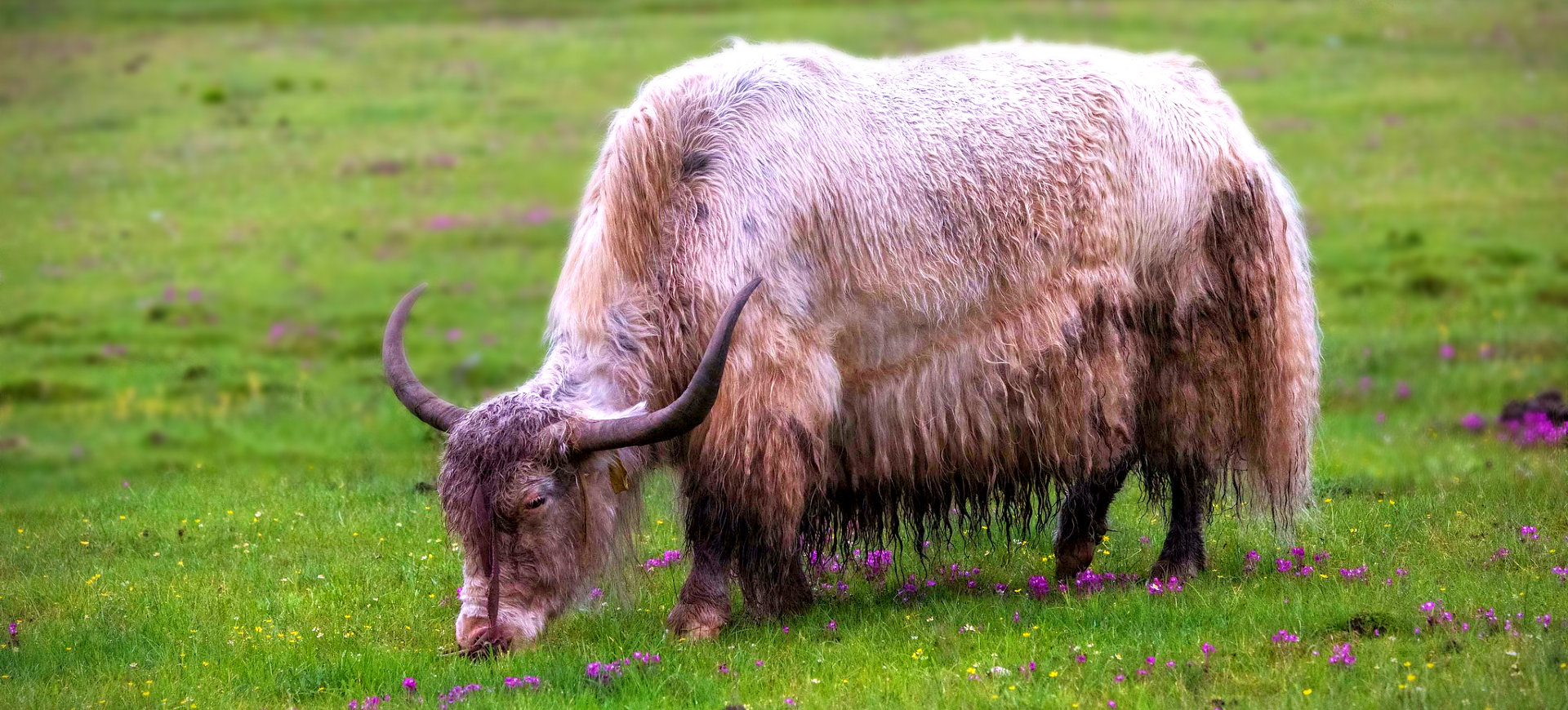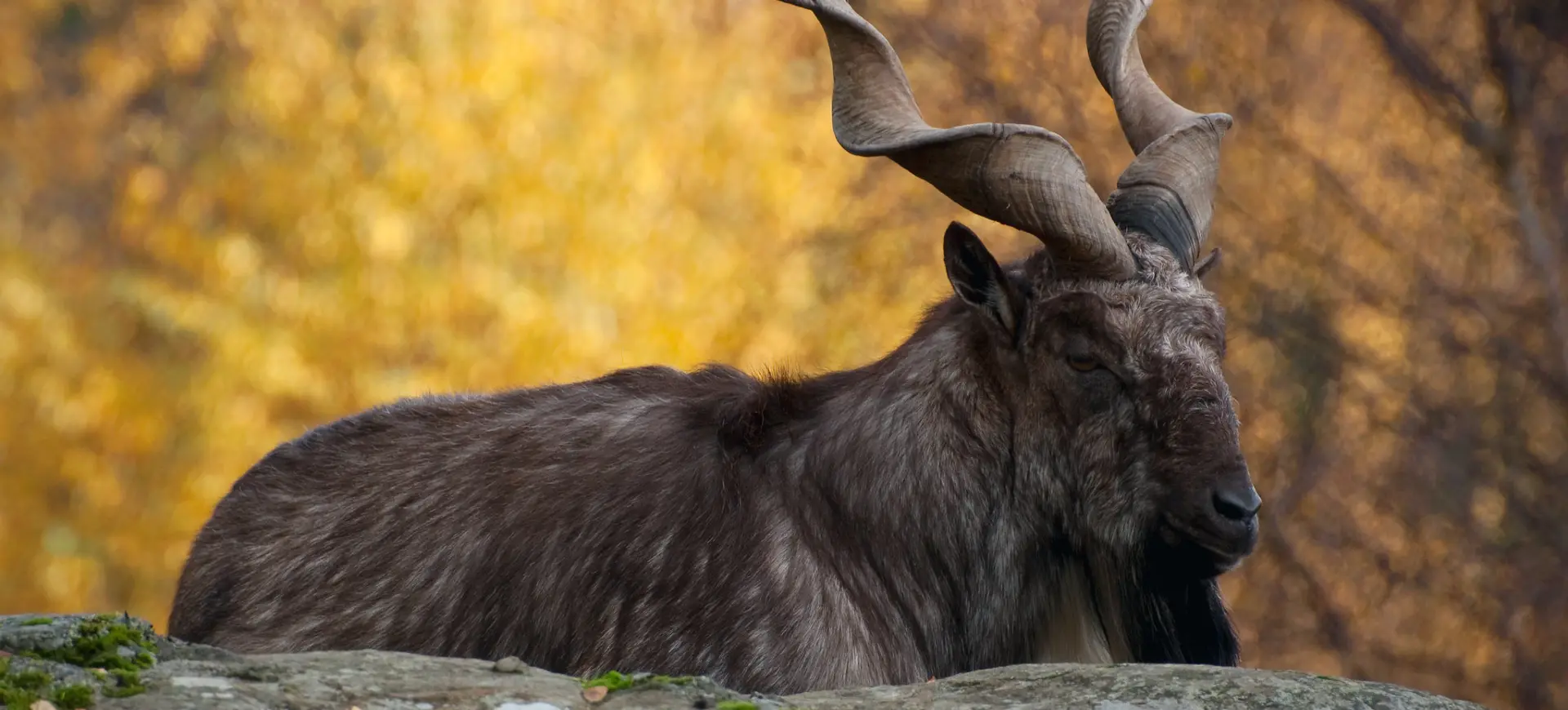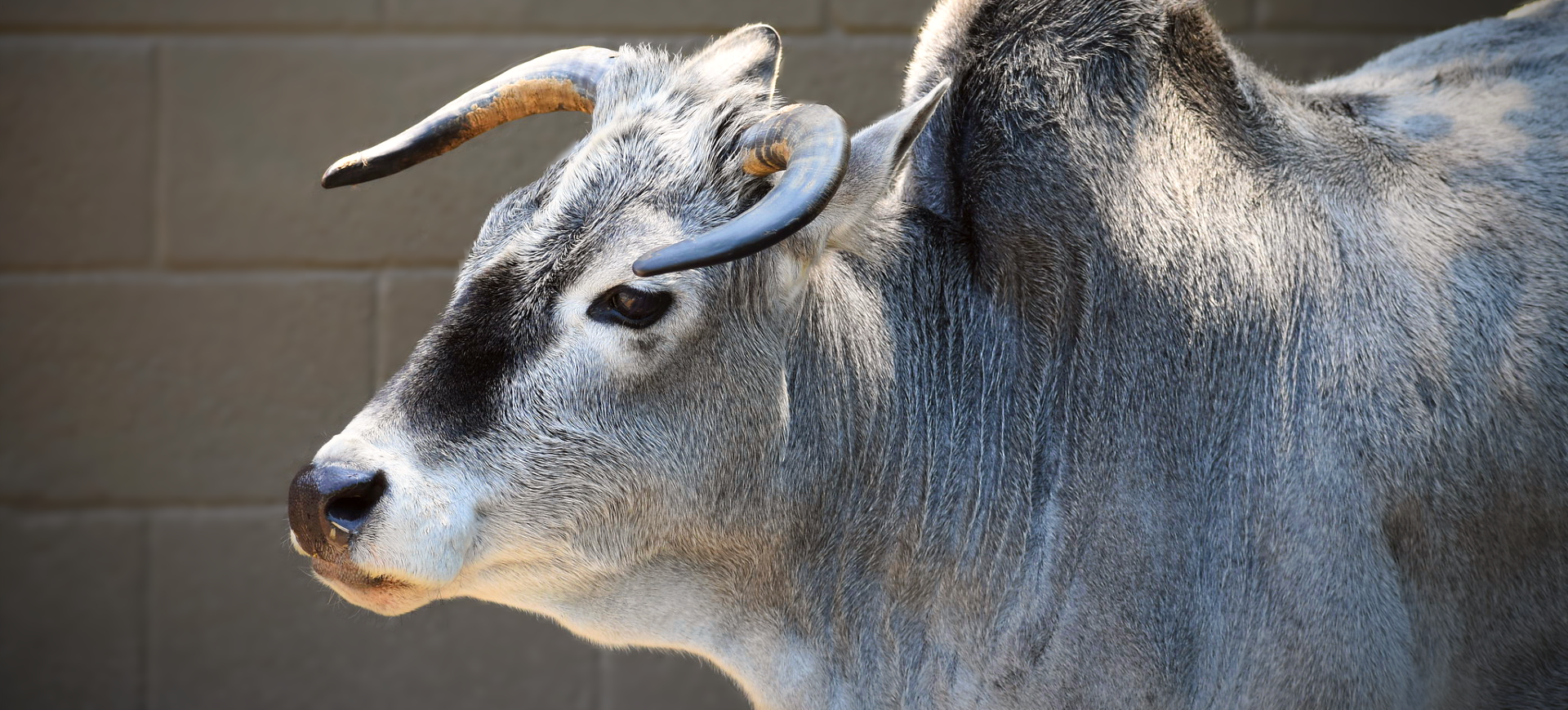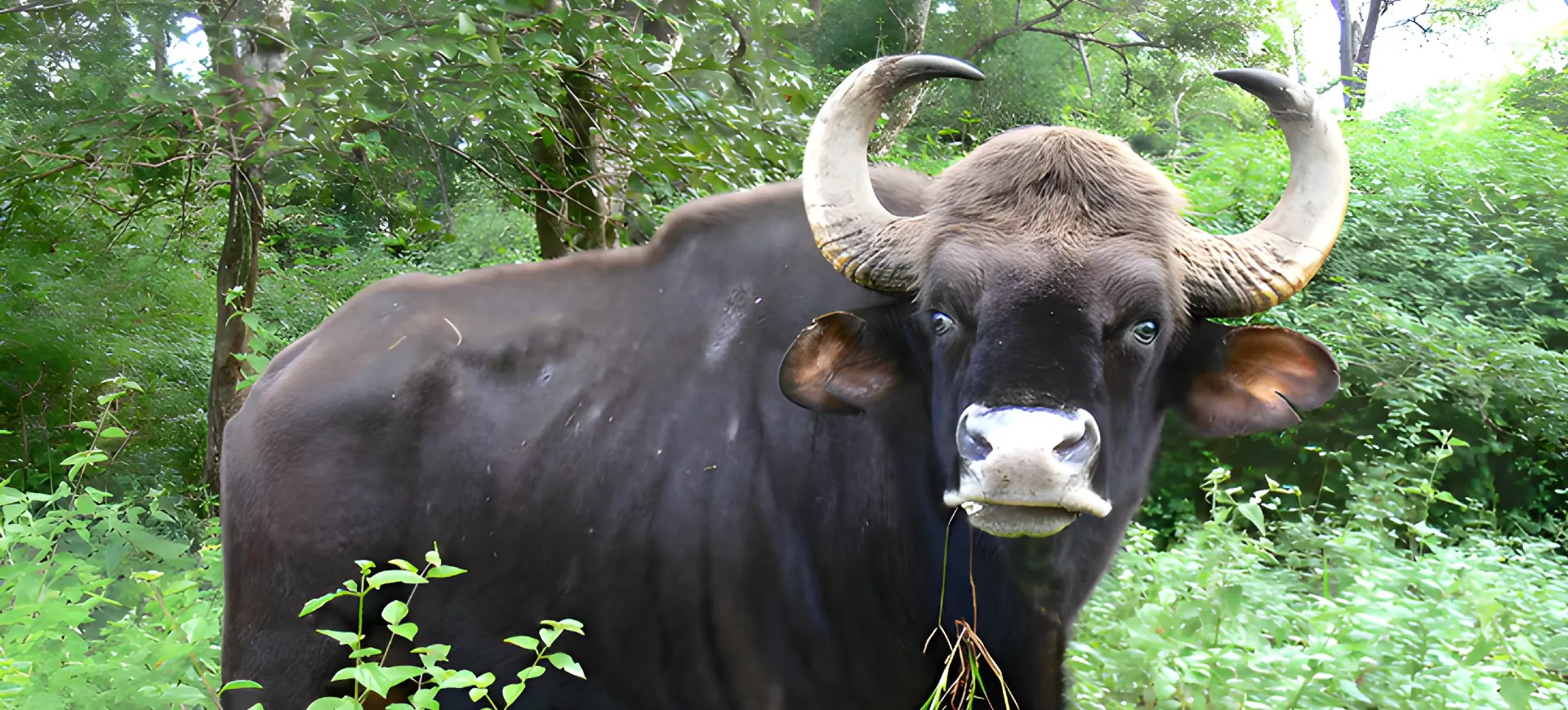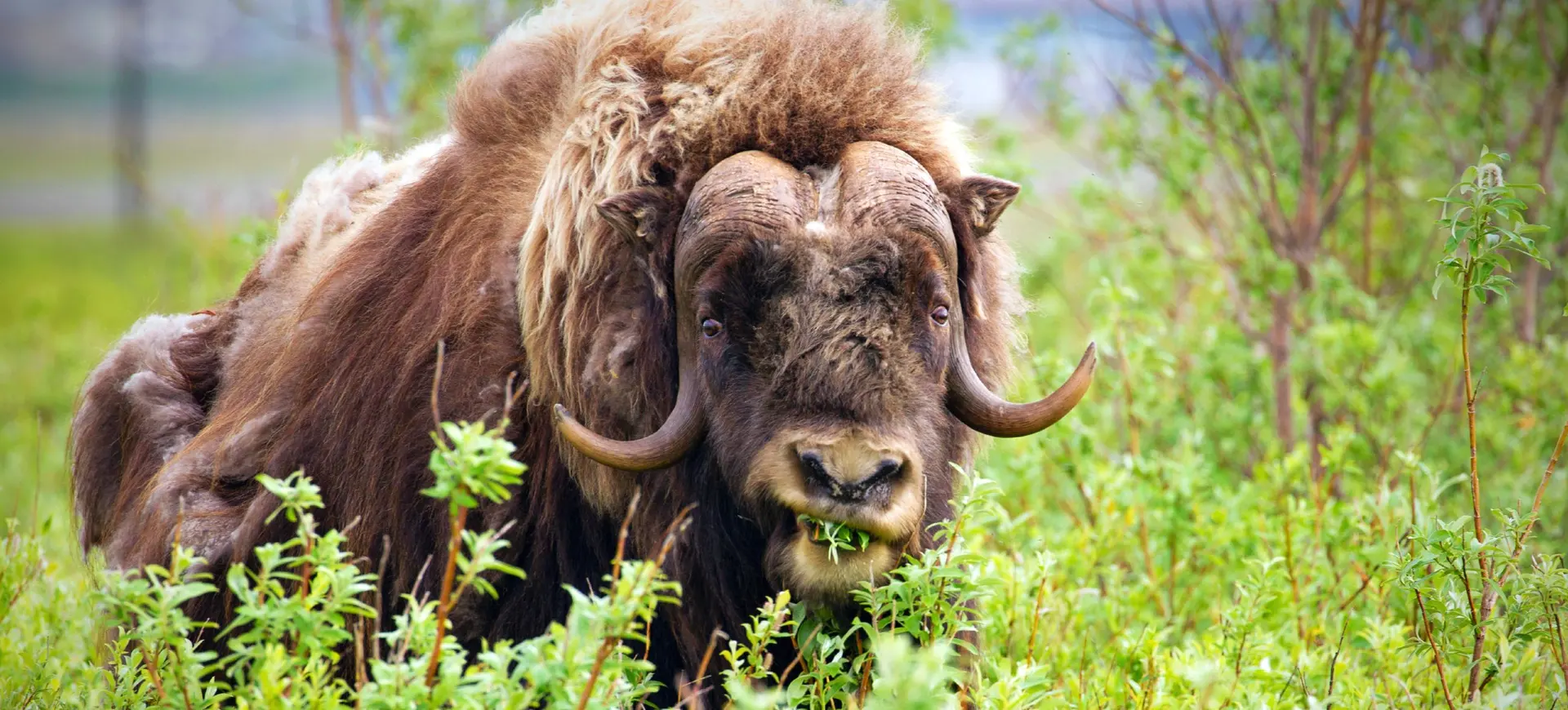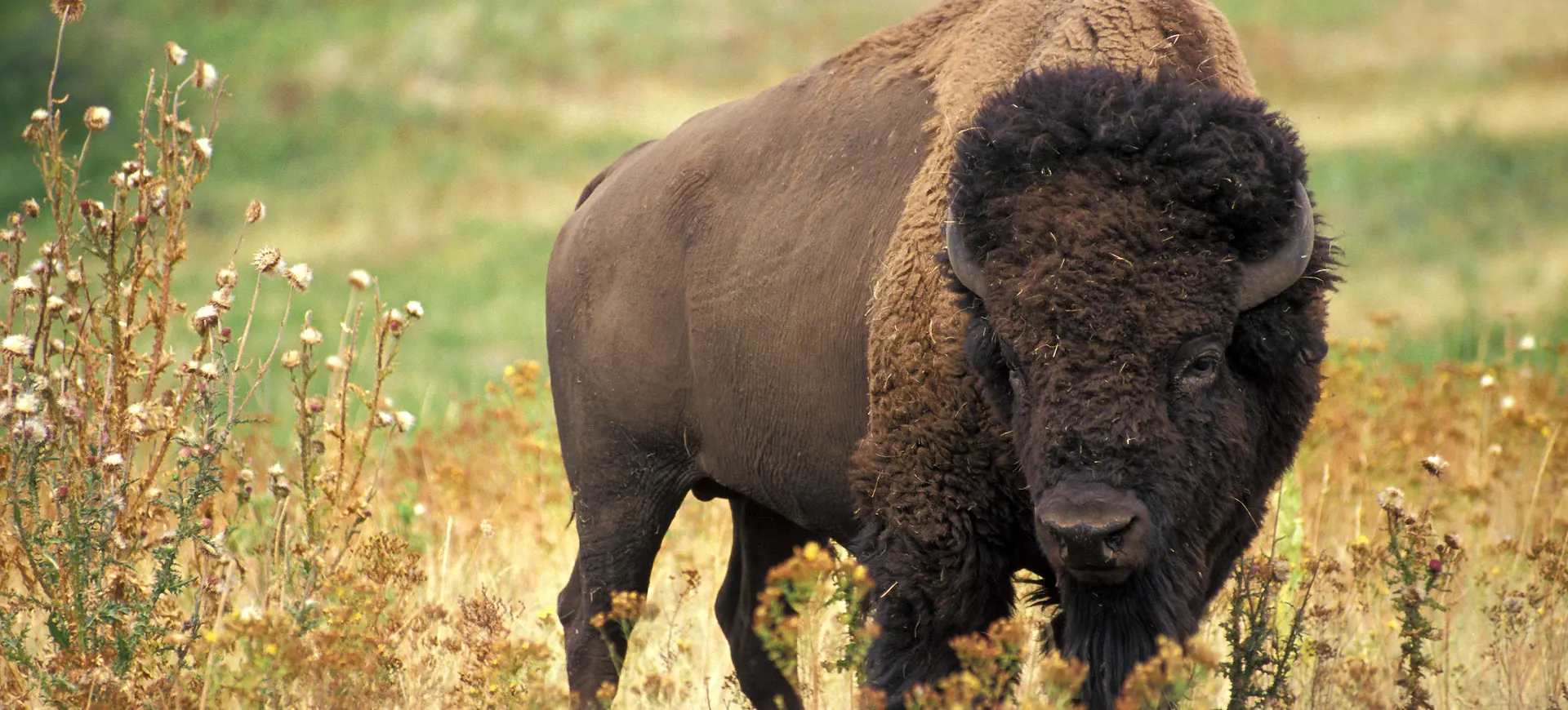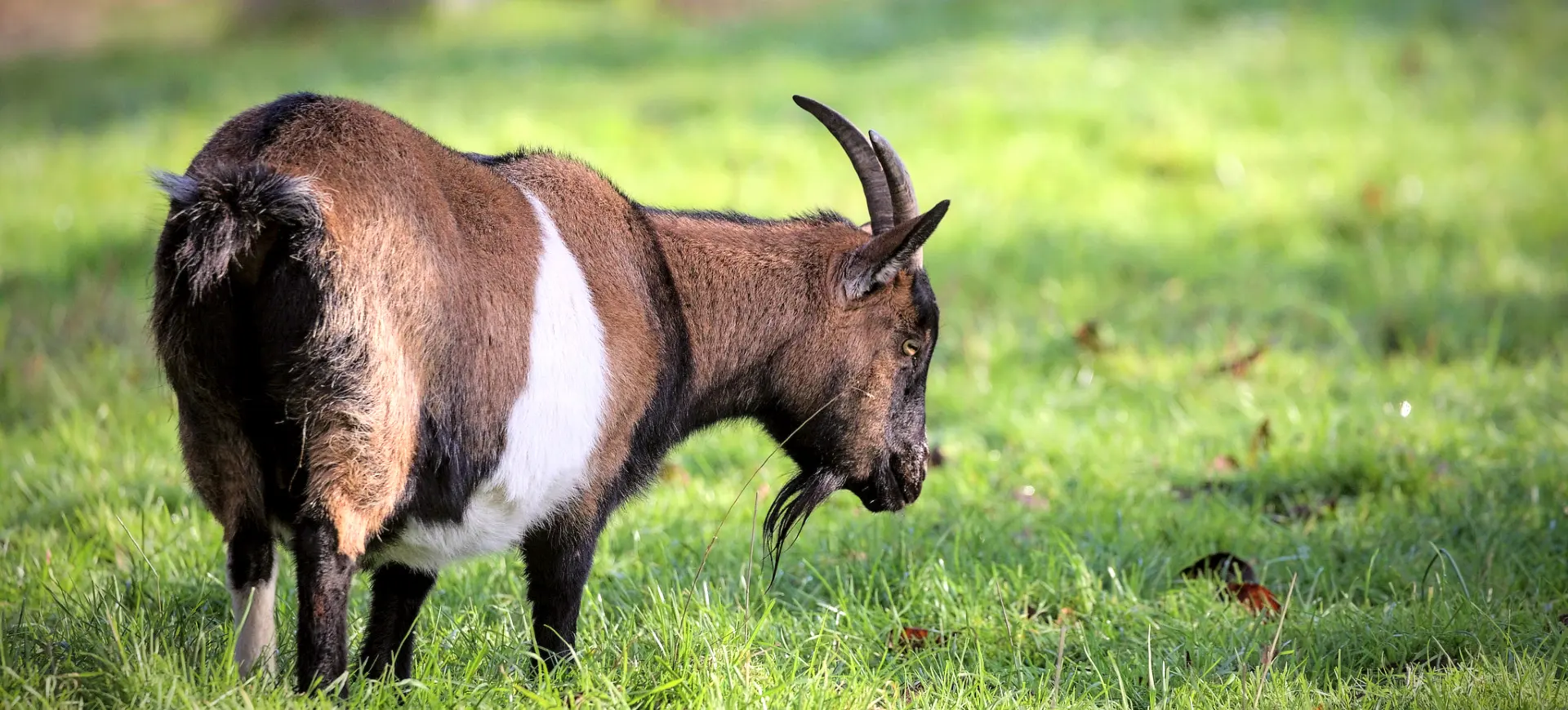Overview
The domestic sheep (Ovis aries) stands as a testament to humanity’s deep-rooted connection with agriculture, being a quadrupedal, ruminant mammal predominantly reared as livestock. These creatures can trace their lineage back to the wild mouflon, which once roamed freely across the terrains of Europe and Asia. The journey of domestication, spanning thousands of years, has established sheep as indispensable contributors to human advancement, fulfilling many roles within our societies.
Primarily, sheep have provided invaluable resources, enhancing human lives through wool, meat, milk, and skins. These offerings have sustained populations through nutrition and warmth and have also been instrumental in trade and economic growth. The vast spectrum of domestic sheep breeds showcases an impressive diversity, manifesting in various sizes, colors, and fleece types. From the intricately tight curls to the flowing long hair, the physical appearance of these animals can vary significantly based on their specific lineage.
A noteworthy characteristic of these mammals is their distinctive horns, which symbolize their heritage and adaptability. The male sheep, or rams, often boast large, spiraled horns that serve both as tools for asserting dominance and for protection. In contrast, the female counterparts, known as ewes, generally sport smaller, subtler horns, though some breeds exhibit females with no horns. This variance not only underscores the genetic richness of the species but also highlights the evolved nuanced differences.
Taxonomy
Kingdom
Phylum
Class
Order
Family
Genus
Species
Type
Physical Description:
While sharing common attributes, domestic sheep exhibit a diverse range of physical characteristics often dictated by their specific breed. One of the defining traits of these animals is their cloven hooves, a feature that sets them apart in the realm of livestock. Additionally, their horns stand as a prominent marker of their identity. These can range from imposing, large structures in some breeds and males, to being completely absent in others, particularly in certain female individuals. The variances in horn size and presence often serve as indicators of the breed and the gender of the sheep.
Sheep are also distinguished by their dense woolly covering, which acts as a protective layer against the elements. Wool colors span from pristine whites, commonly associated with these animals, to hues of browns, blacks, and even intricate multicolored patterns. Beyond its aesthetic value, this wool is crucial in insulating the sheep from extreme temperatures, be it the biting cold or the scorching heat. Complementing their robust exterior is their broad head, marked by a convex profile. A noteworthy aspect of their anatomy is the presence of incisors on both their upper and lower jaws. This dental adaptation is pivotal for their primary activity – grazing, allowing them to efficiently feed on grasses and forage.

Lifespan: Wild: ~10 Years || Captivity: ~20 Years

Weight: Male: 154-310 lbs (70-140 kg) || Female: 99-200 lbs (45-90 kg)

Length: Male: 5-6 feet (1.5-1.8 meters) || Female: 4-5 feet (1.2-1.5 meters)

Height: Male: 28-40 inches (71-101 cm) || Female: 24-28 inches (60-71 cm)

Top Speed: 25 mph (40 km/h)
Characteristic:
Native Habitat:
The origins of the domestic sheep can be traced back to the rugged terrains and pristine landscapes of Europe and Asia, where their ancestors, the wild mouflon, roamed freely. These hardy creatures were acclimatized to the challenges posed by mountainous regions, navigating the rocky outcrops and feeding on the sparse vegetation. Over millennia, their adaptability and value to emerging human civilizations led to domestication processes. The result was the genesis of the domestic sheep, which, over time, underwent selective breeding to enhance certain desirable traits.
Fast forward to today, and the legacy of the wild mouflon is evident in the vast distribution of domestic sheep across the globe. Thanks to thousands of years of human intervention and breeding, these animals have become versatile inhabitants of diverse ecosystems. From the parched landscapes of arid deserts, the lush expanses of temperate grasslands, and even the challenging altitudes of mountain ranges, sheep have showcased their resilience and adaptability. A key factor behind their widespread distribution is their ability to thrive wherever there’s ample forage. This innate ability to source food from varied terrains underscores their importance in global agriculture and their enduring bond with human societies.
Climate Zones:
Biomes:
Biogeographical Realms:
Continents:
Countries:
Diet:
Diet & Feeding Habits:
Domestic sheep, with their diet rooted in the simplicity of nature, predominantly feed on grasses, herbs, and a diverse range of forages. Their dietary preferences are tailored to the pastoral landscapes they often inhabit. These herbivores have evolved to be efficient grazers, spending significant portions of their day meticulously consuming vegetation. However, grazing is only the initial step in their complex digestive process. As ruminants, sheep possess a unique and specialized stomach system, segmented into four distinct compartments. This multifaceted digestive structure equips them with the ability to break down and process the tough cellulose found in plant materials, which many other mammals struggle to digest.
Once the initial grazing phase is complete, sheep exhibit a behavior characteristic of ruminants – cud chewing. After ingesting their food, they regurgitate semi-digested masses known as “cud.” This material is then re-chewed, further breaking it down and facilitating the extraction of essential nutrients. This meticulous re-chewing ensures the sheep can derive the maximum possible nourishment from their food. The combination of their diet and ruminant digestive system underscores their adaptation to thrive in environments with abundant tough plant material.
Mating Behavior:
Mating Description:
In their natural reproductive behaviors, sheep follow the seasons’ rhythm. Their breeding patterns are intricately linked to the cyclical changes in daylight length, which underpins many biological processes in various species. As the days grow shorter, hormonal changes are triggered in the sheep, ushering in the breeding season. This connection to the environment ensures that lambing occurs during a period conducive to the survival and growth of the young, usually when conditions are milder, and food is more abundant. The nuanced dance of reproduction is not only a function of external cues but is also deeply influenced by the interactions between rams and ewes.
Rams, the male sheep, are instinctively attuned to the reproductive readiness of the ewes. When ewes enter the estrous cycle, which typically spans about 17 days, they exude cues signaling their fertility. Estrus, a crucial phase within this cycle, lasts for roughly 24 to 36 hours, during which the ewe is most receptive to mating. The presence of estrous ewes often stimulates rams into heightened mating behaviors. However, following successful mating, rams experience a refractory period. During this time, their interest in pursuing further mating wanes significantly, sometimes for several days. This refractory phase allows the ram to conserve energy and resources, ensuring the sustainability of the reproductive process.
Reproduction Season:
Birth Type:
Pregnancy Duration:
Female Name:
Male Name:
Baby Name:
Social Structure Description:
Despite their often docile appearance, sheep possess intricate social structures that govern their interactions and behaviors. Their tendency to congregate in groups is central to their social nature, commonly known as flocks. Being in a flock serves multiple purposes for these creatures. Predators often target isolated individuals; therefore, sticking together in a group is a crucial defense mechanism. There’s safety in numbers, and when faced with a potential threat, a tight-knit flock can deter many would-be attackers. Furthermore, foraging, a significant aspect of a sheep’s daily routine, become more efficient in groups. As sheep graze, they tend to spread out but remain within a comfortable distance of one another, ensuring that the pasture is evenly grazed while allowing for the constant security that the group provides.
Within these flocks, not all sheep are equal. A subtle but well-defined dominance hierarchy emerges, often based on age and sometimes size. Drawing from their experience and stature, older sheep generally assume dominant roles. This dominance is not just symbolic but has practical implications. For instance, when resources are limited, the dominant sheep gets the first pick, be it the choicest grass or the best resting spots. The younger or more submissive members of the flock, in turn, learn from their older counterparts, understanding their place in the pecking order and often waiting their turn. Over time, as they grow and learn, these younger members might challenge and alter the established hierarchy, ensuring that the dynamics within the flock remain fluid and ever-evolving.
Groups:
Conservation Status:
Population Trend:
Among the diverse livestock humans have domesticated, the domestic sheep stands out due to its vast global population. Spread across continents and inhabiting myriad terrains, these animals number millions, weaving a tapestry of woolly bodies in densely populated farming regions and remote pastoral landscapes. The domestic sheep’s proliferation is not merely a function of its adaptability but is also deeply intertwined with its economic significance. For centuries, sheep have been central to human livelihoods, providing resources that have fueled economies and sustained communities.
Each region, influenced by its unique climatic conditions, topography, and human interventions, has developed specific sheep breeds. These breeds, often the result of meticulous selection and breeding over generations, are tailor-made for their environments and the specific demands of local agriculture. For instance, while some breeds have been honed for their superior wool quality, others are prized for their meat or milk yield. The sheer diversity of breeds reflects sheep’s multifaceted roles in human societies. From the thick wool that protects against biting cold to the rich milk that nourishes families and the meat that graces dinner tables, sheep are more than just livestock; they are pillars of rural economies and symbols of human ingenuity in agriculture.
Population Threats:
Despite their vast global population and significance in human agriculture, domestic sheep are not immune to the myriad challenges that nature and human activities present. One of the pressing concerns for shepherds and farmers is the susceptibility of these animals to various diseases. Diseases like scrapie, a fatal degenerative disease affecting the central nervous system; foot rot, a painful condition caused by bacteria leading to lameness; and Ovine Progressive Pneumonia, which impacts respiratory and mammary systems, are but a few of the ailments that can compromise the health of a flock. Such illnesses can lead to significant economic losses and, in some cases, devastate entire herds, underscoring the importance of veterinary care and preventive measures in sheep farming.
Predation is another inherent challenge sheep face, especially in regions where their habitats intersect with native wildlife territories. In many parts of the world, pastoral landscapes where sheep graze are also home to natural predators. Coyotes, with their keen senses, often view sheep as easy prey. Eagles, soaring high, might swoop down to snatch lambs, while wolves, moving in packs, can take down even the hardiest of rams. These predator-prey dynamics often lead to conflicts between wildlife and shepherds. As a result, farmers and conservationists are tasked with finding a delicate balance, ensuring the safety of livestock and respecting and conserving natural ecosystems and the creatures that inhabit them.
Conservation Efforts:
Sheep have been intertwined with human civilization for millennia, playing a vital role in numerous societies’ sustenance and economic structures. Recognizing their intrinsic value, there has been a concerted global push to safeguard the health and prosperity of these animals. At the forefront of these efforts are initiatives focusing on enhancing veterinary care. With advancements in veterinary science, sheep are regularly monitored for potential health issues, vaccinated against common diseases, and treated promptly when ailments arise. Beyond immediate healthcare, there’s also a significant emphasis on improved breeding practices. By understanding and selecting specific genetic traits, farmers can produce herds that are healthier and more resistant to diseases and better suited to specific climates and terrains.
Parallel to these health and breeding strategies is the importance of sustainable grazing practices. Overgrazing can lead to habitat degradation, negatively impacting the sheep and the environment. By rotating pastures and allowing lands to recover, farmers can ensure the sustainability of their grazing lands. Innovative solutions have been employed to protect flocks by addressing the issue of wild predators. Among these are guardian animals, a tried and tested method used across cultures and continents. With their fierce loyalty and protective instincts, dogs often serve as the first line of defense against potential predators. Llamas and donkeys, while seemingly docile, have also been known to deter threats, showcasing aggressive behavior when their herd is at risk. These protective companions safeguard the sheep and act as a bridge, mitigating human-wildlife conflicts and promoting coexistence.
Additional Resources:
Fun Facts
- Sheep have a field of vision of around 300 degrees, allowing them to see behind themselves without turning their head.
- The world record for the most wool sheared from a sheep in one shearing is nearly 100 pounds.
- Sheep have been domesticated for over 10,000 years.
- The number of sheep breeds is estimated at over 1,000 worldwide.
- In New Zealand, sheep outnumber humans by a ratio of six to one.
- “Counting sheep” as a method to fall asleep has been mentioned in various cultures for centuries.
- A sheep’s wool will continue to grow if it’s not sheared.
- The natural lifespan of a sheep is about 10-12 years, although many die sooner because of disease.
- Sheep have rectangular pupils, which gives them a broader range of vision.
- A sheep’s primary defense mechanism is to flee from danger.





